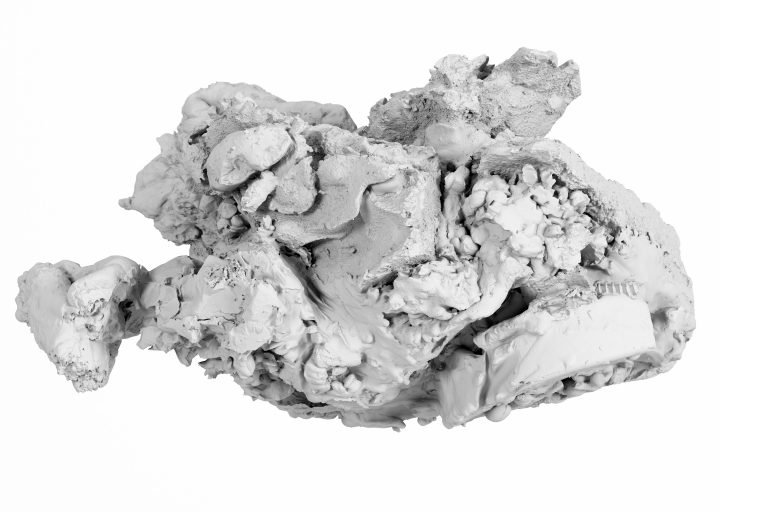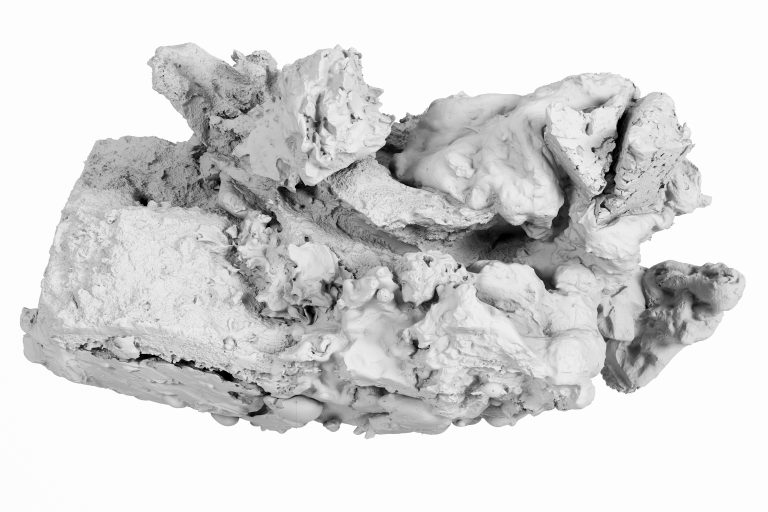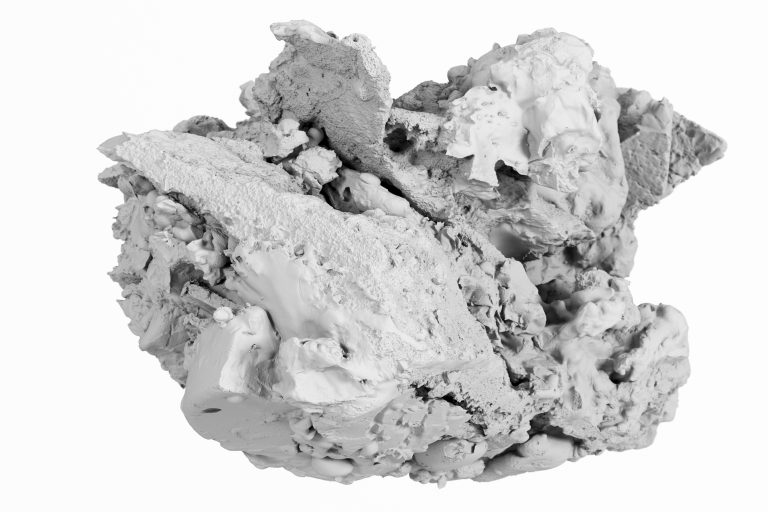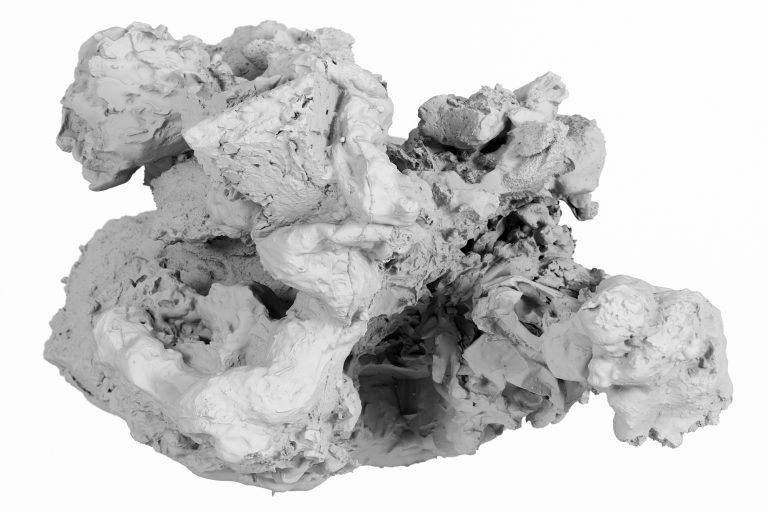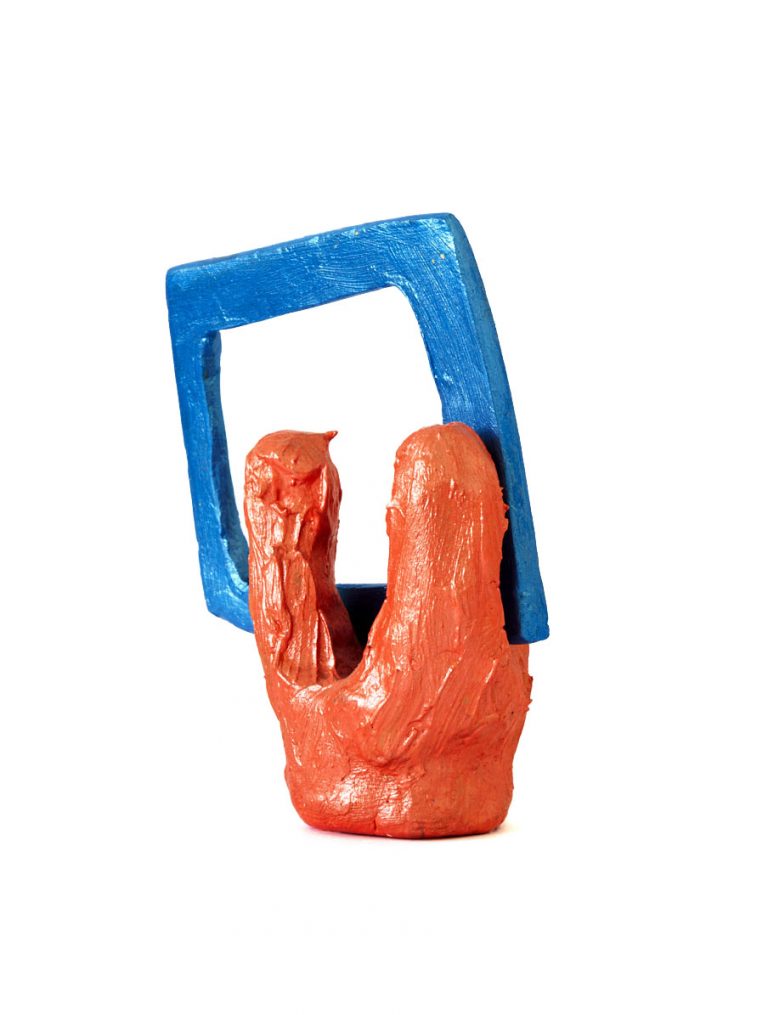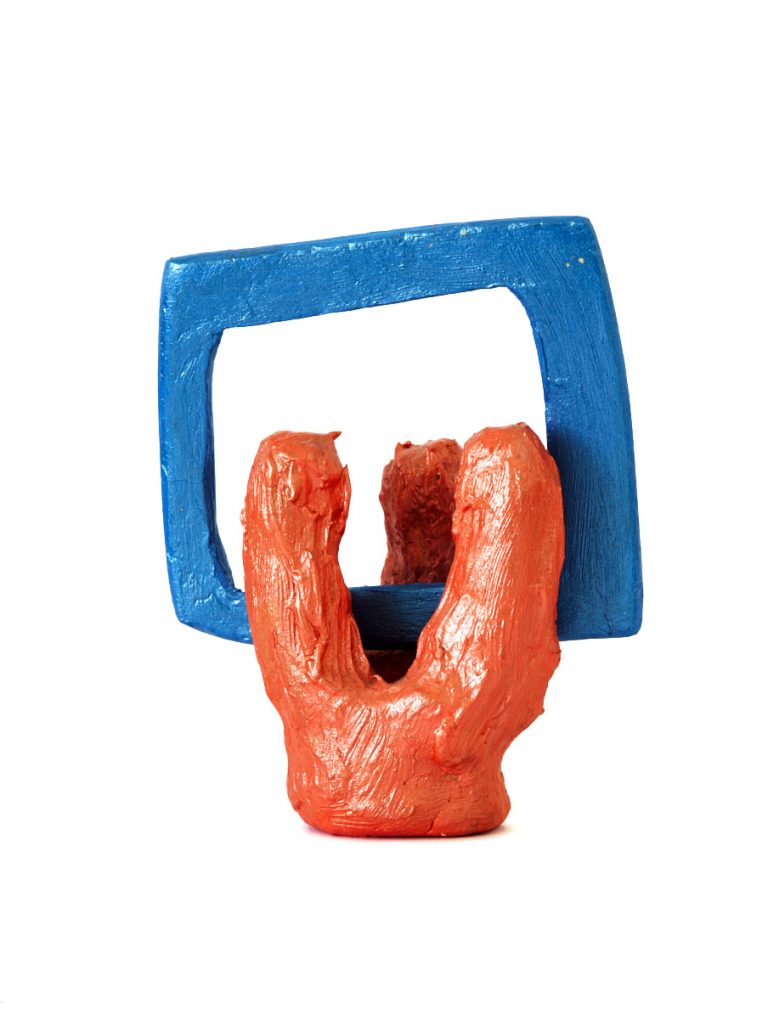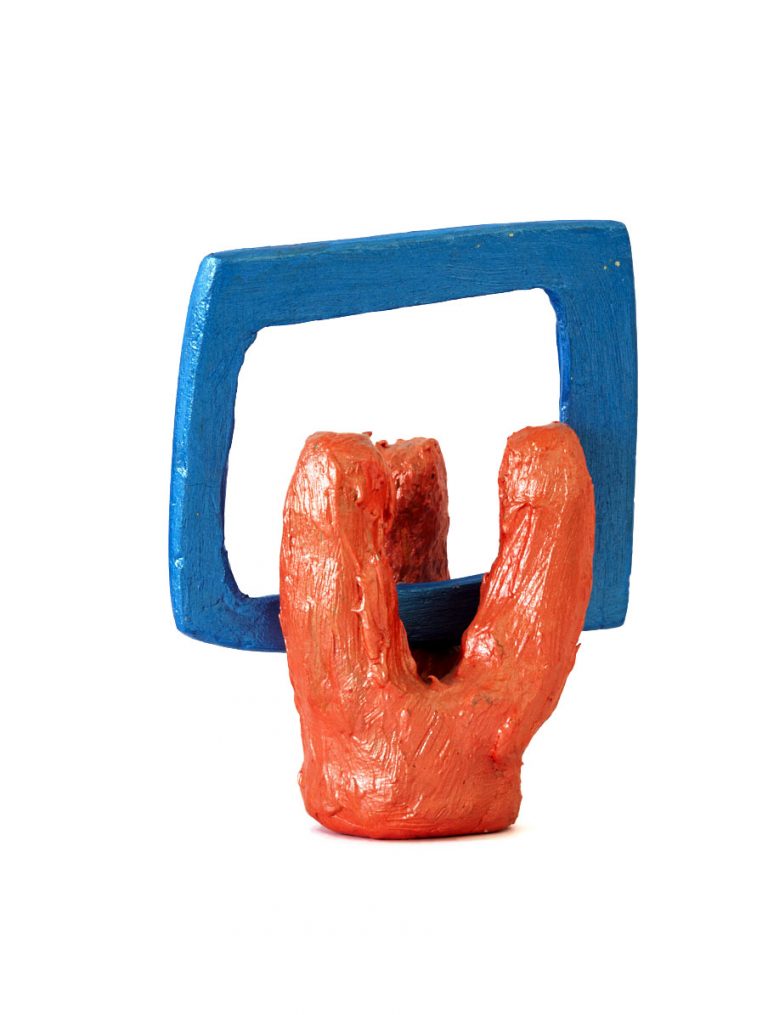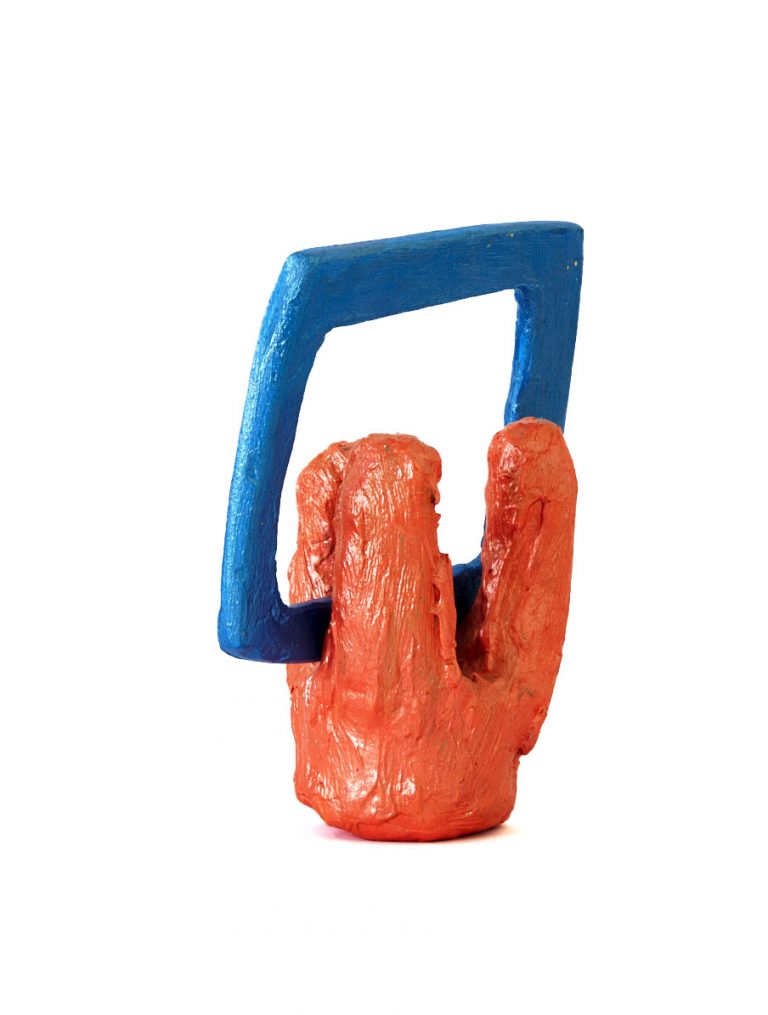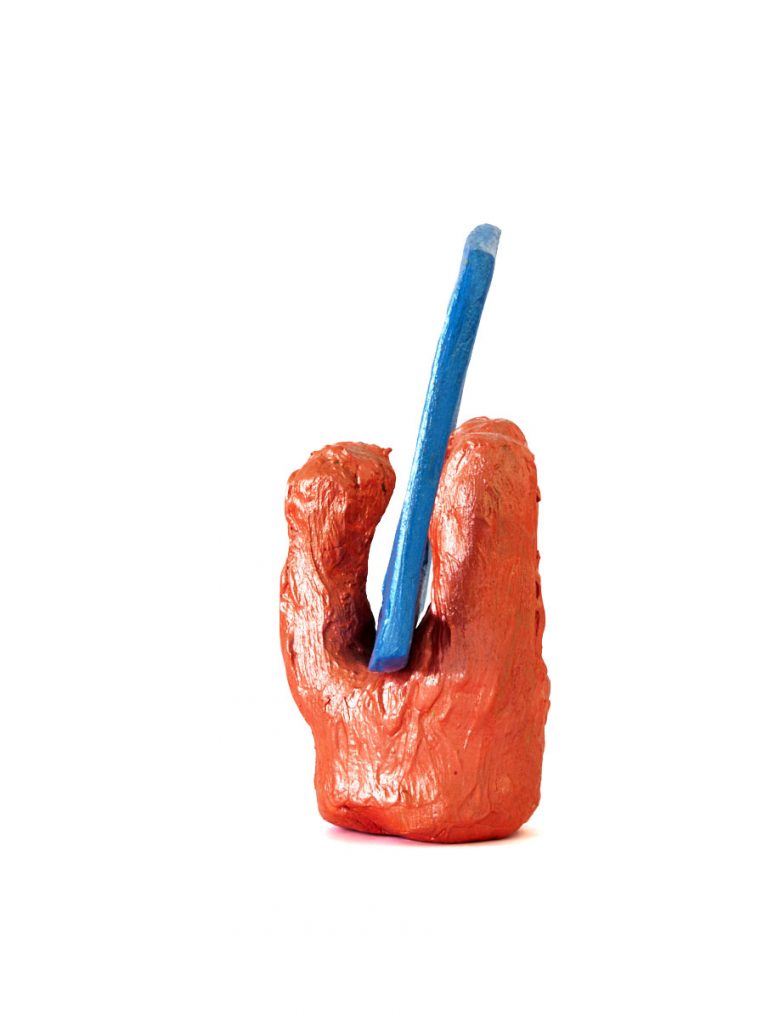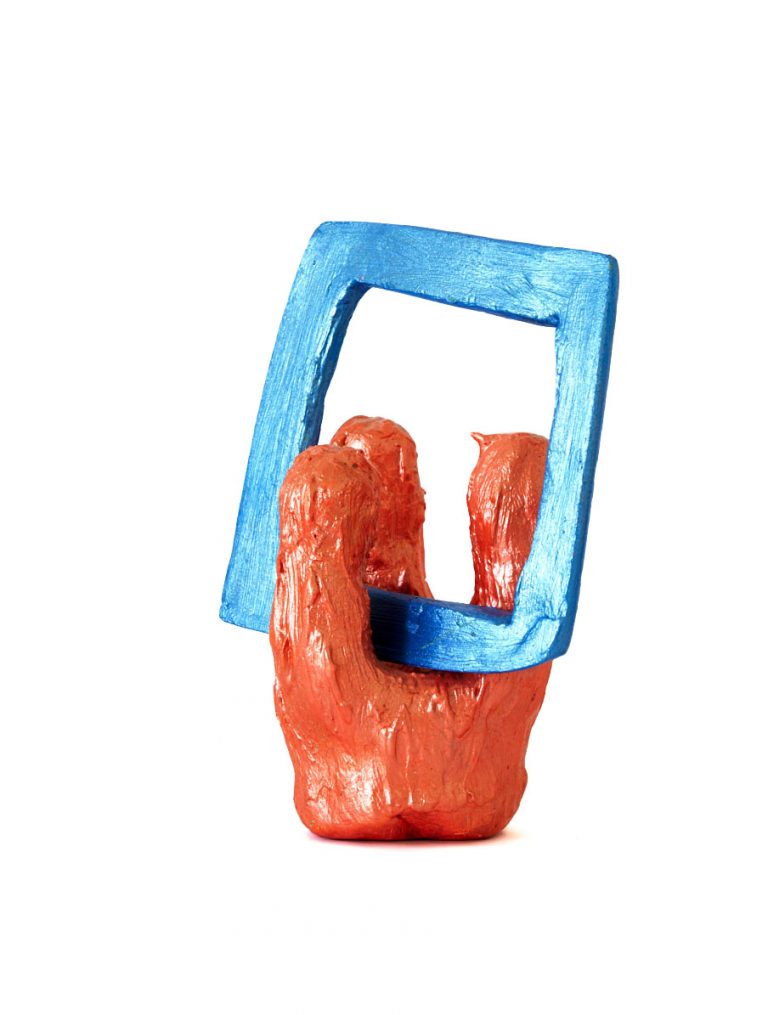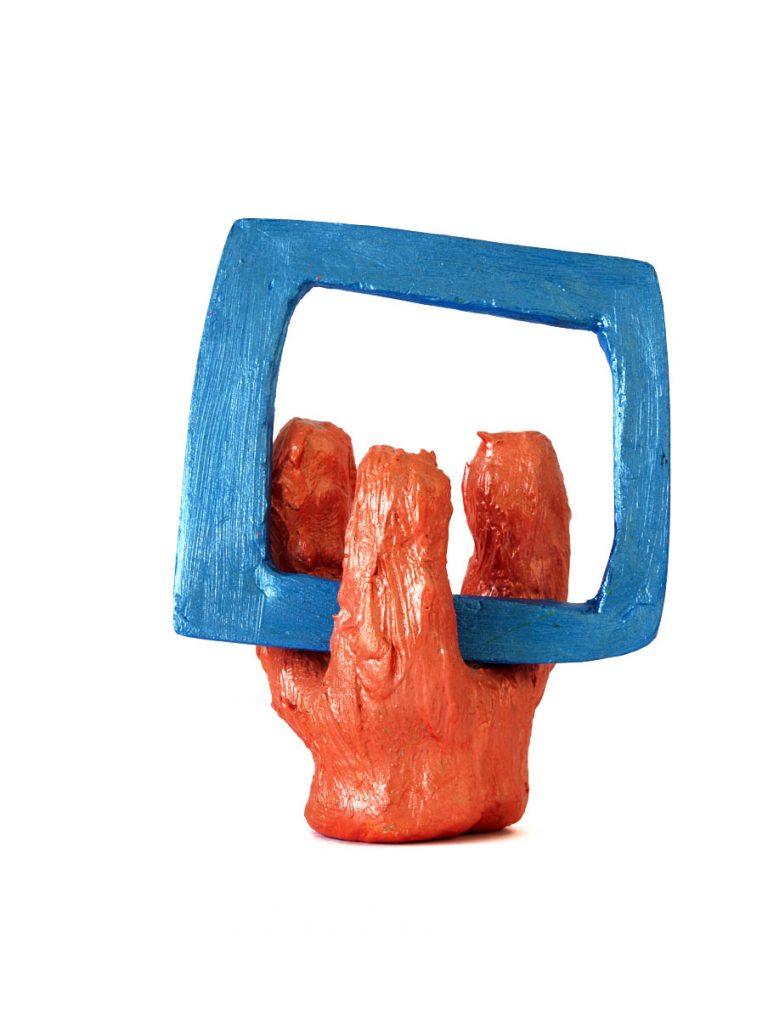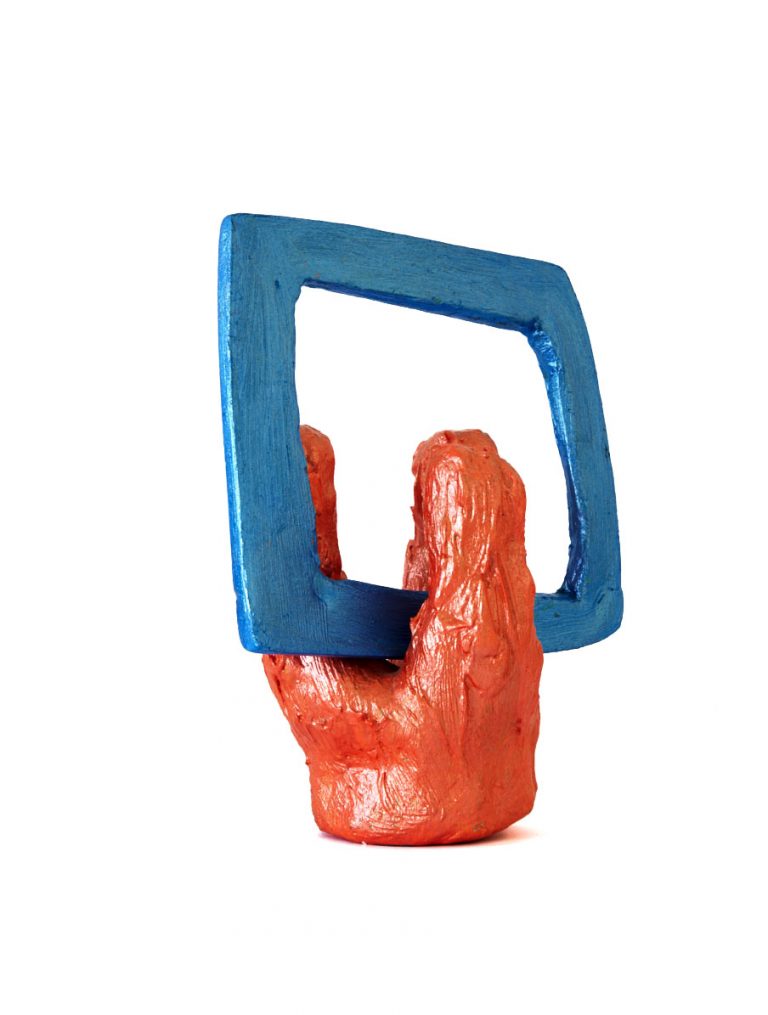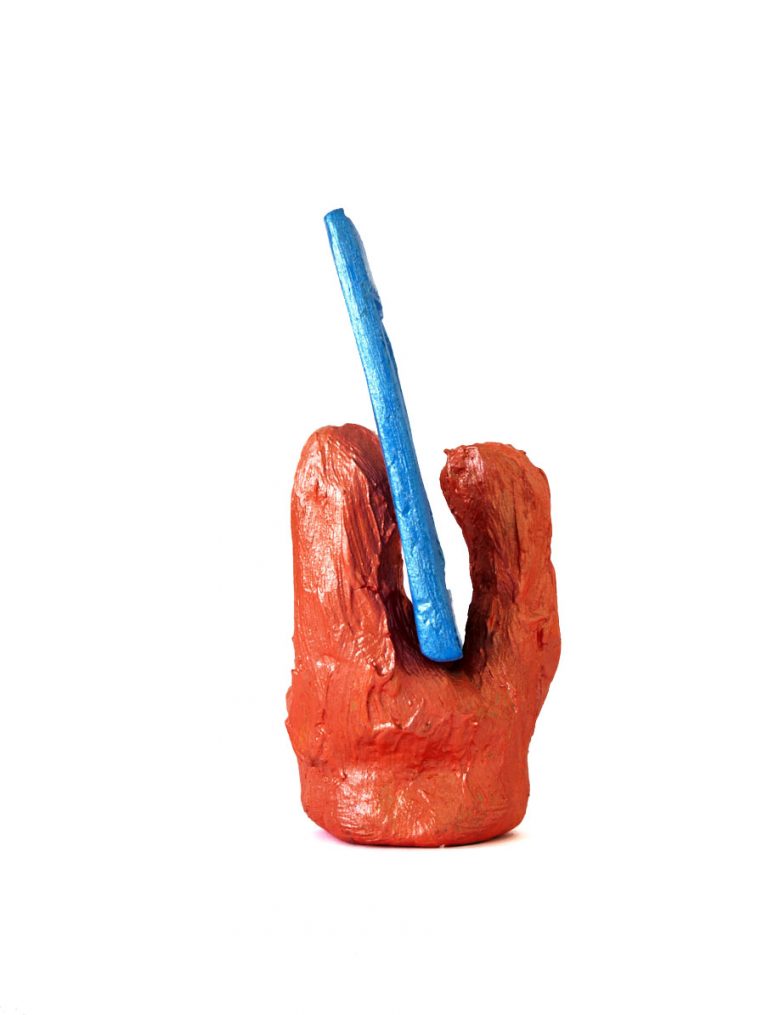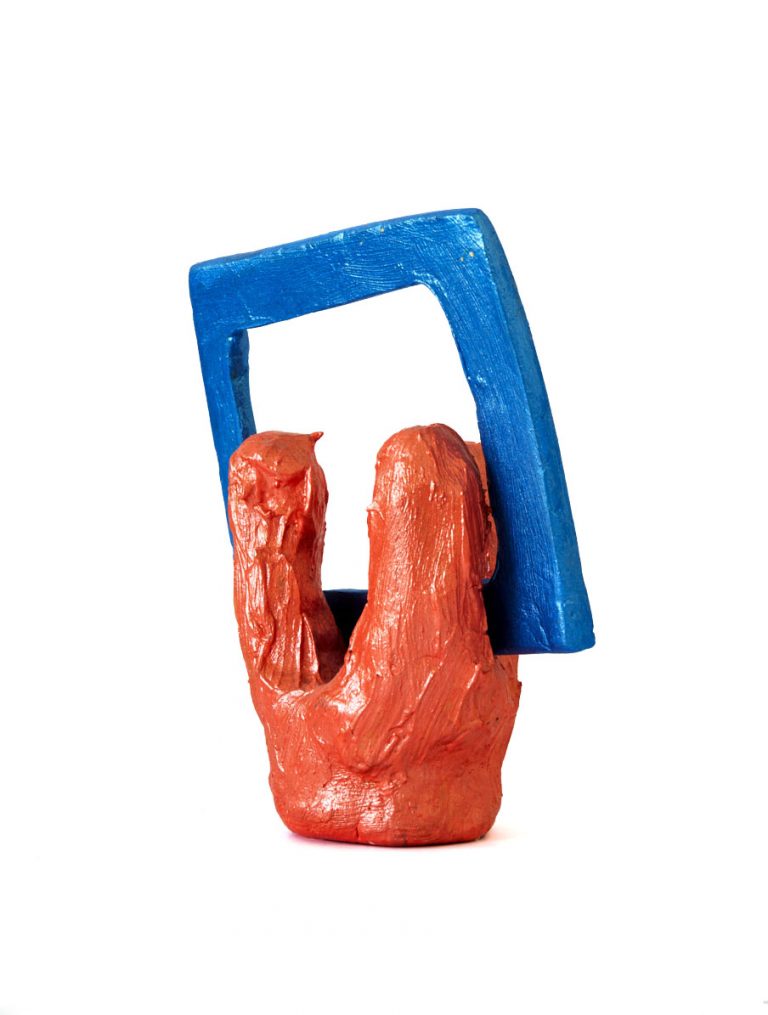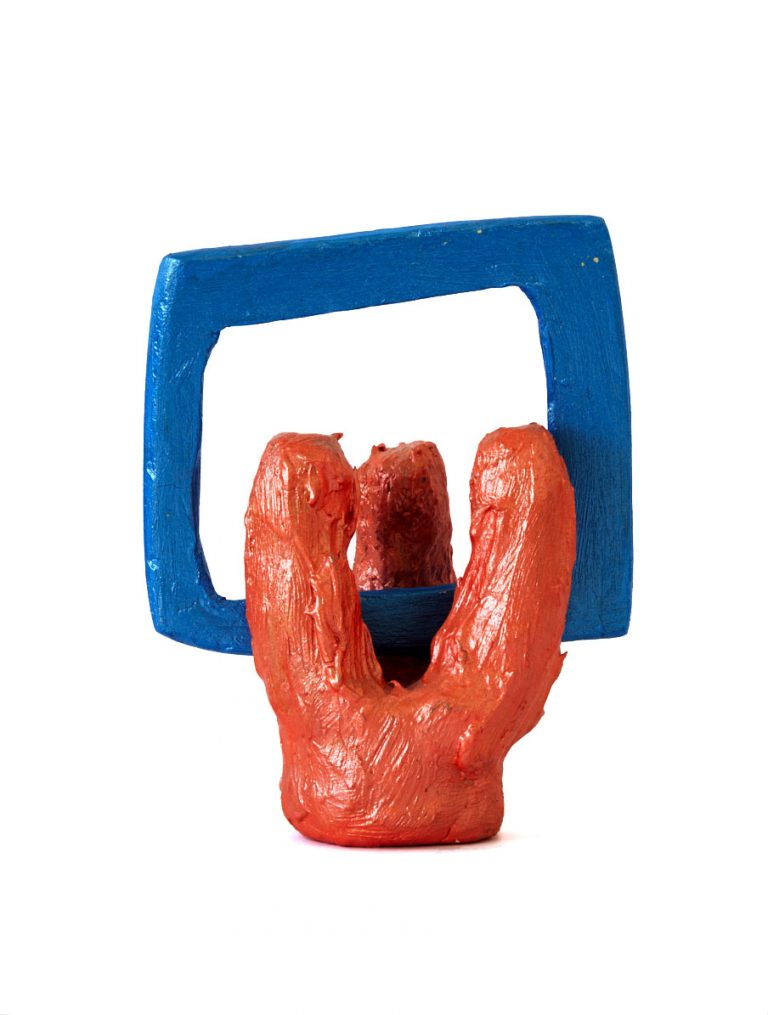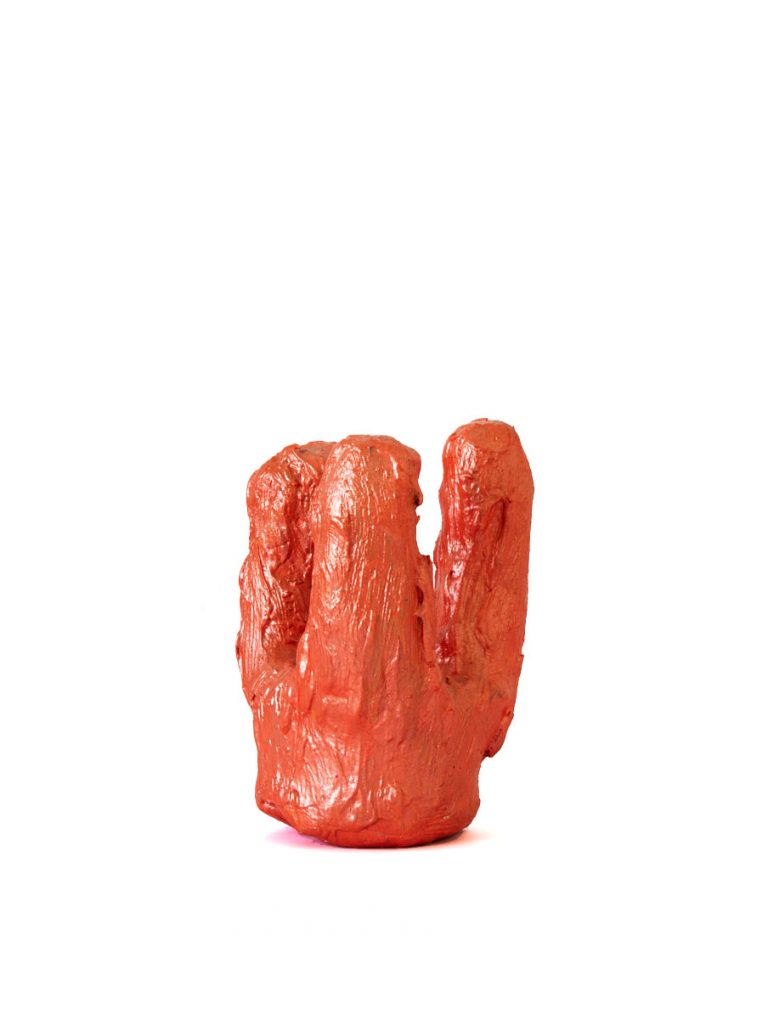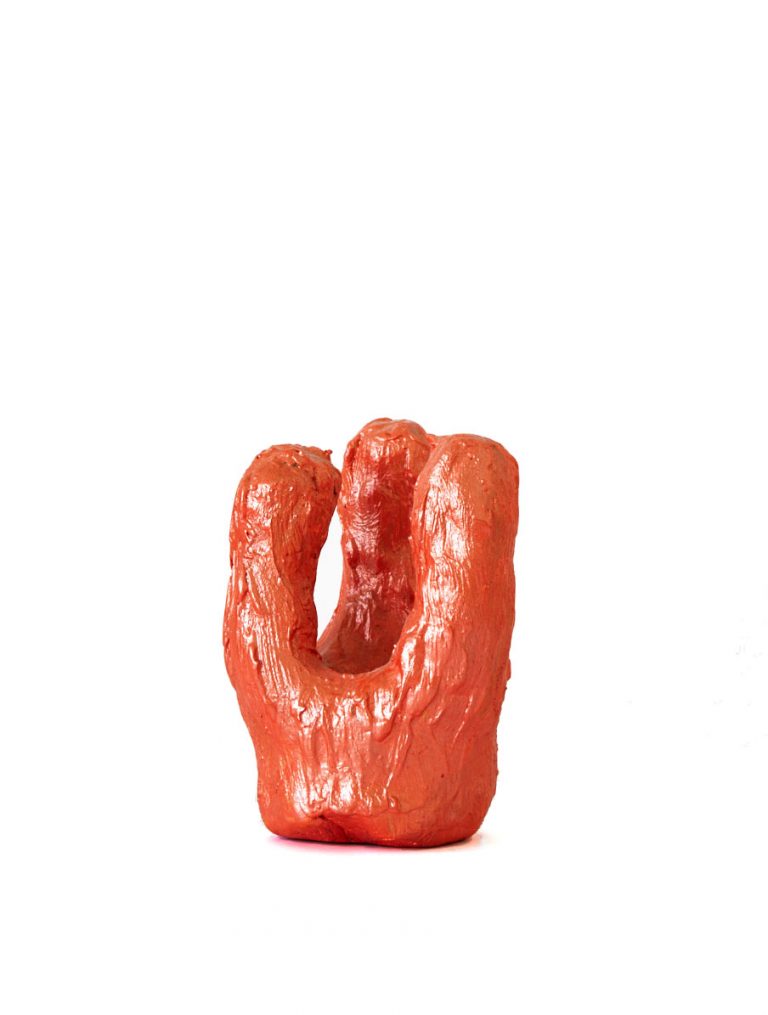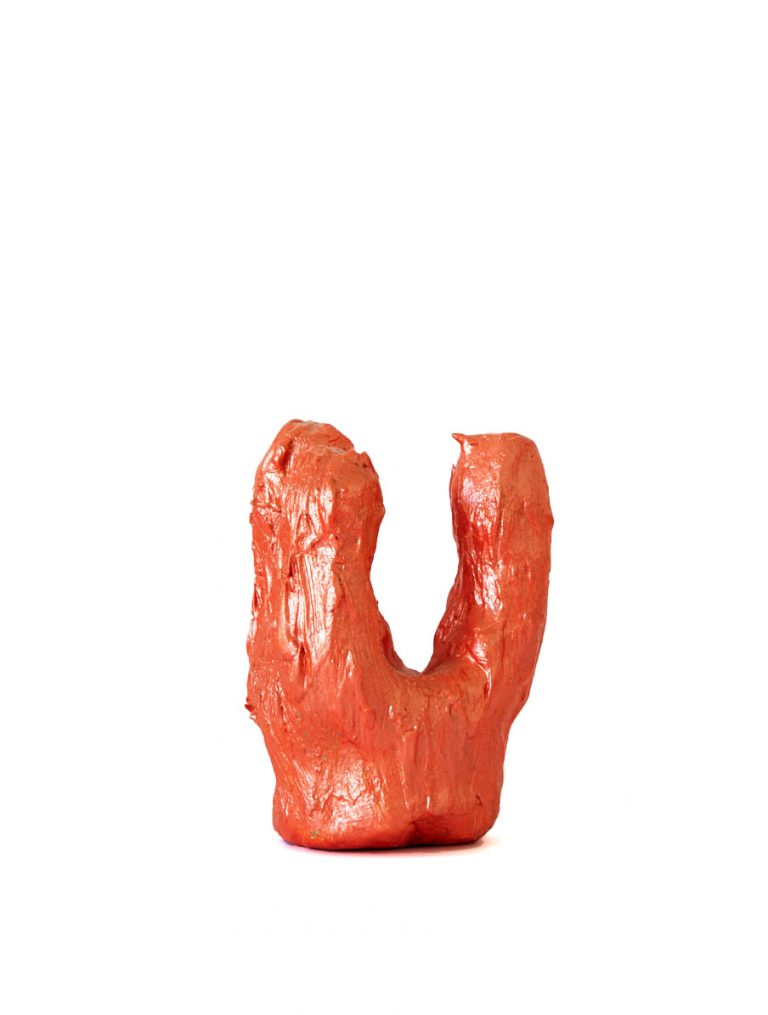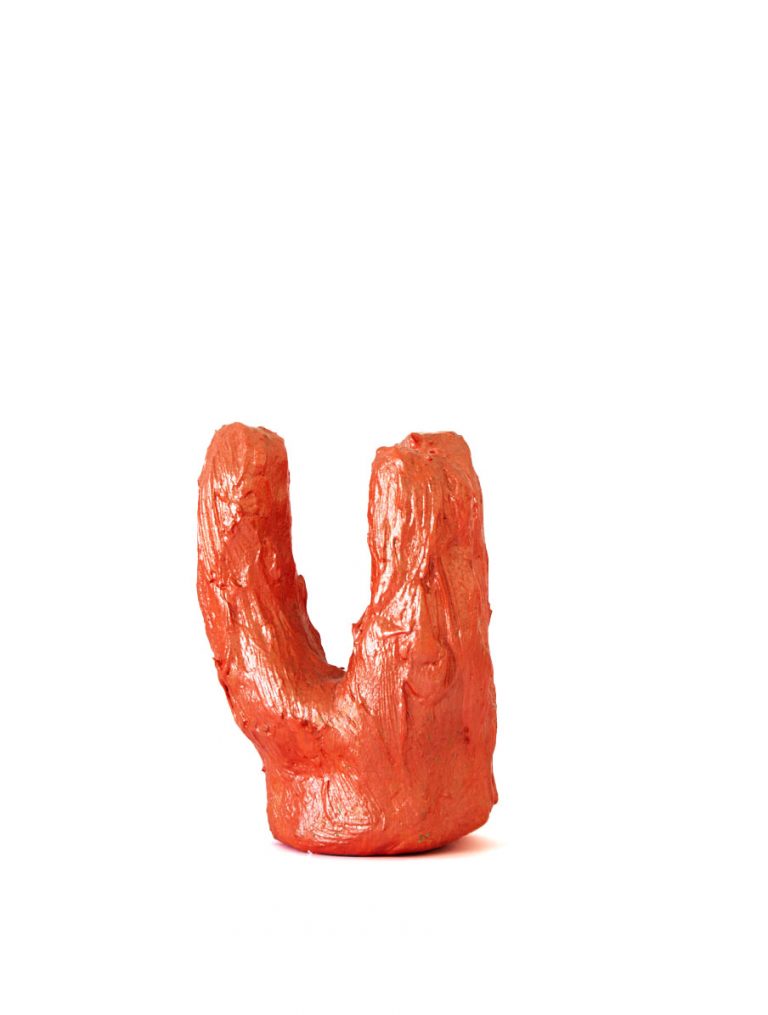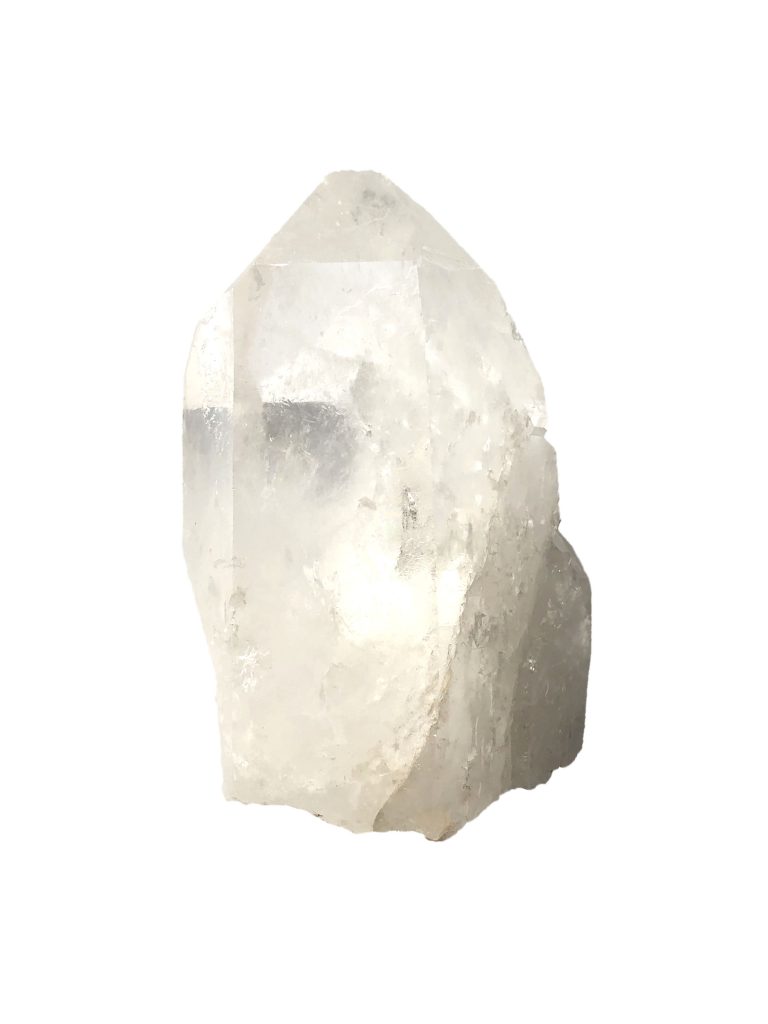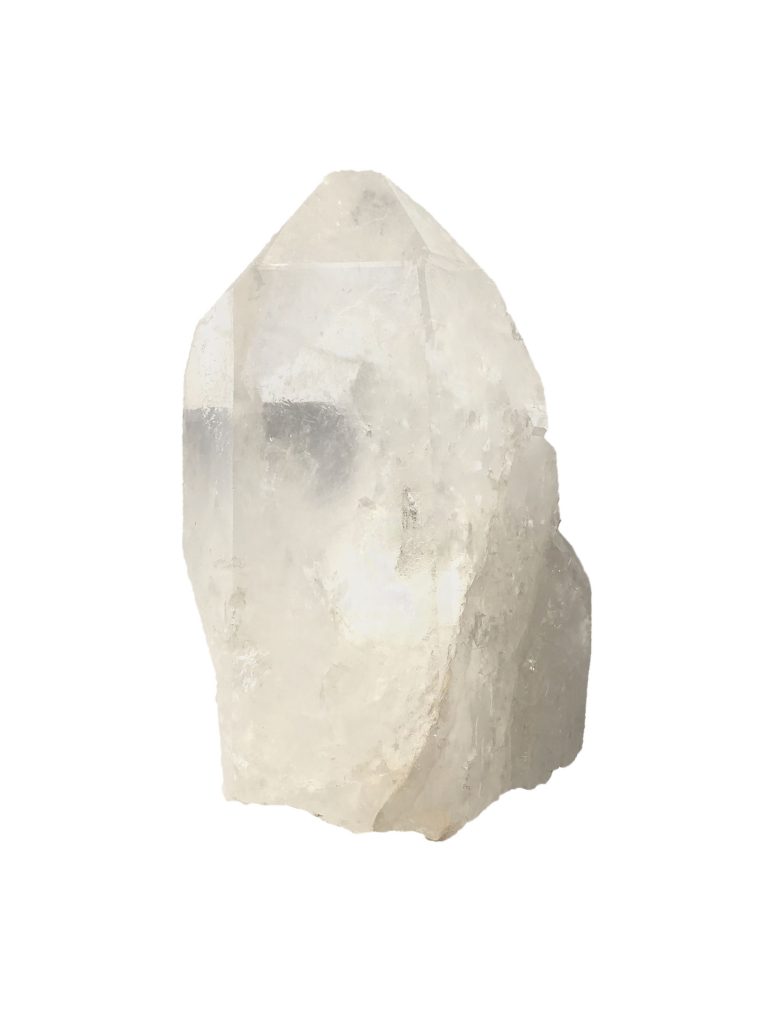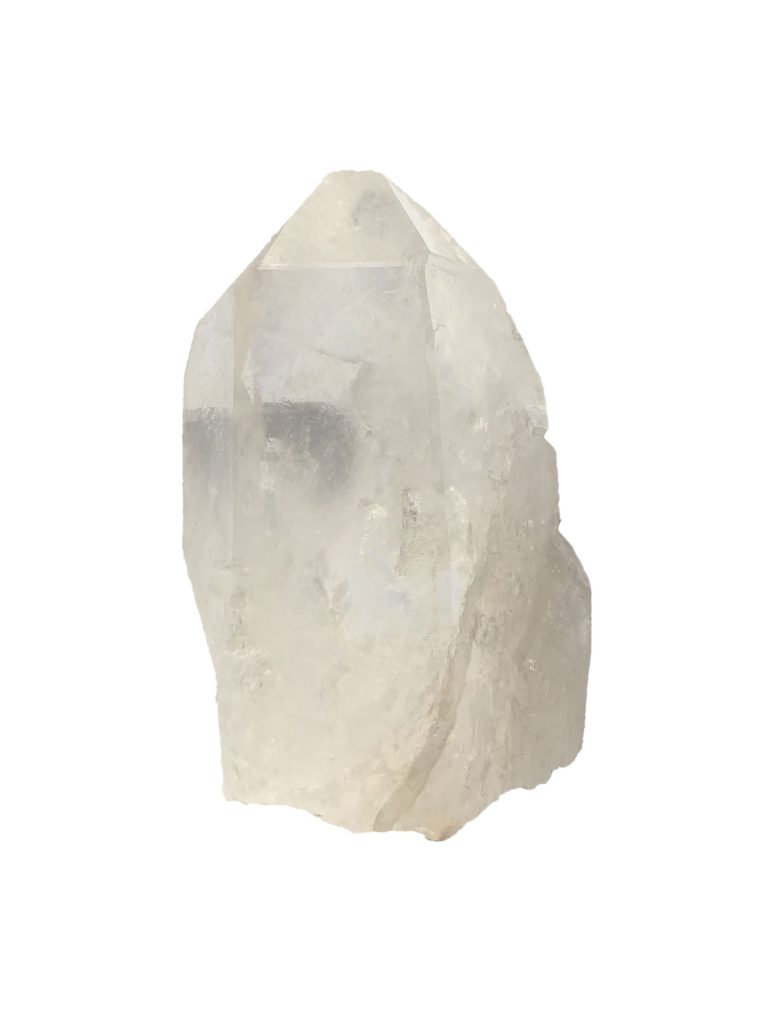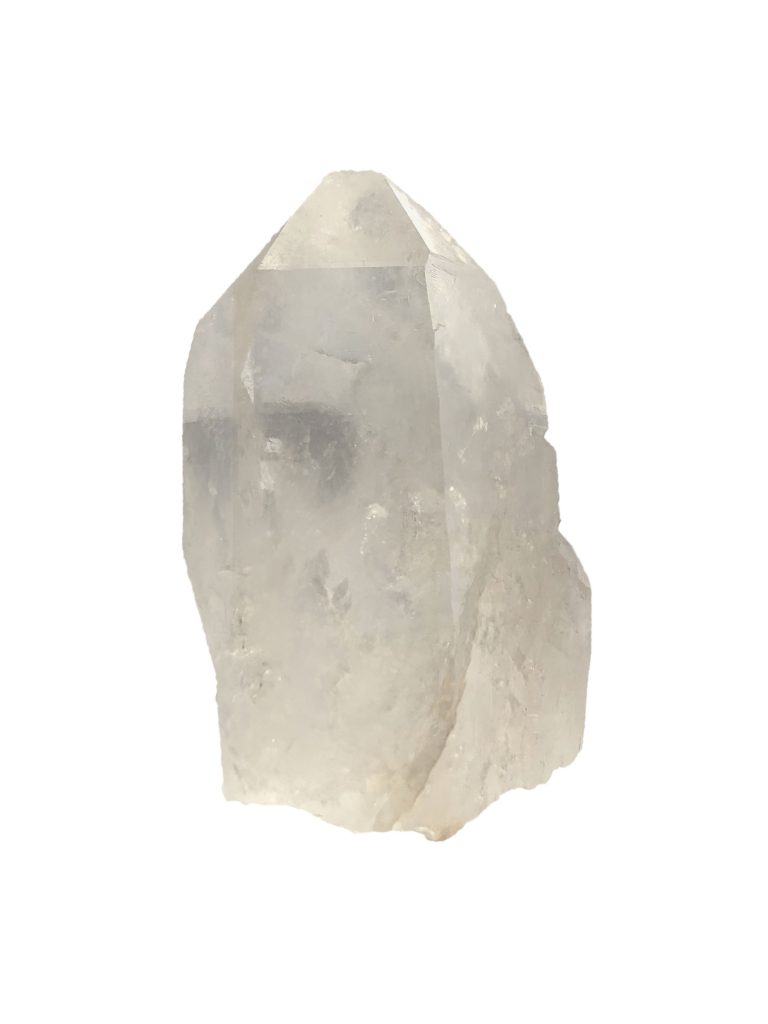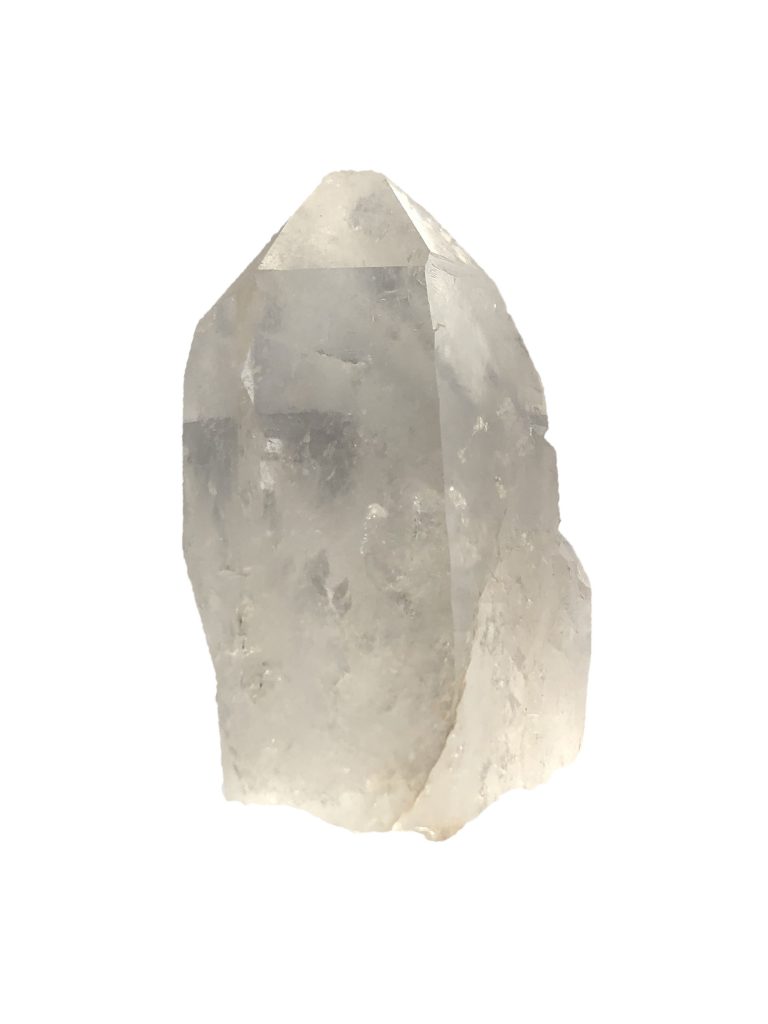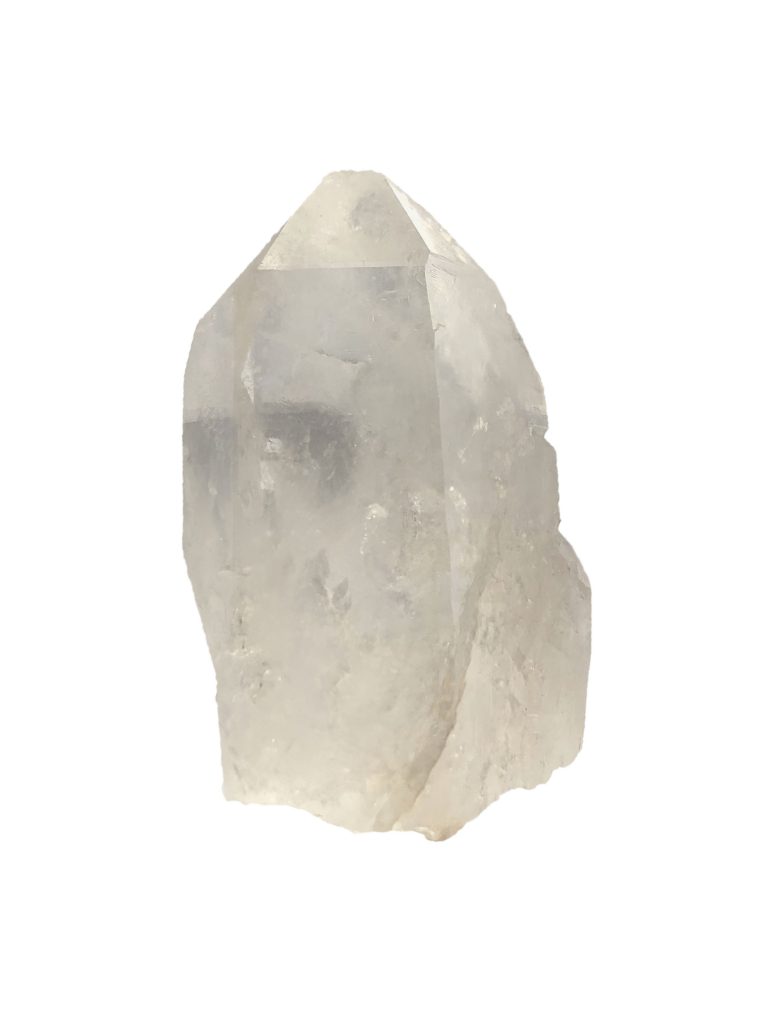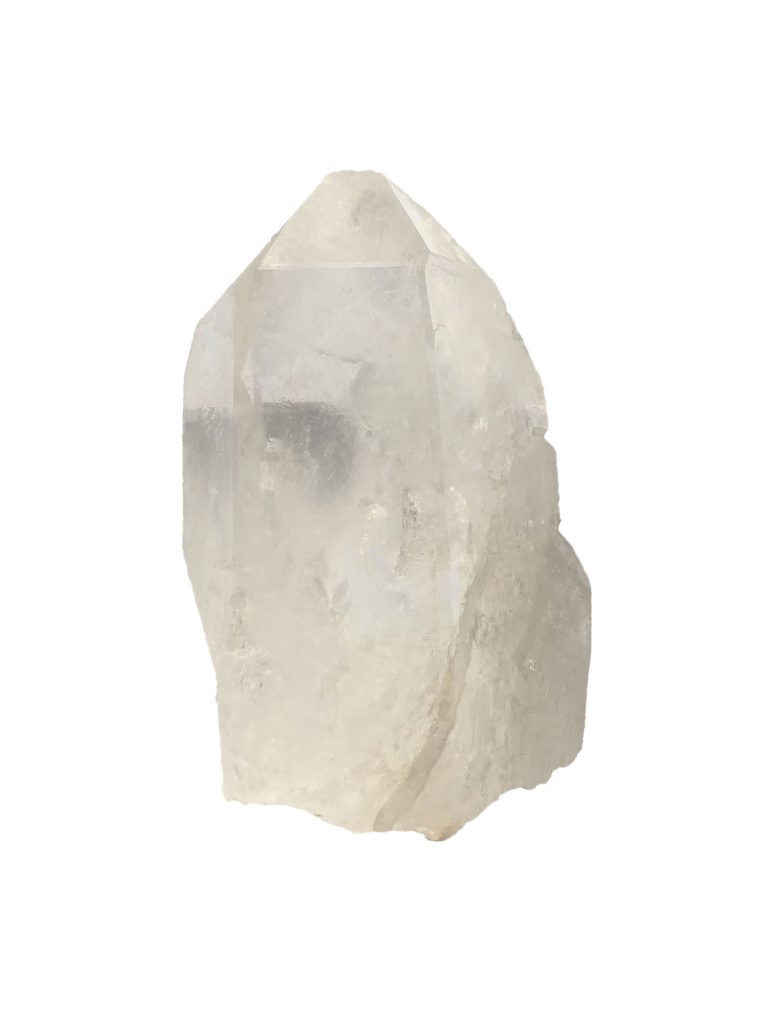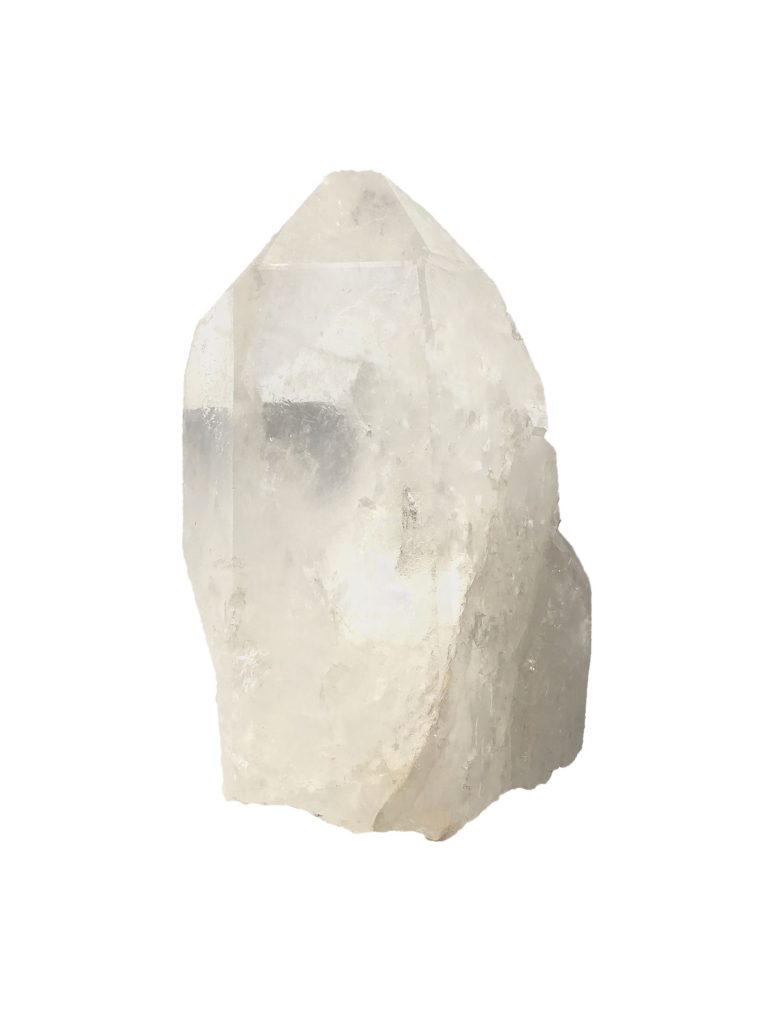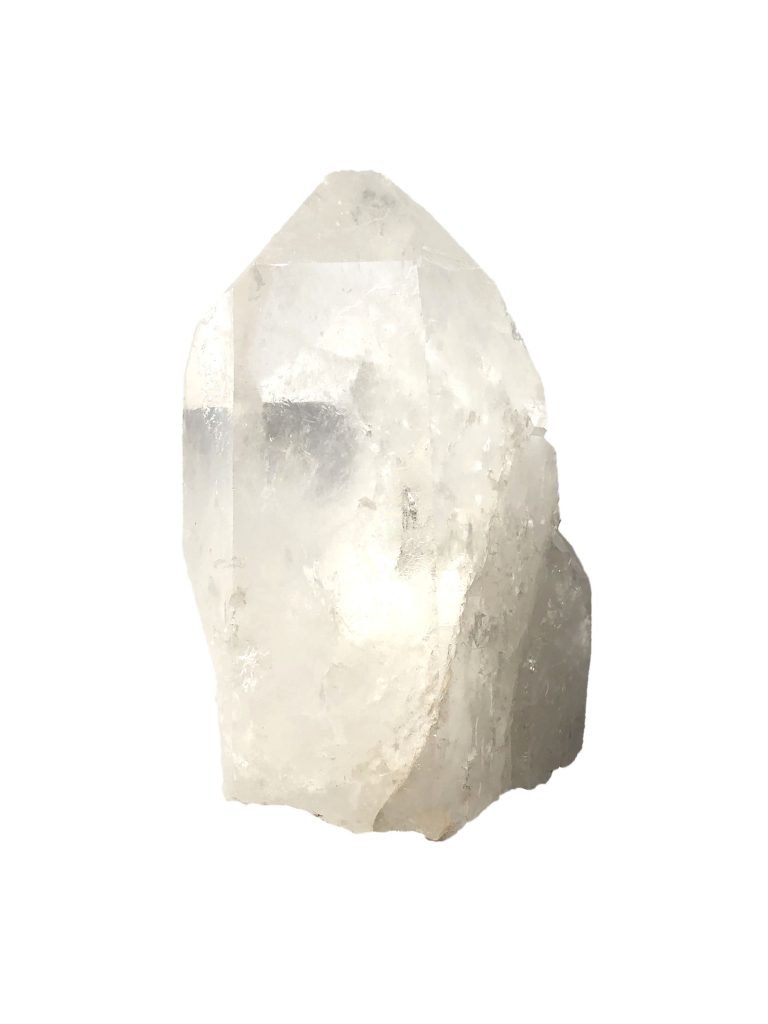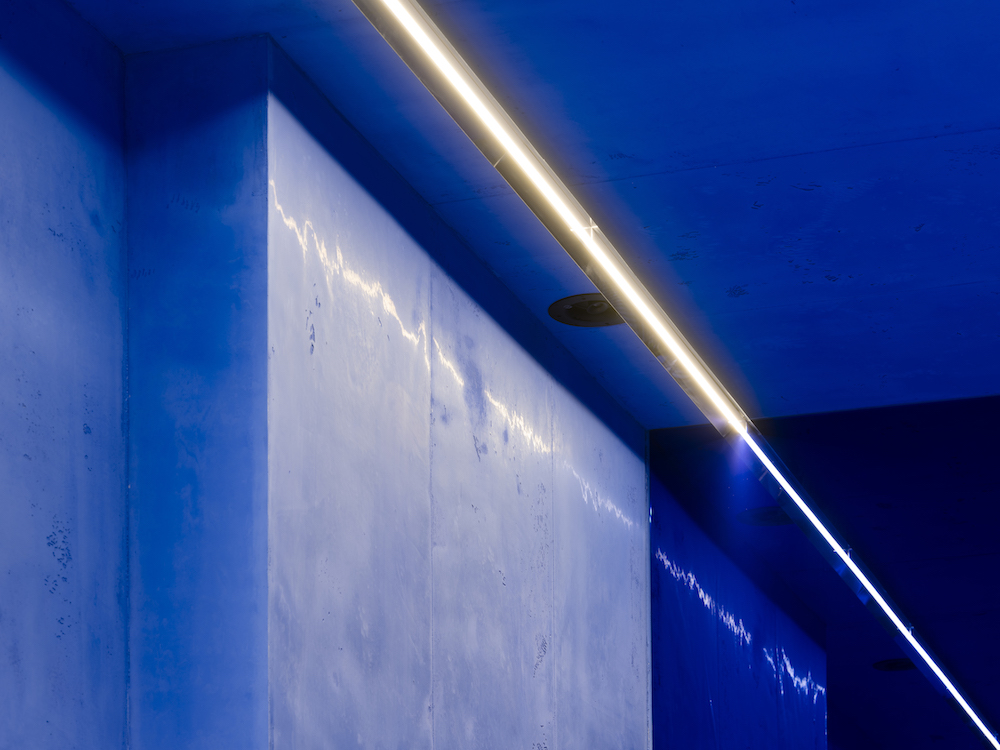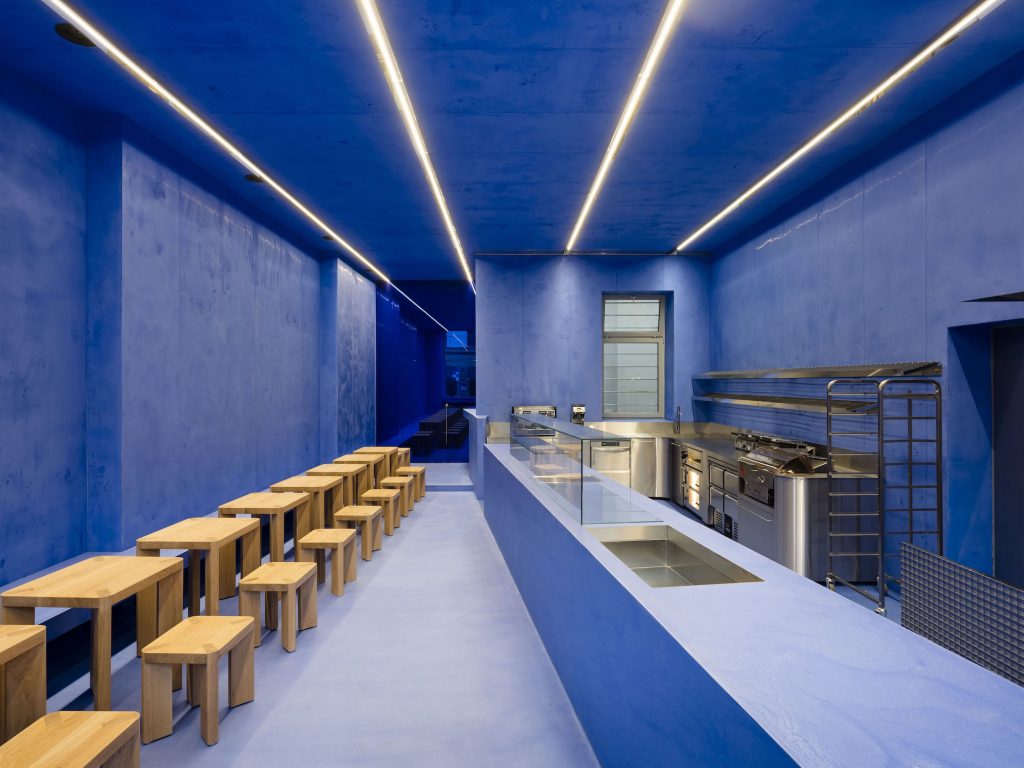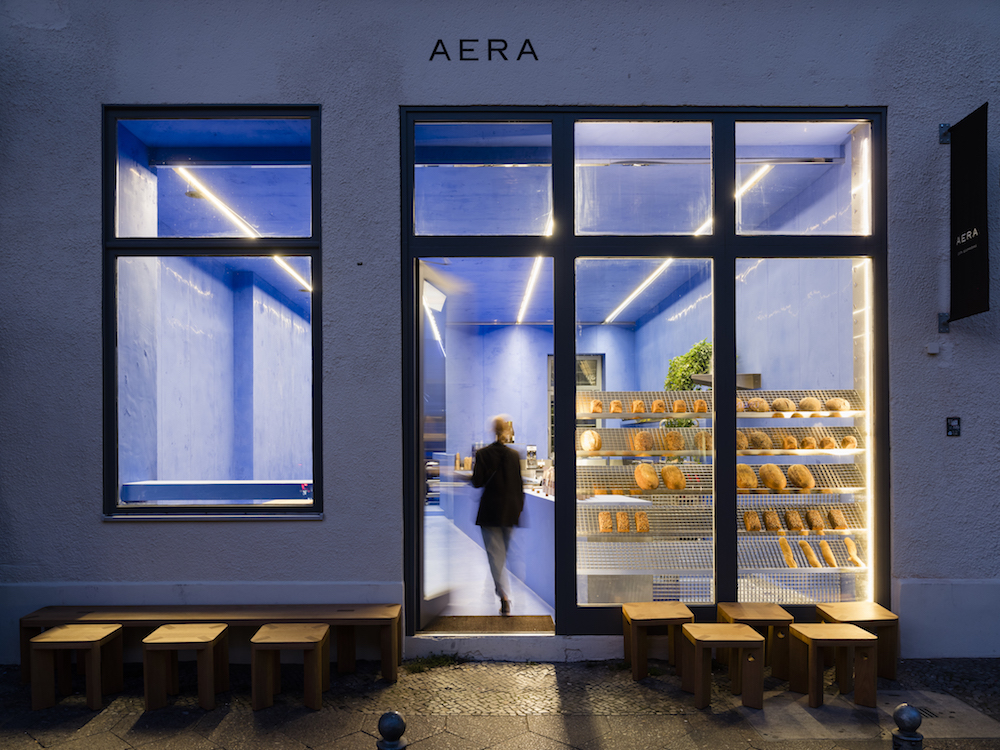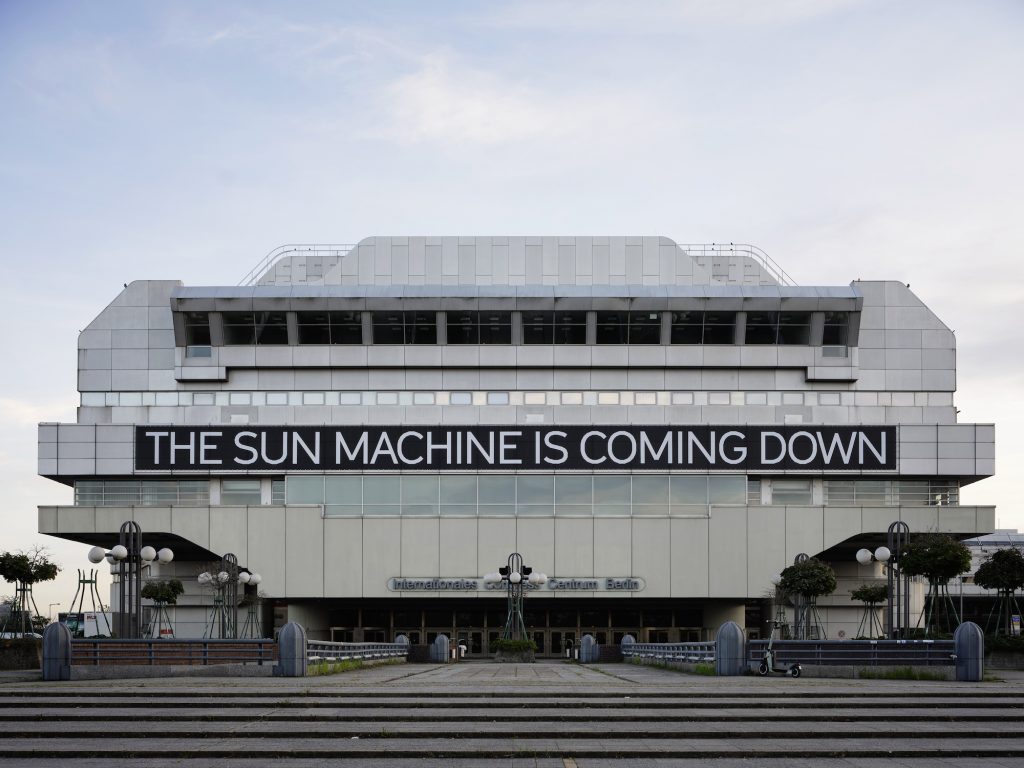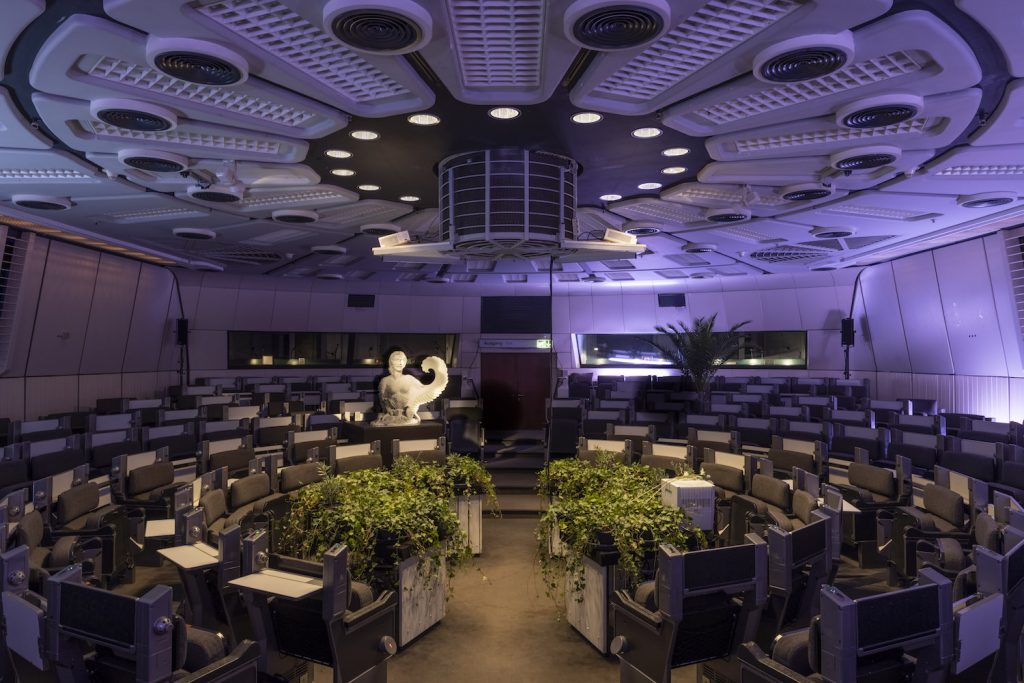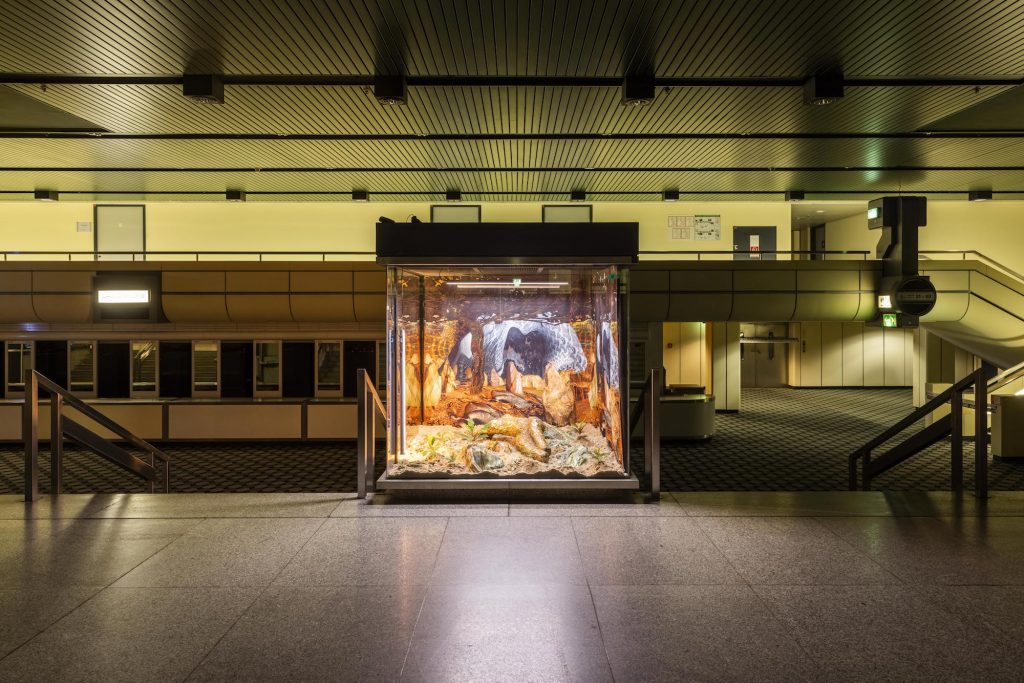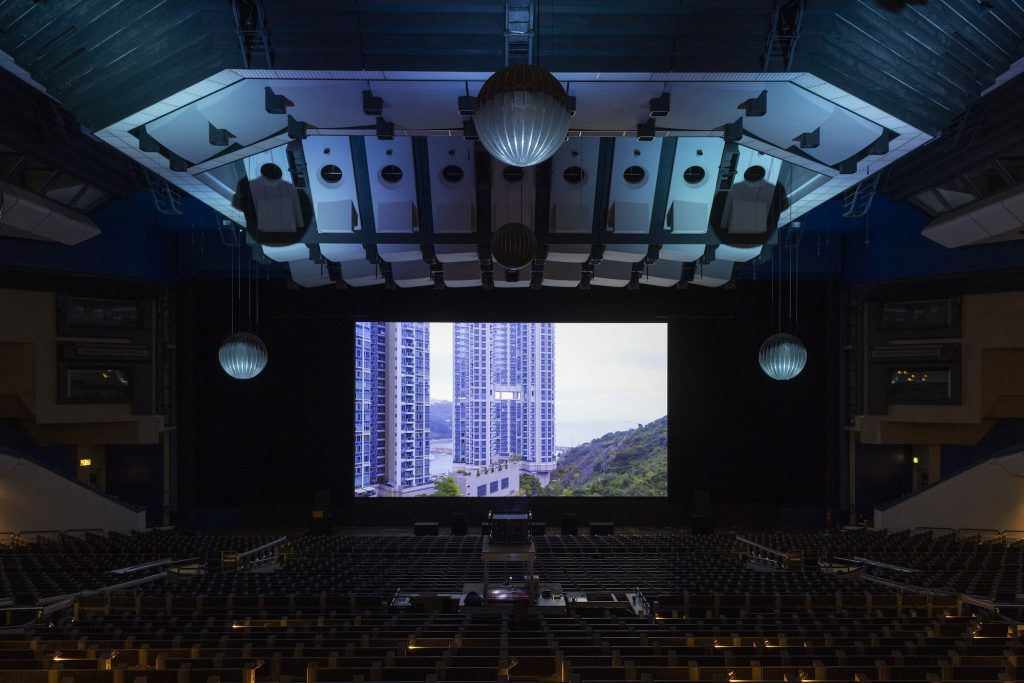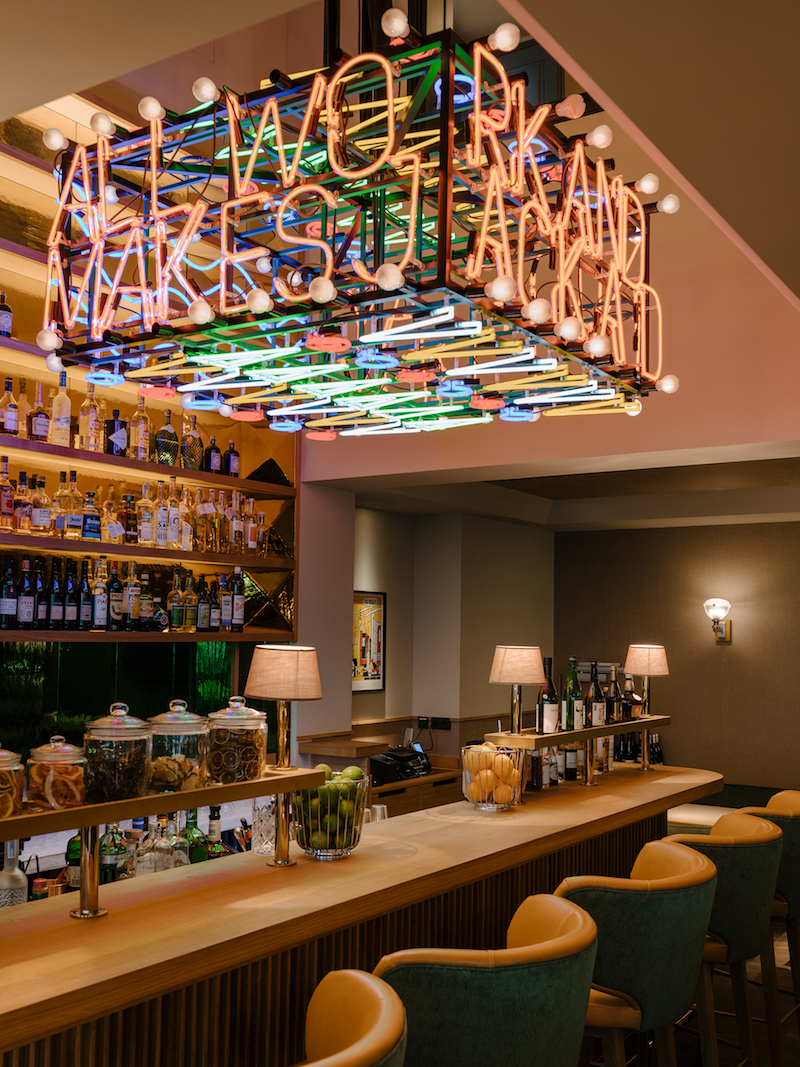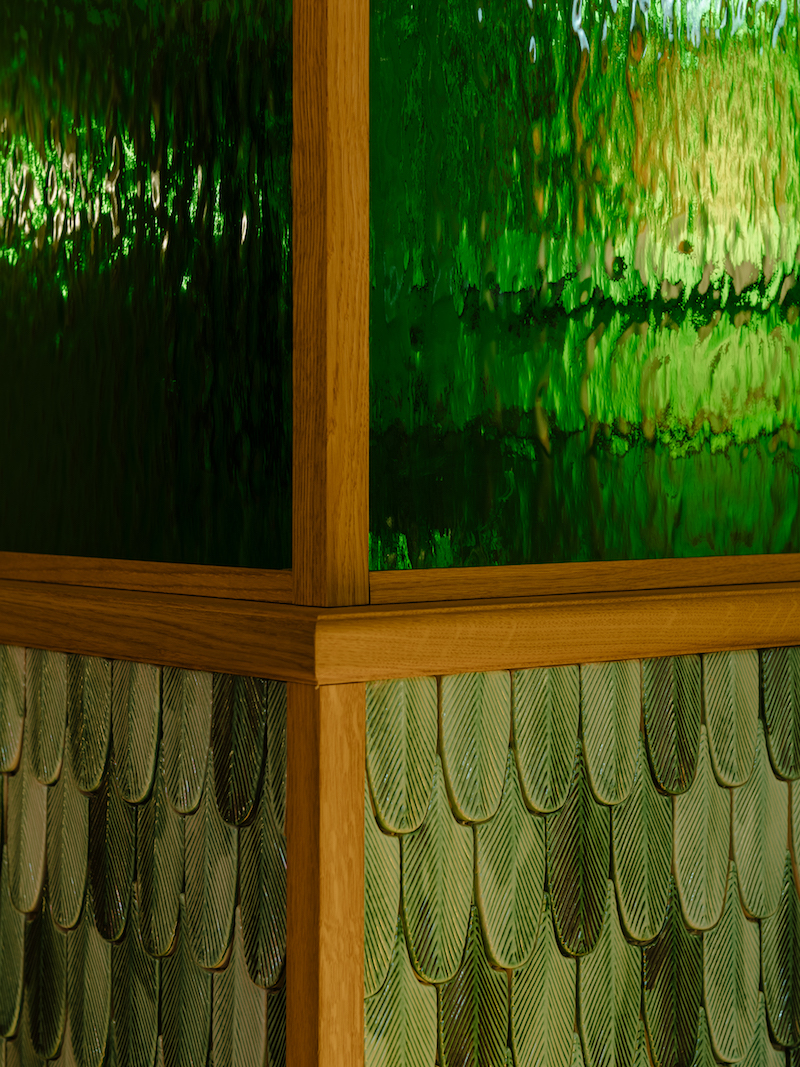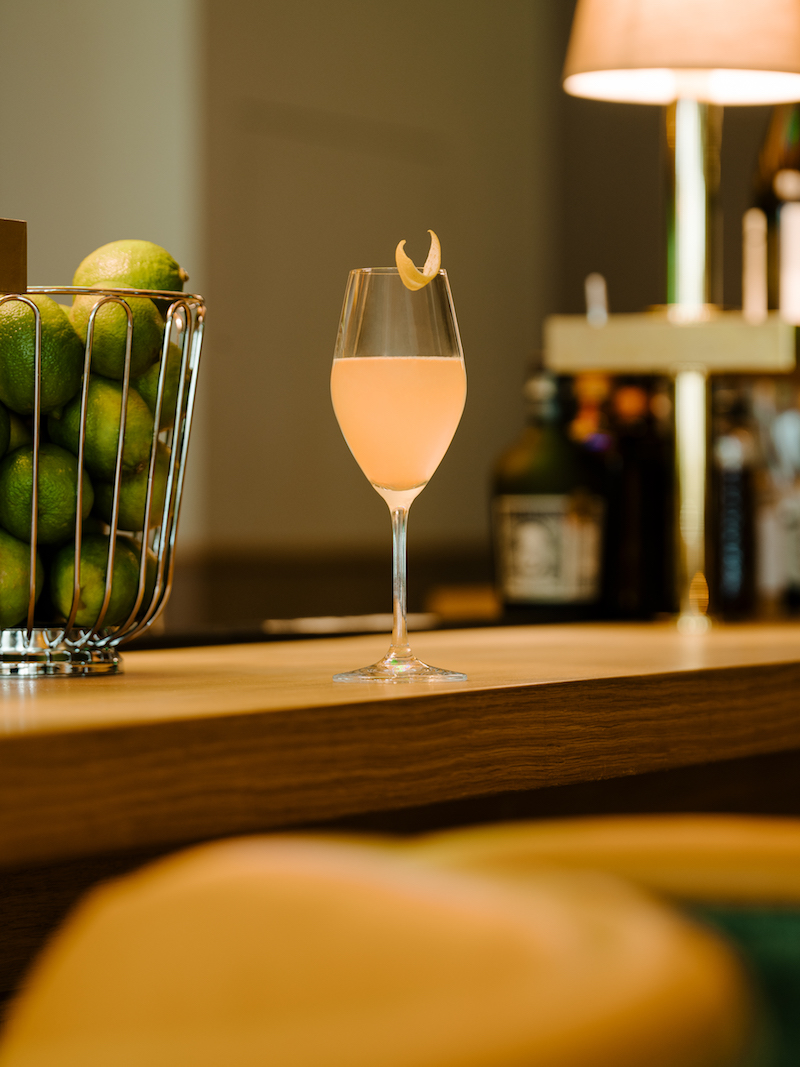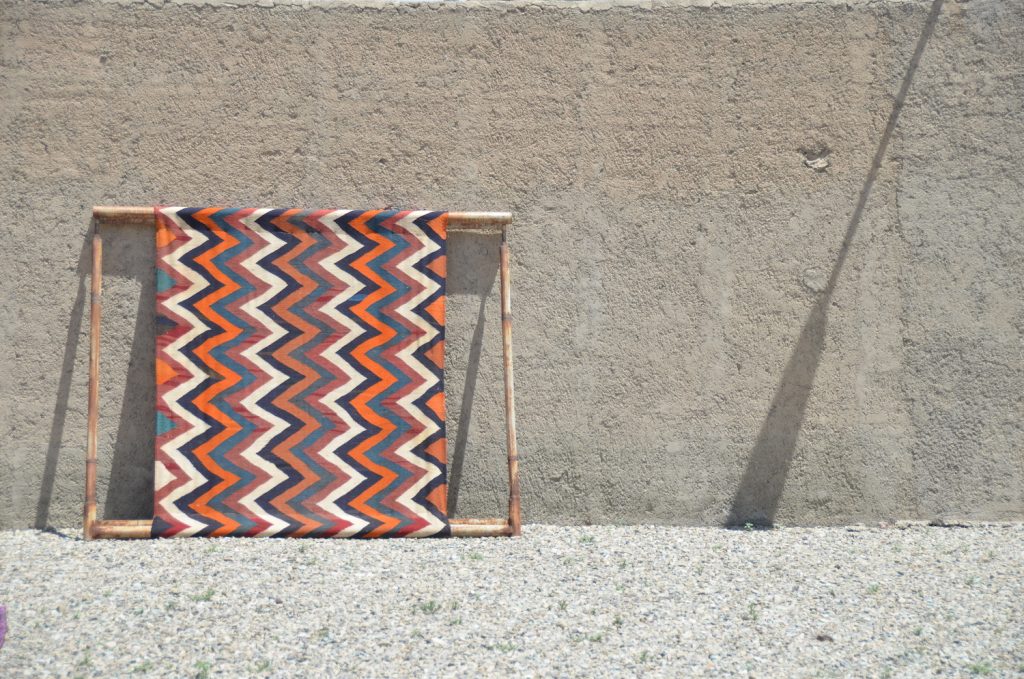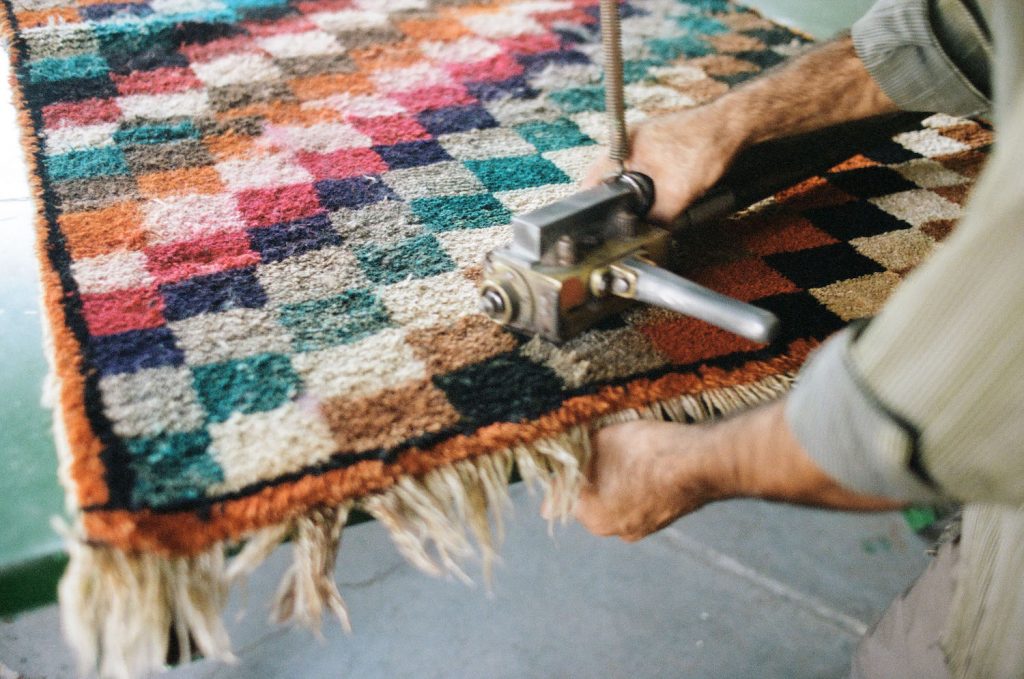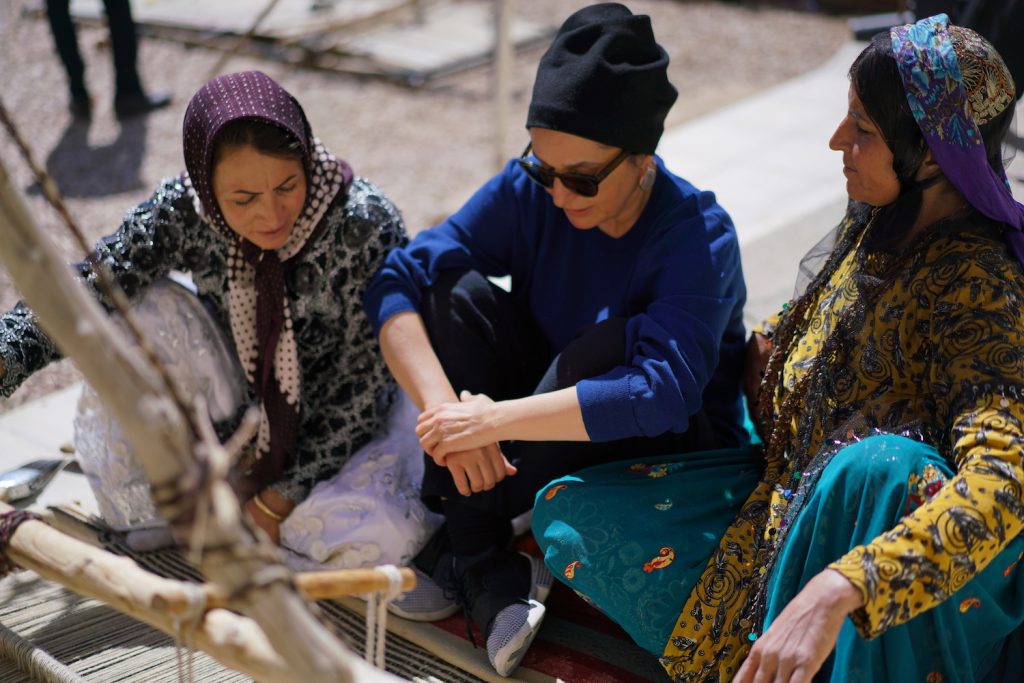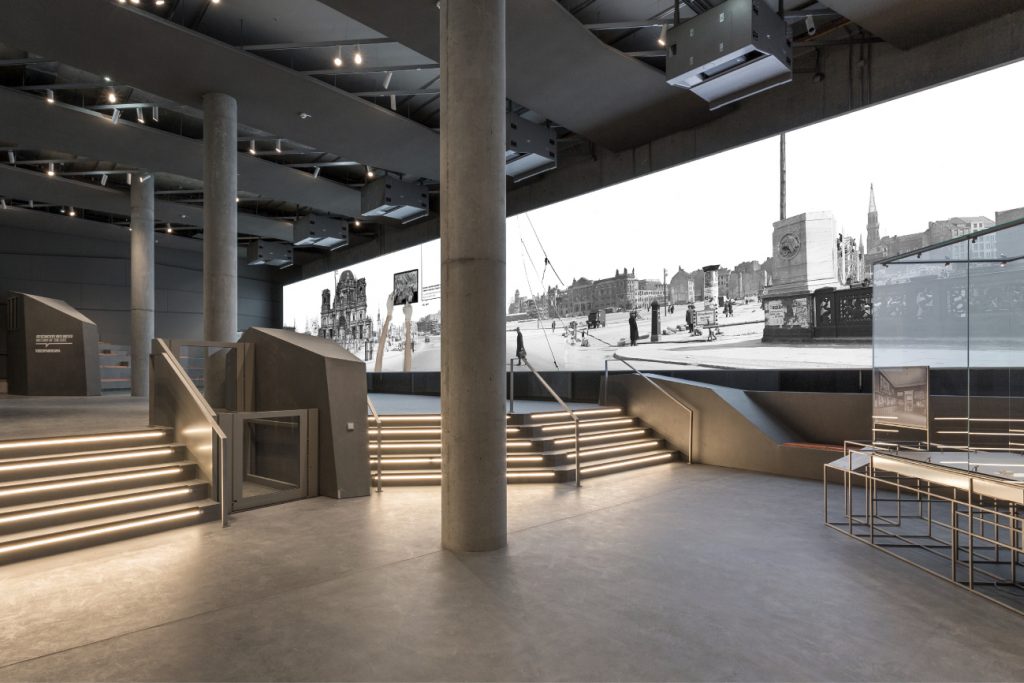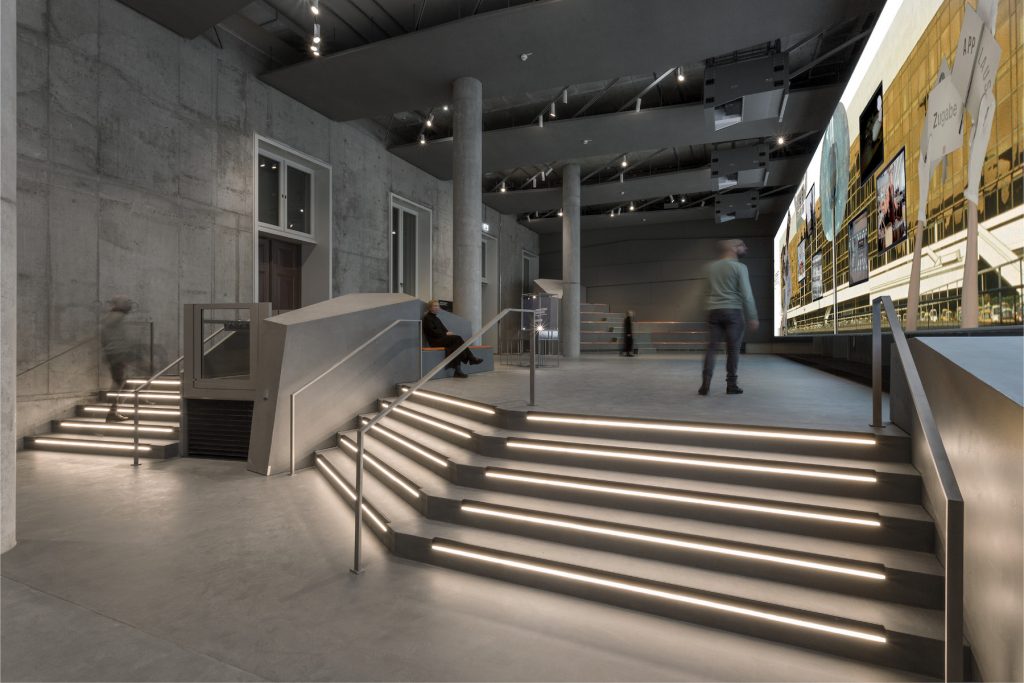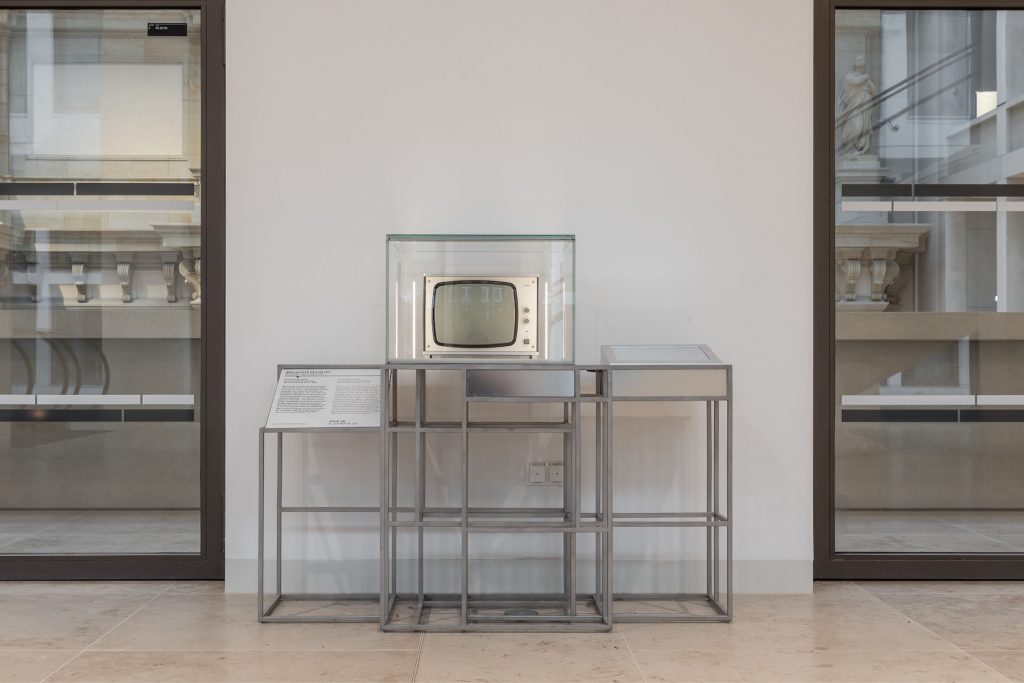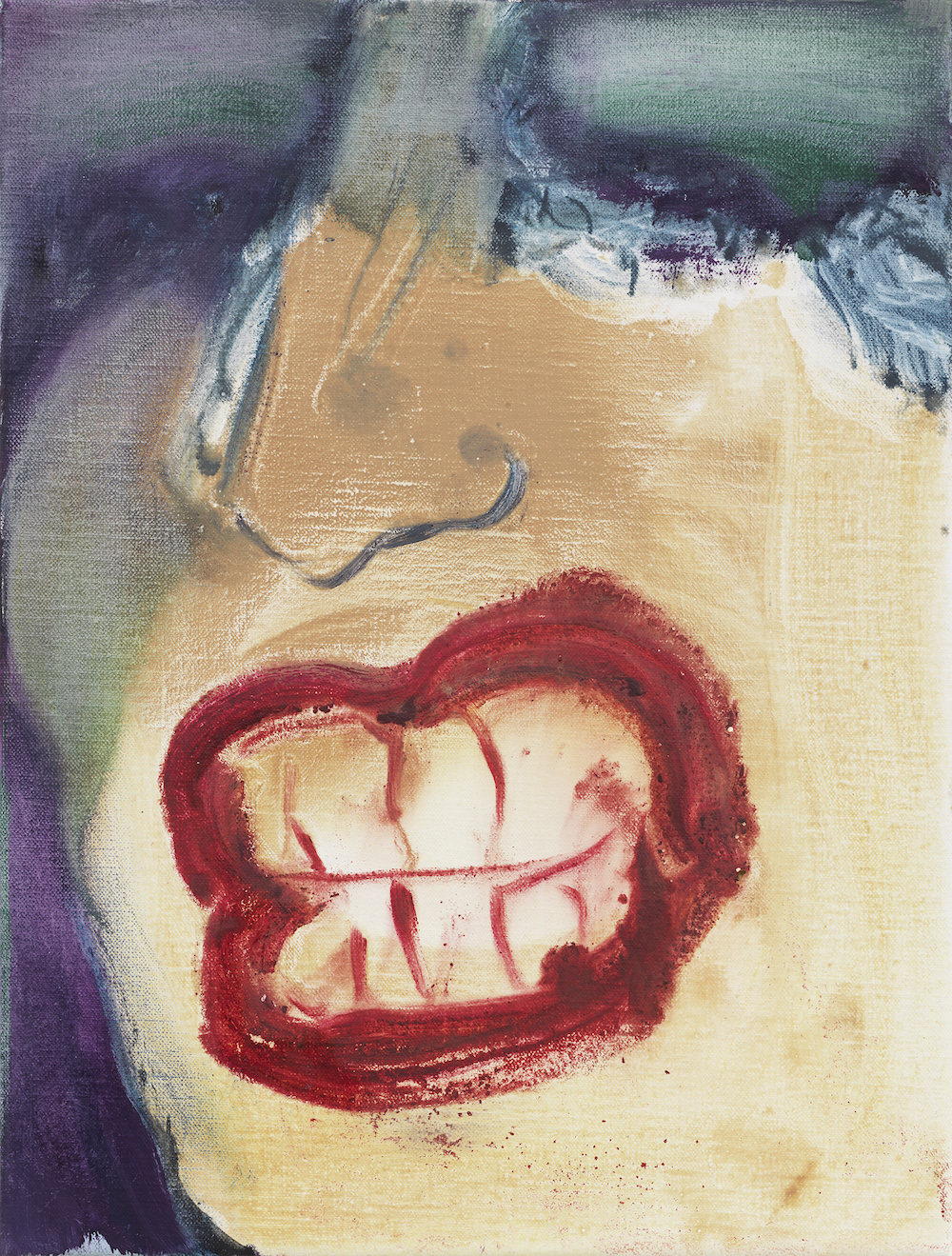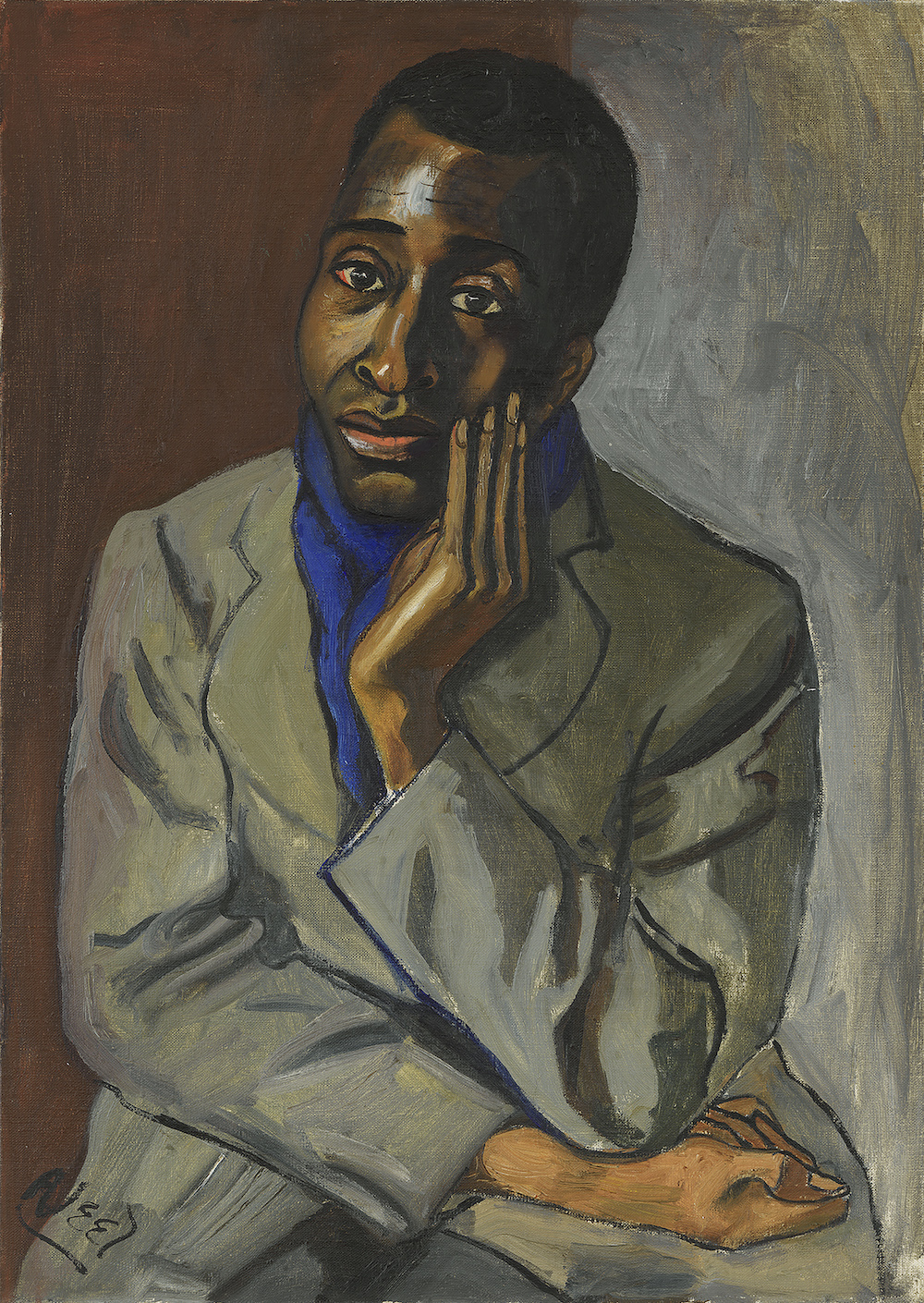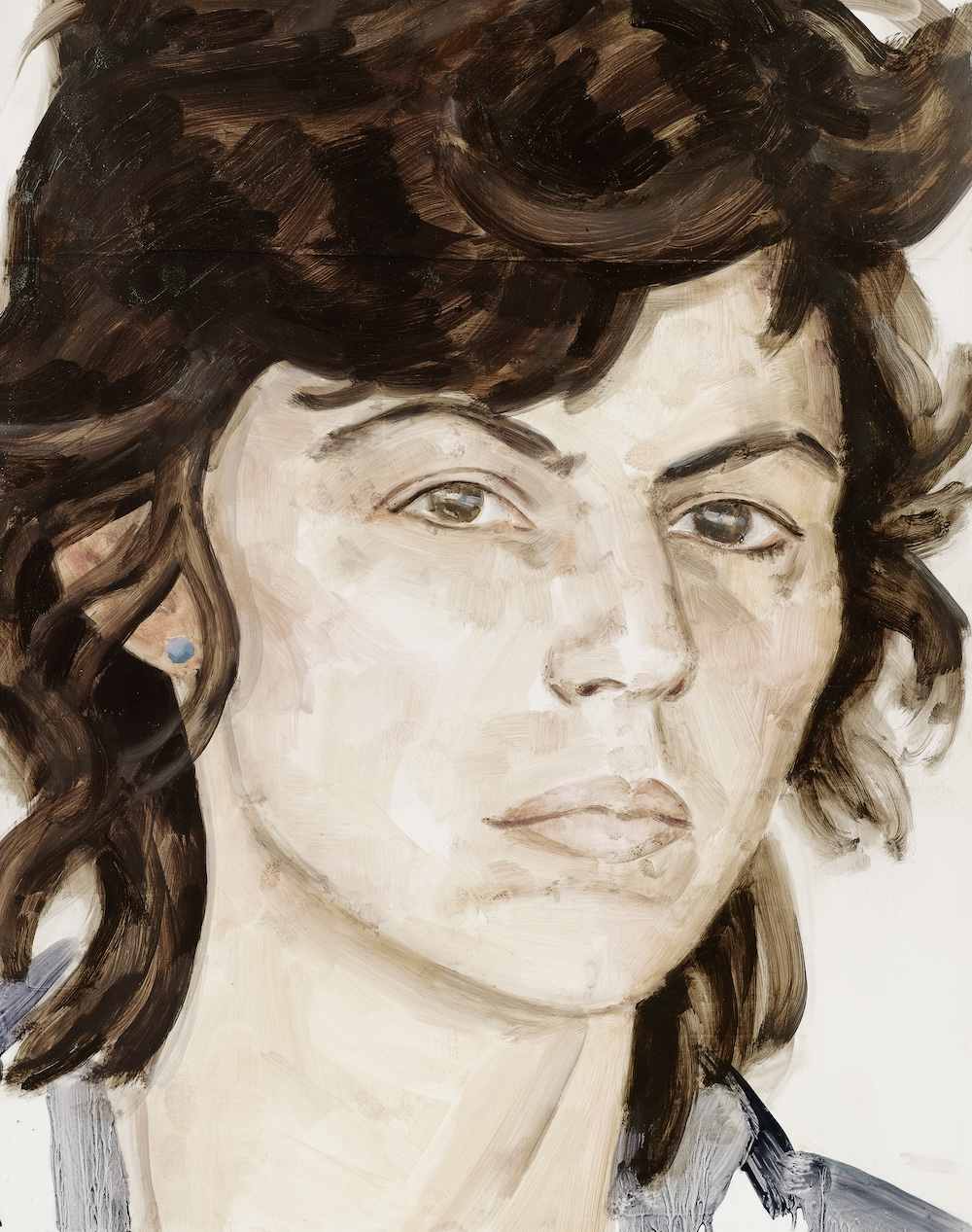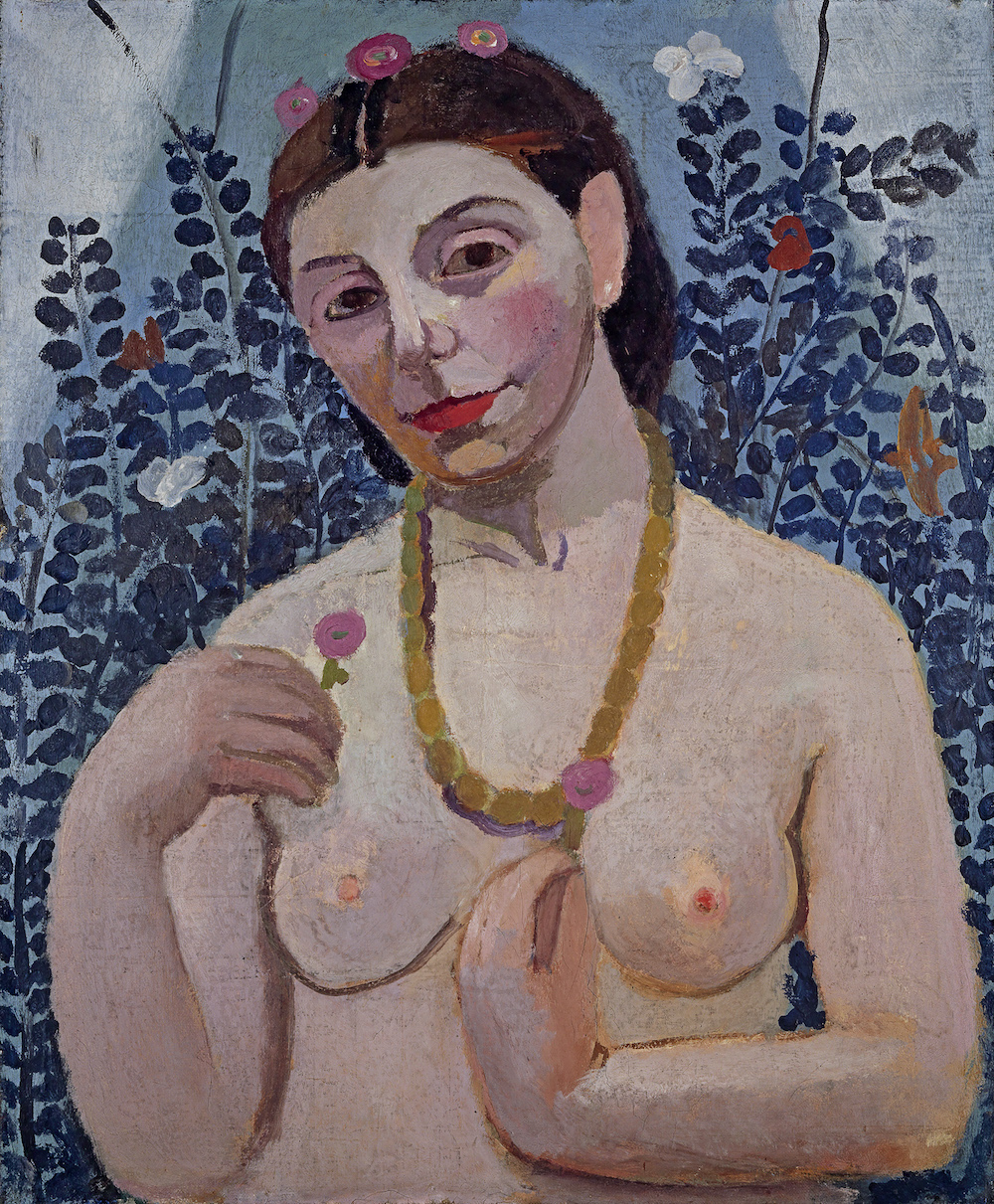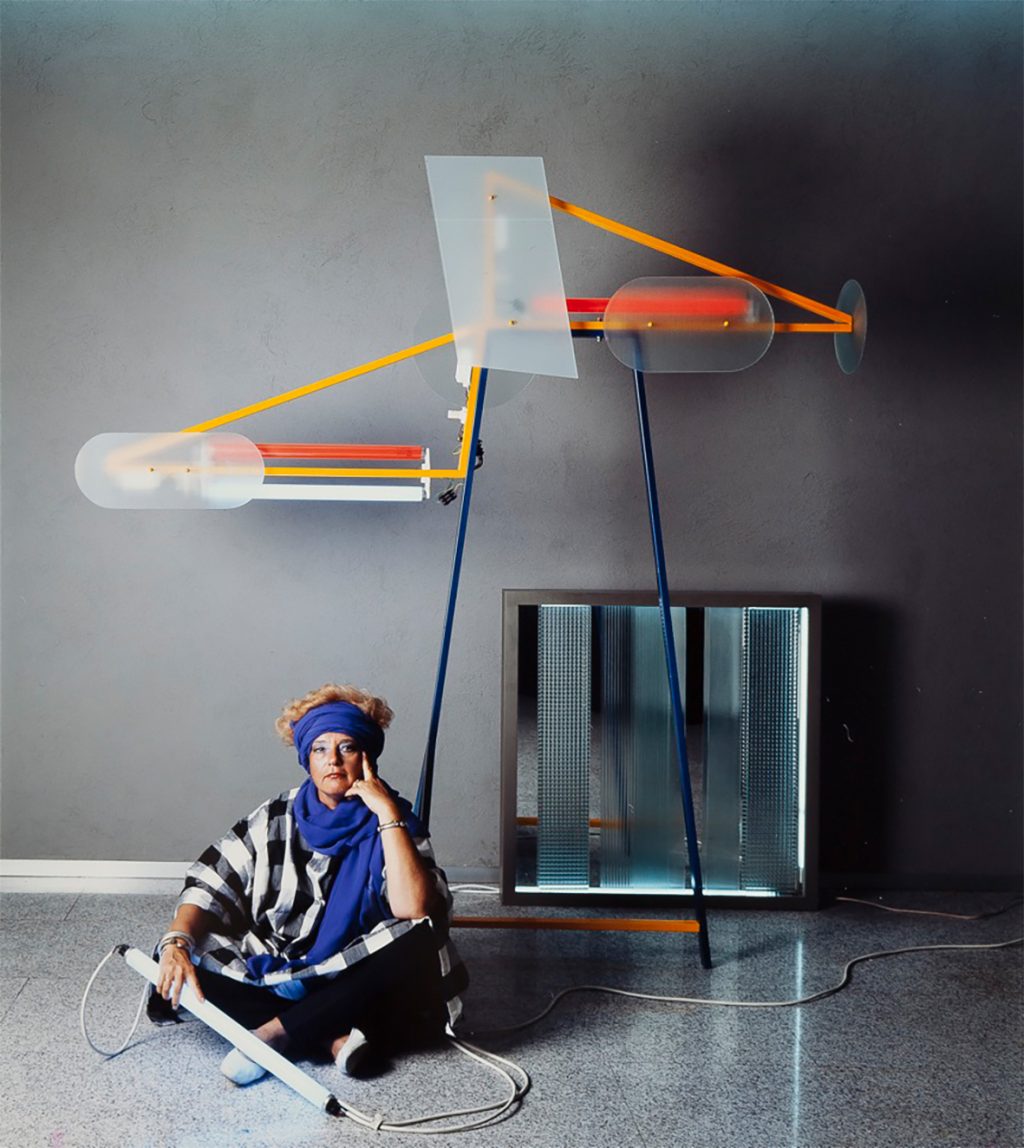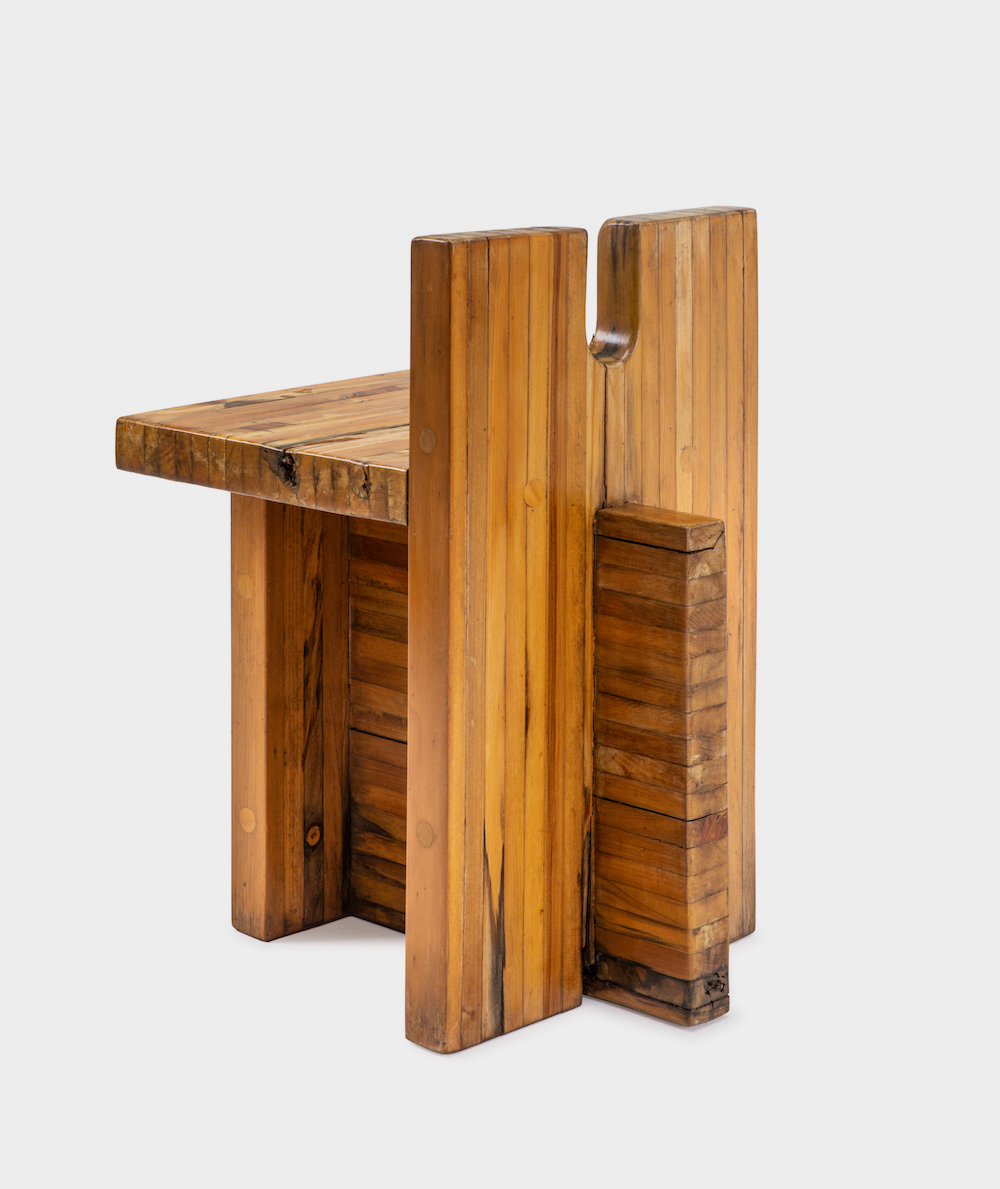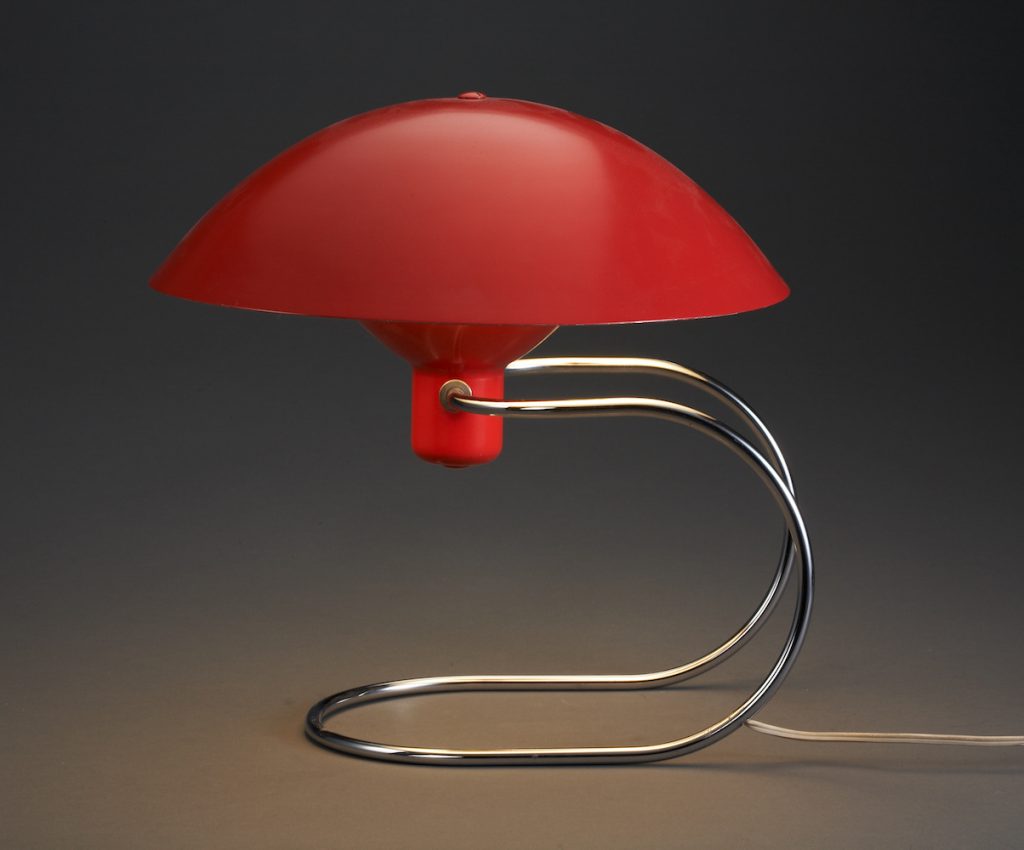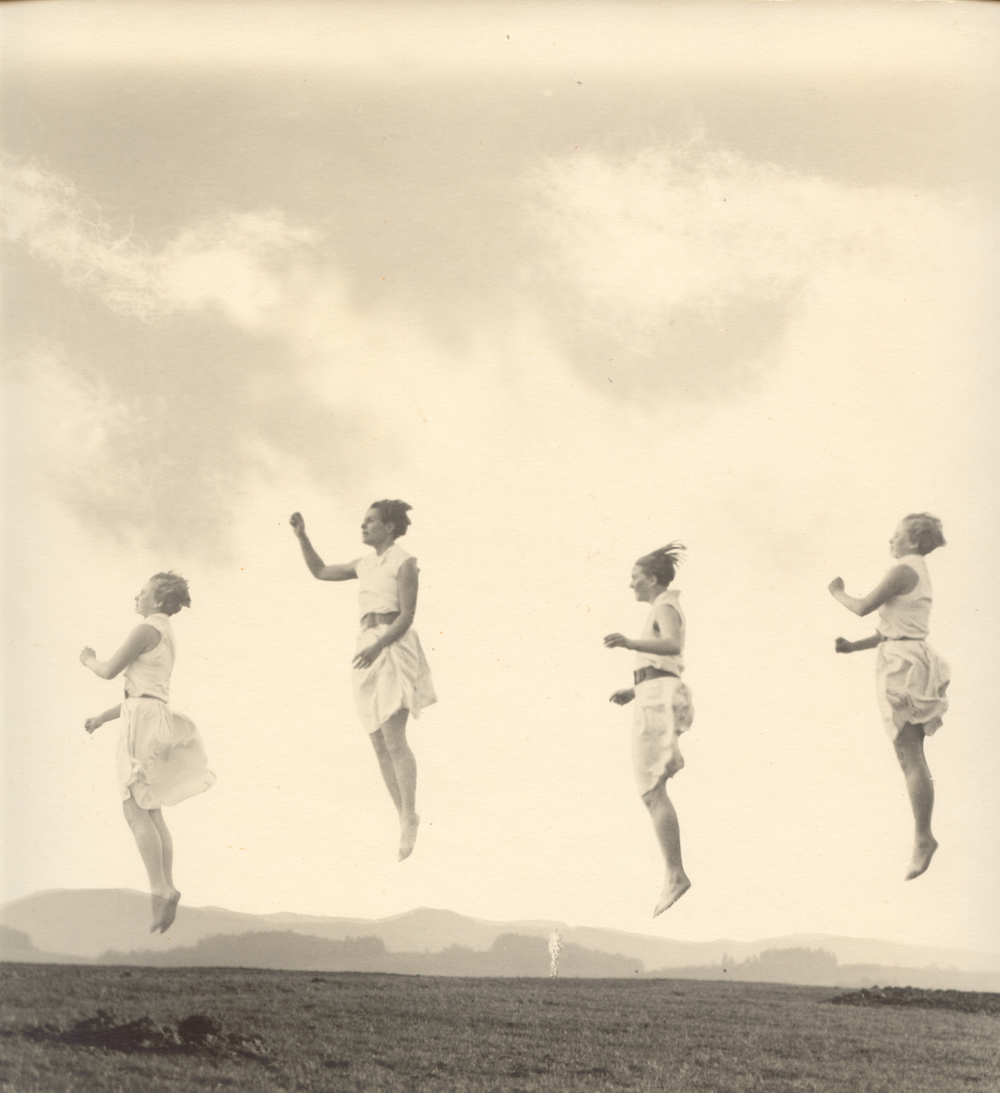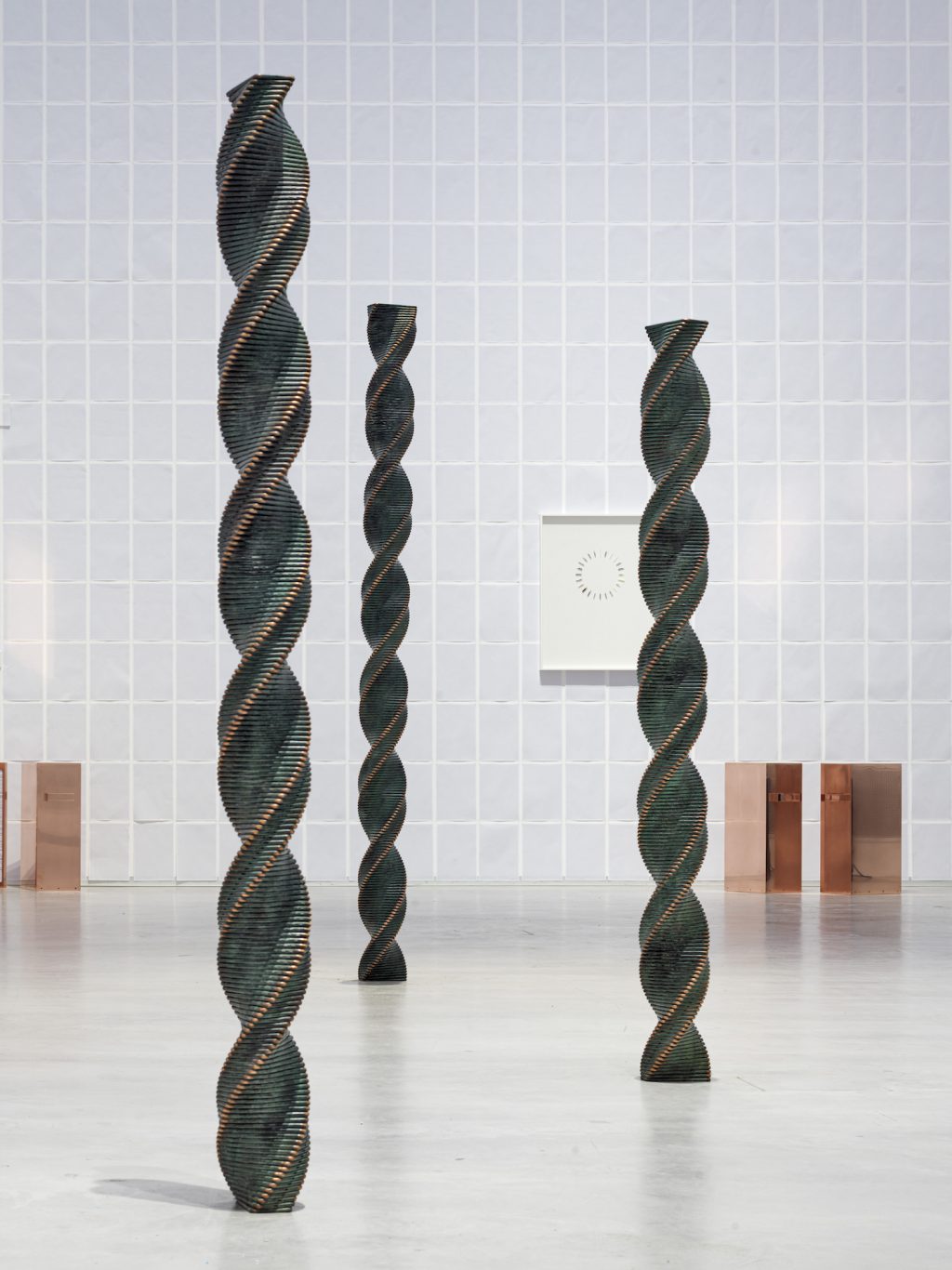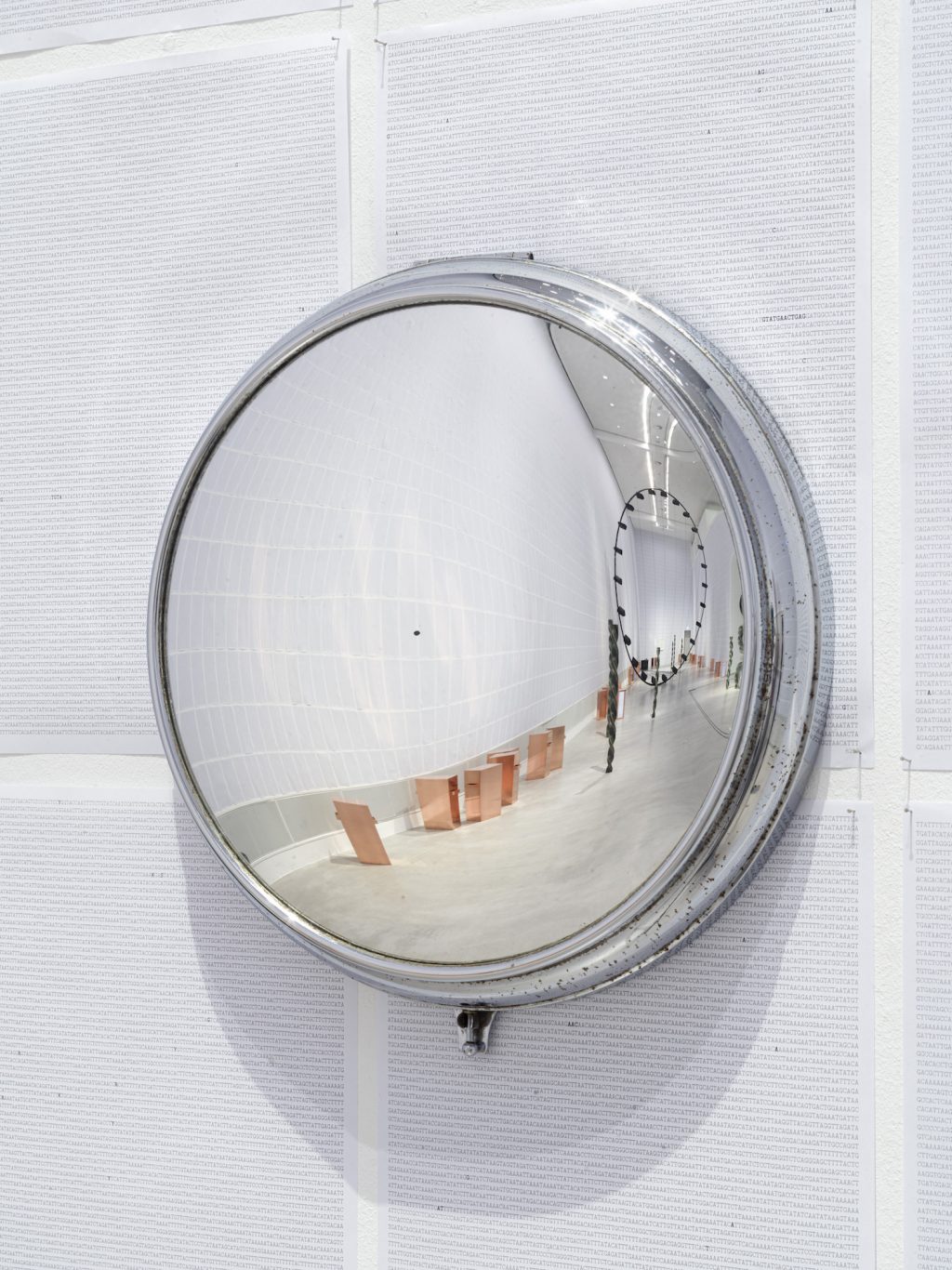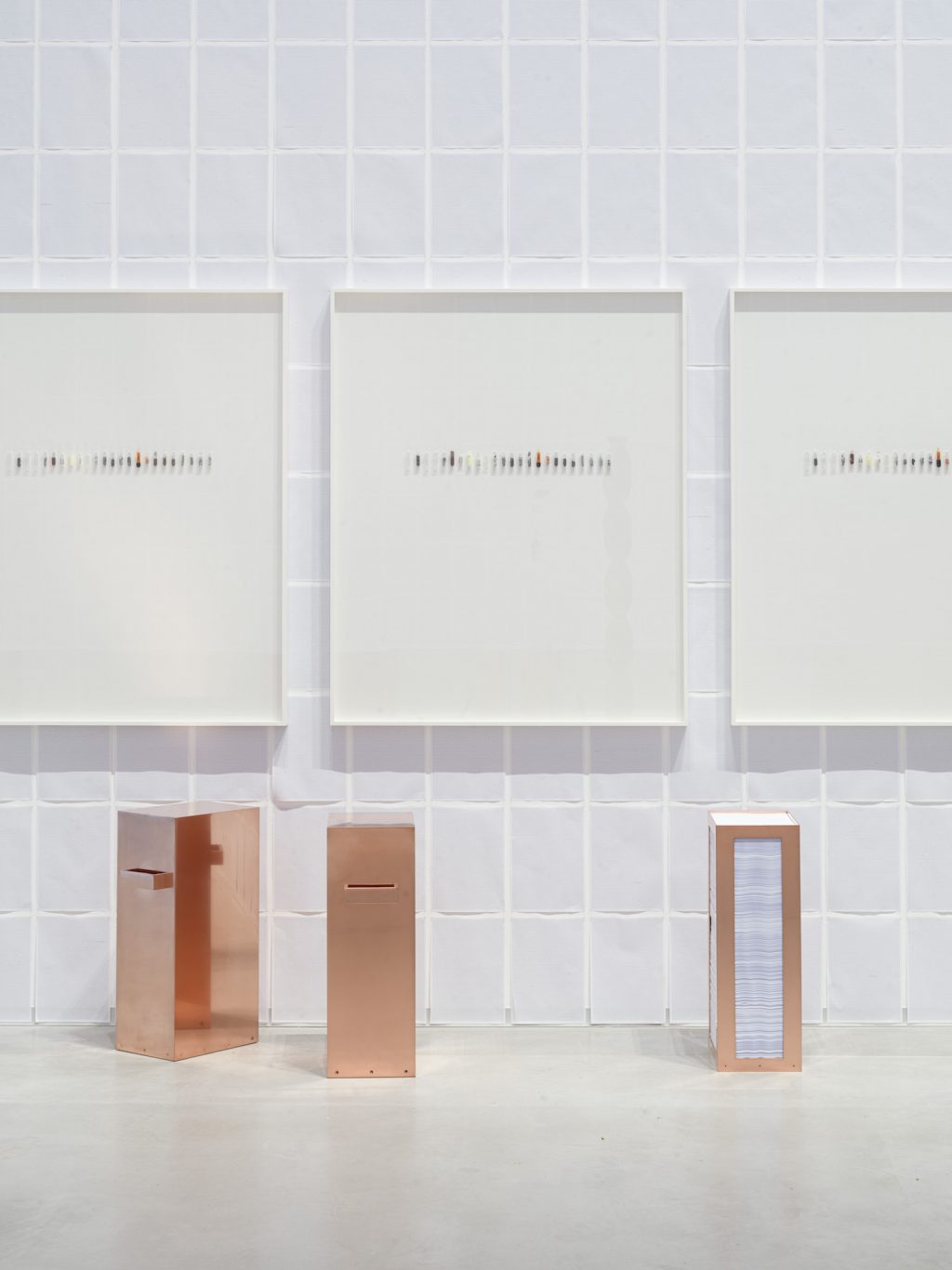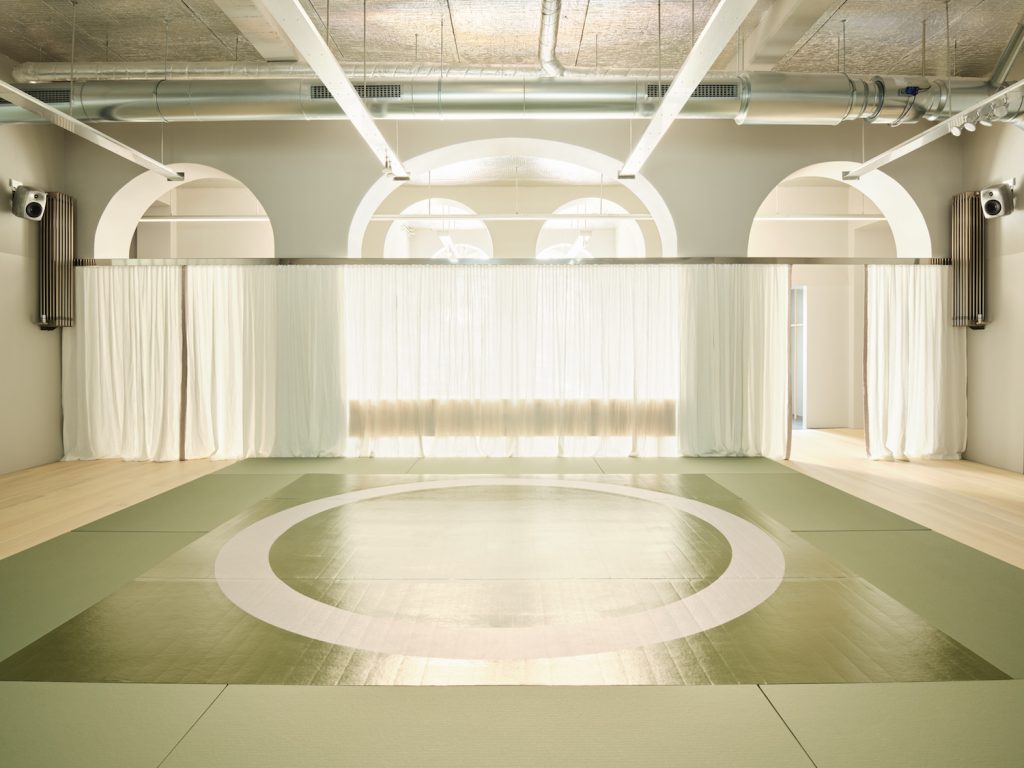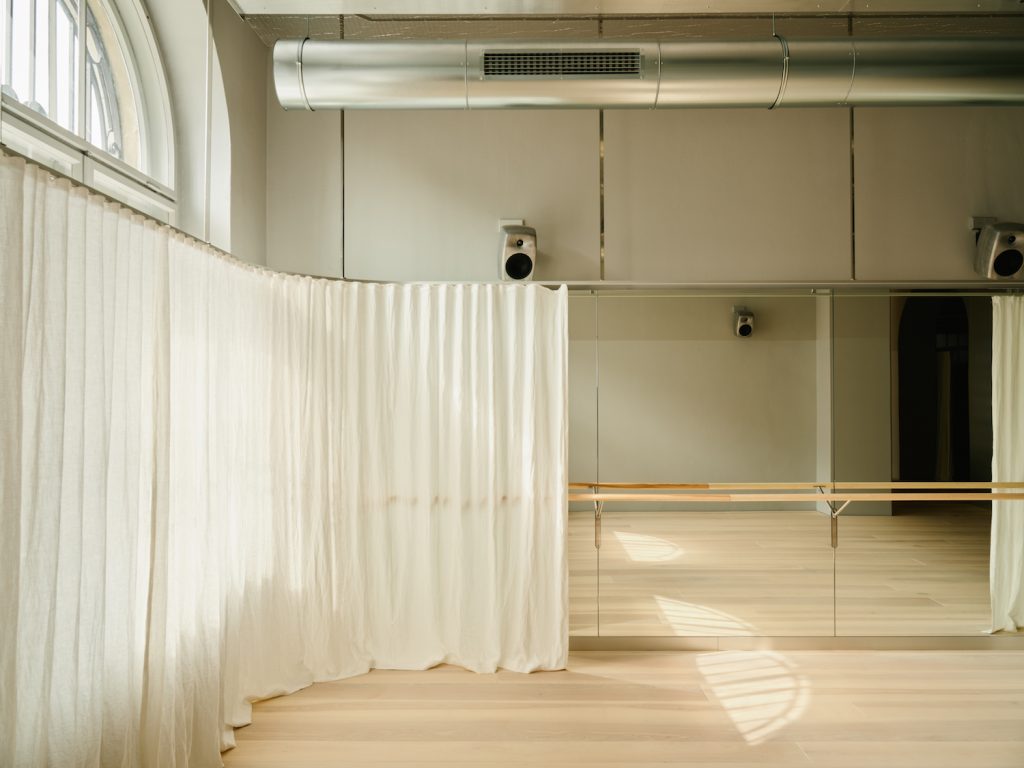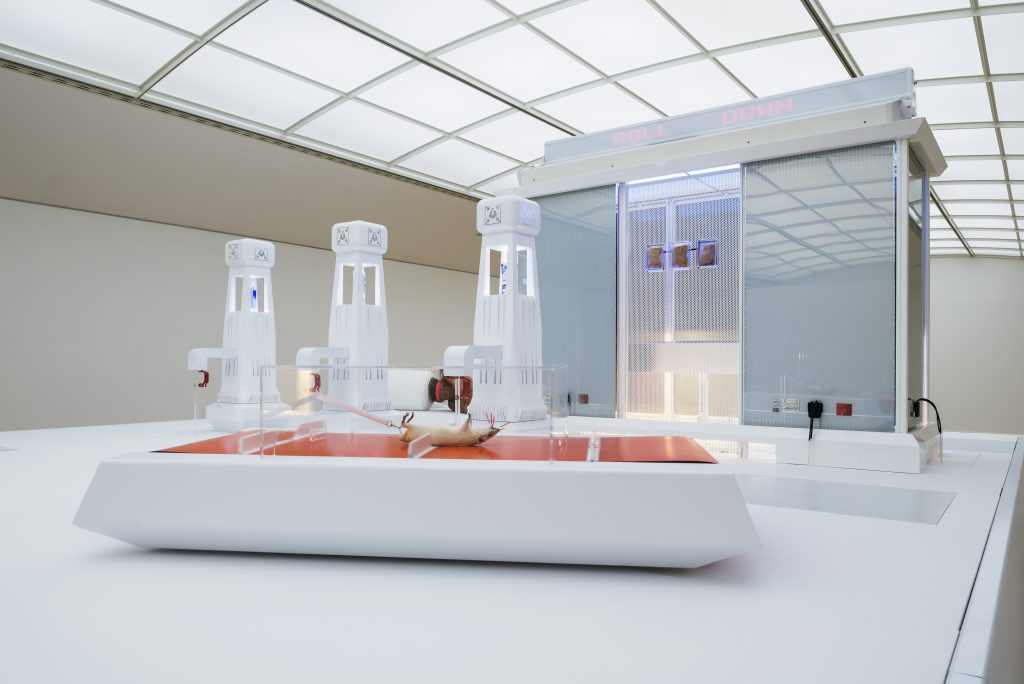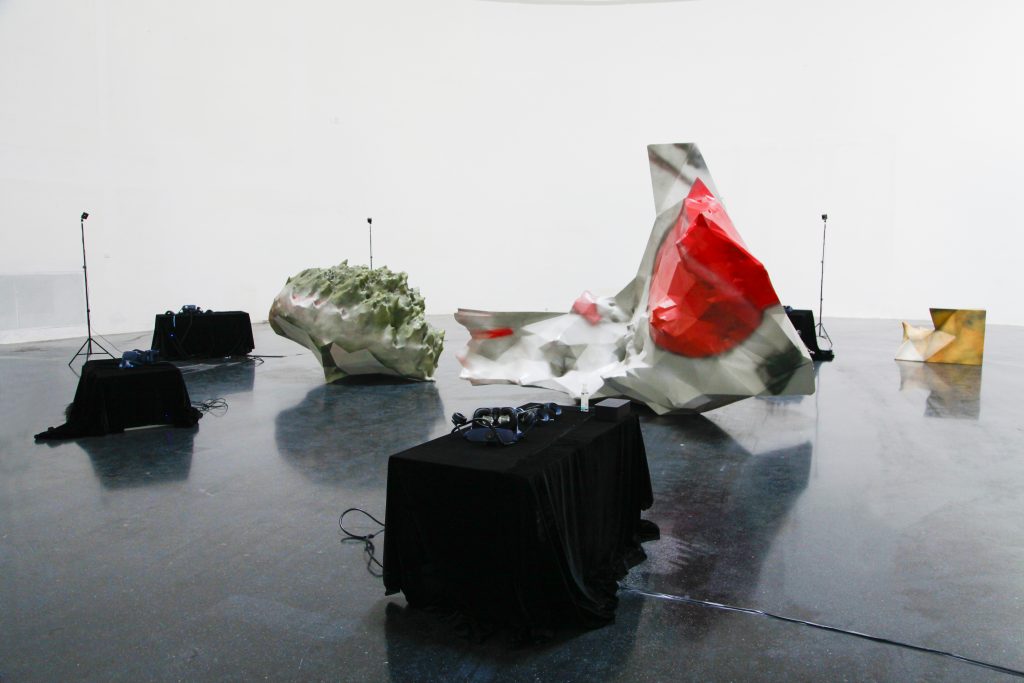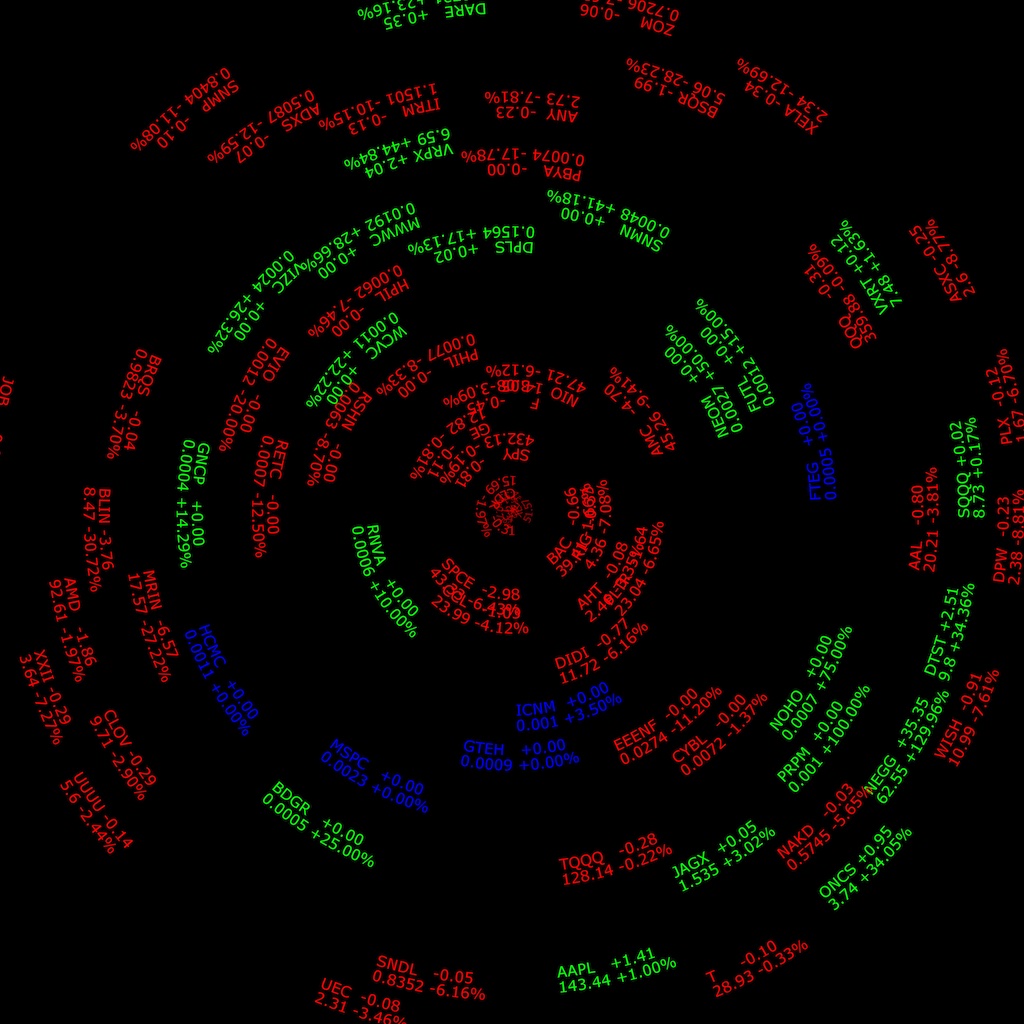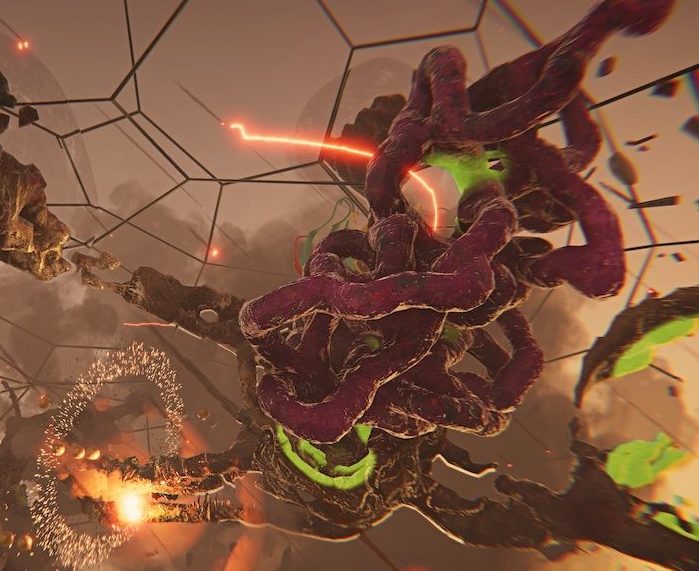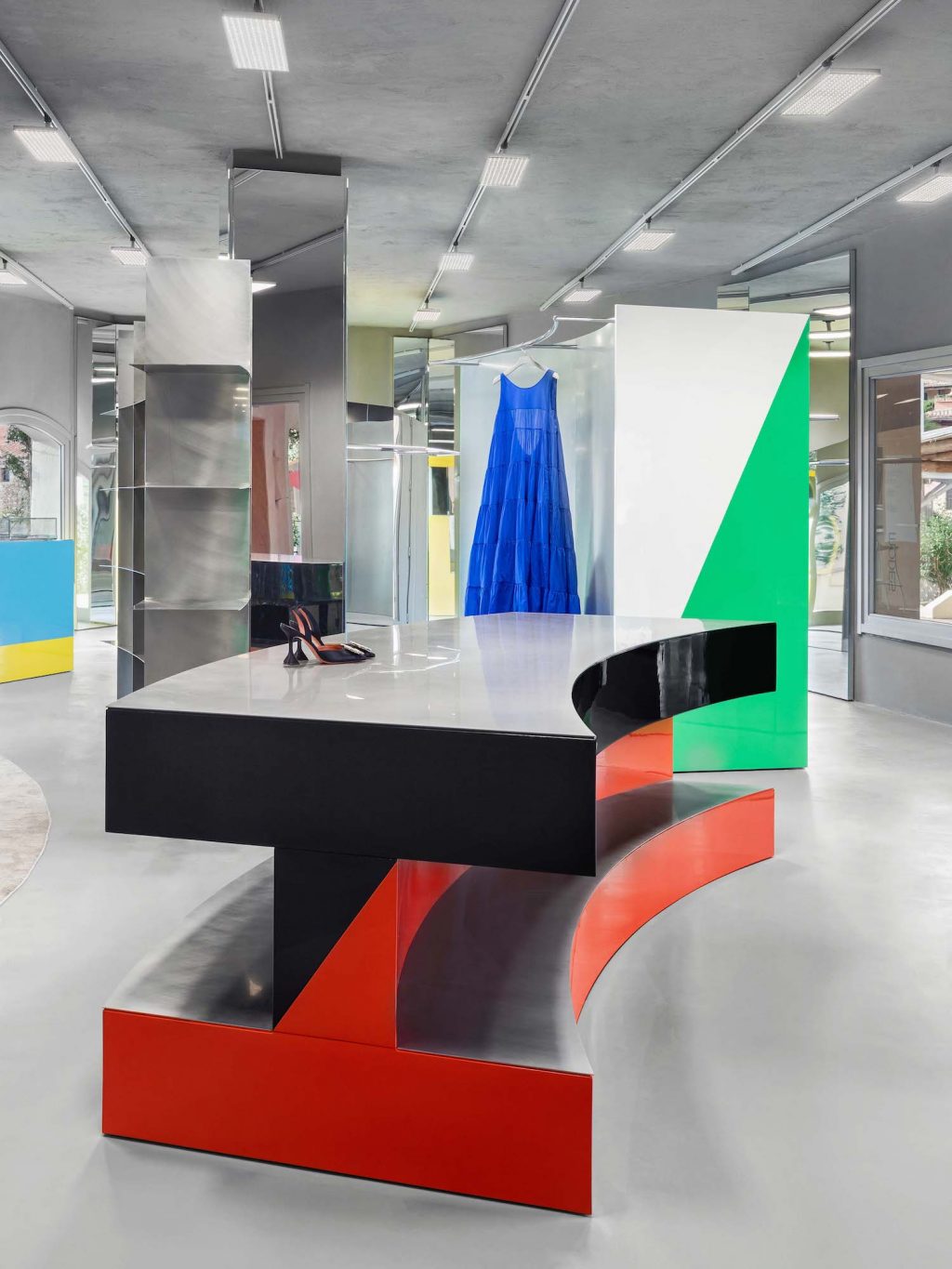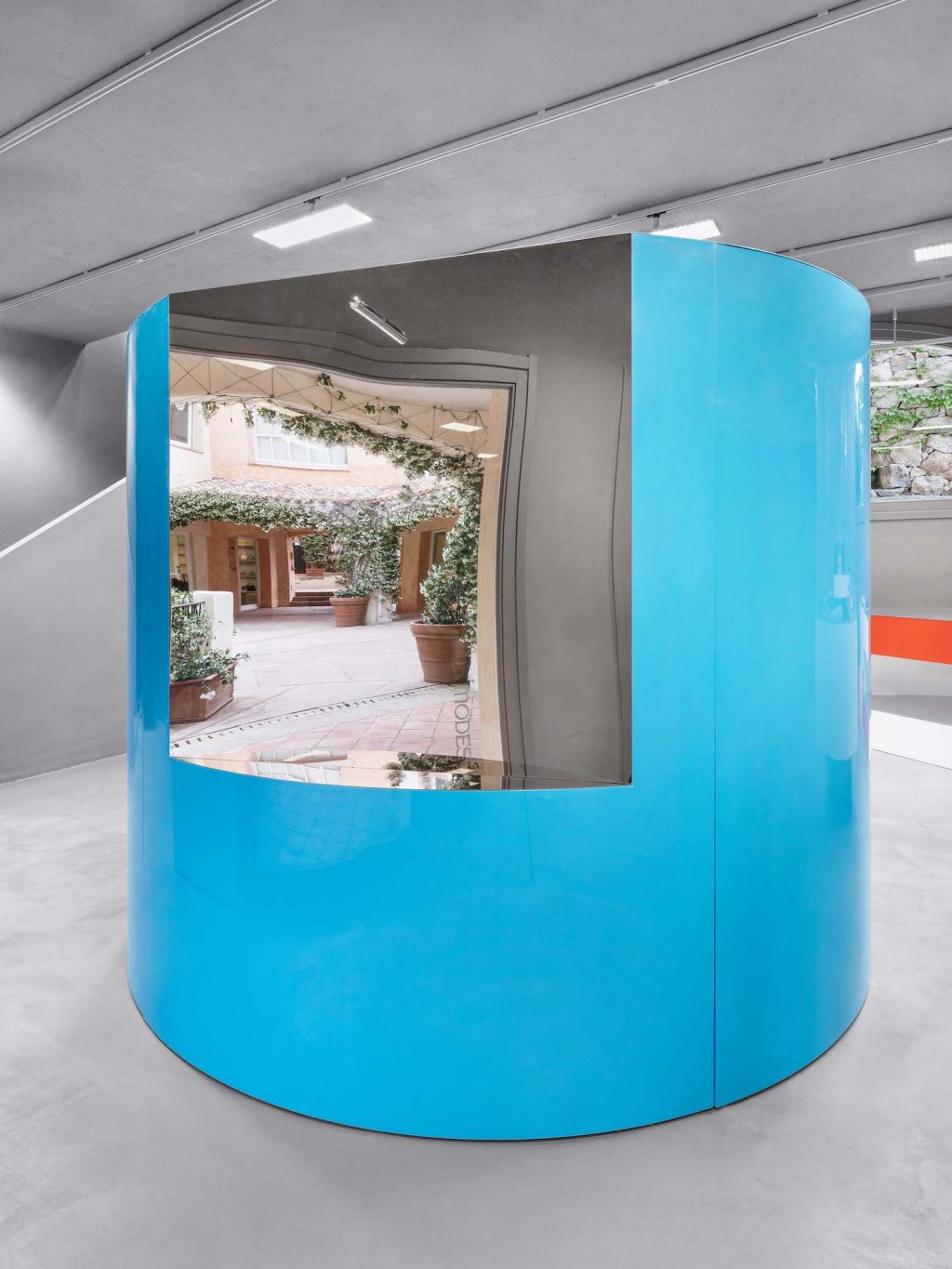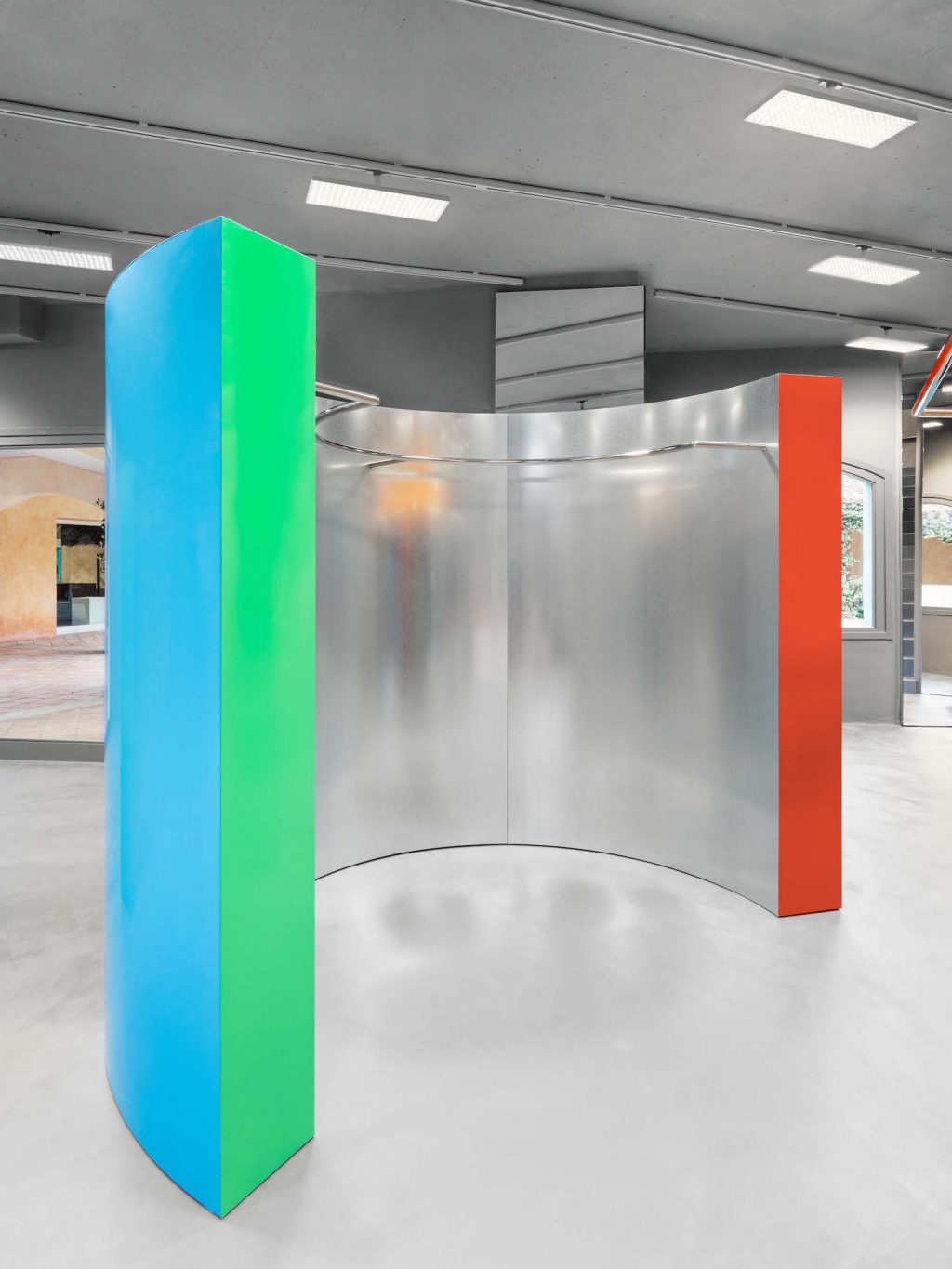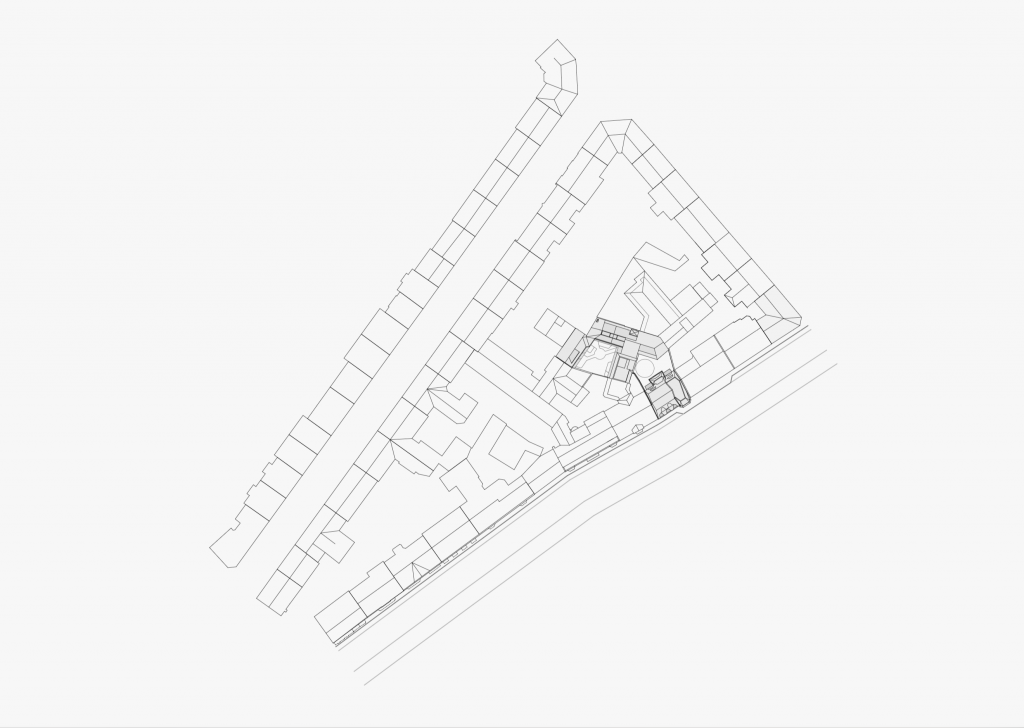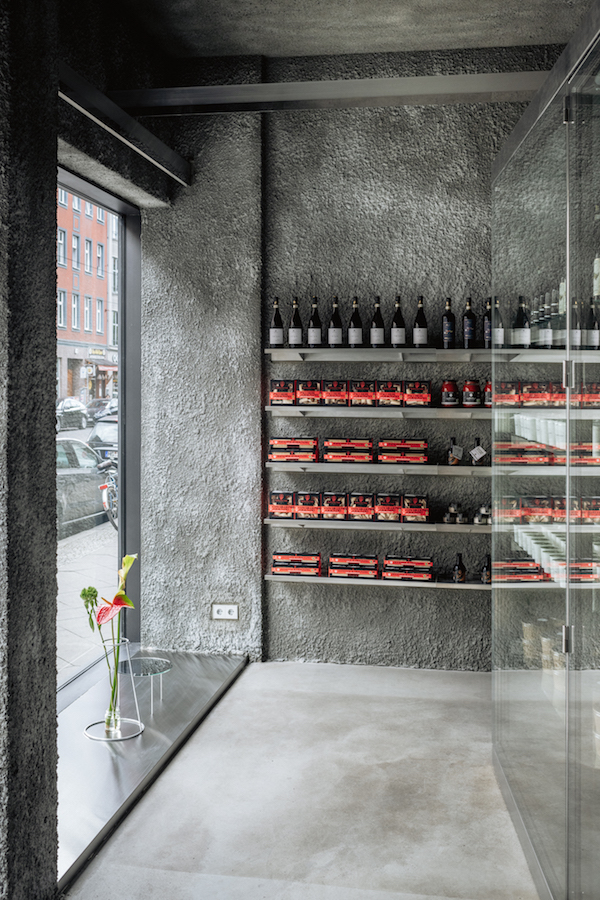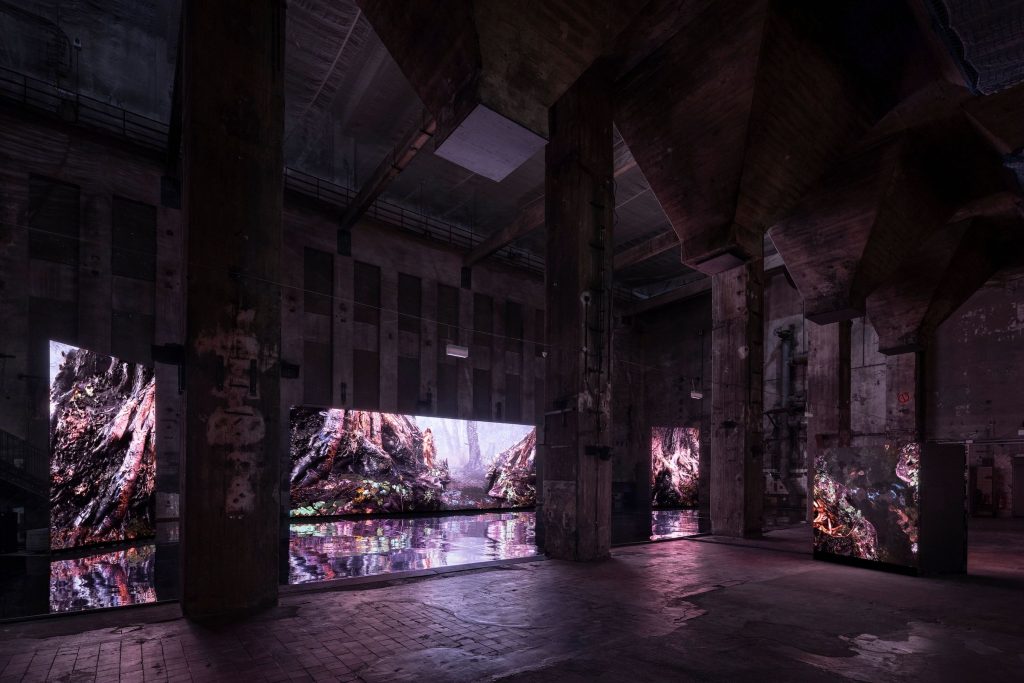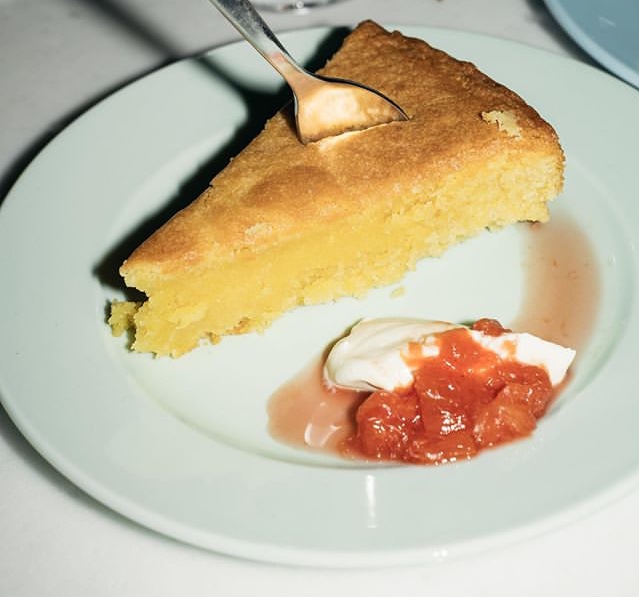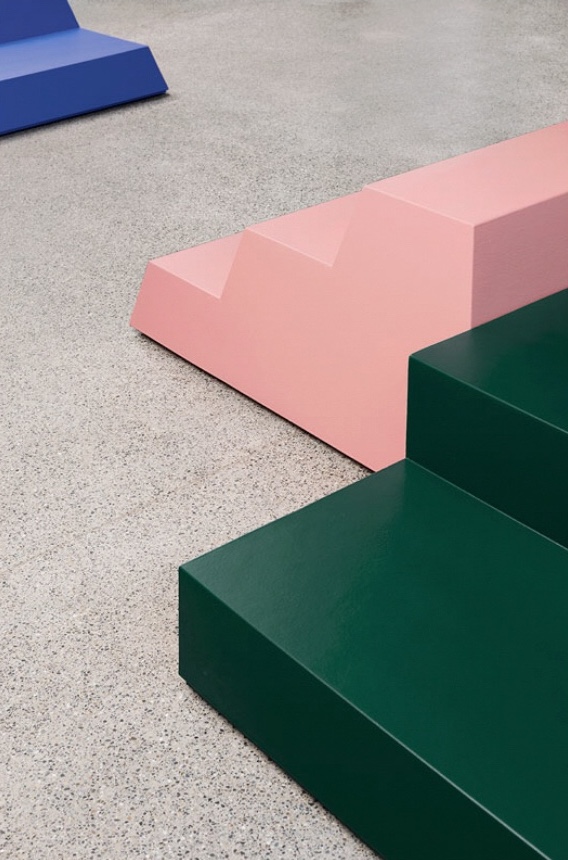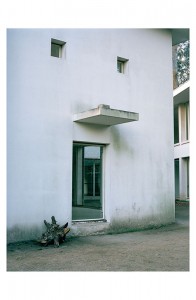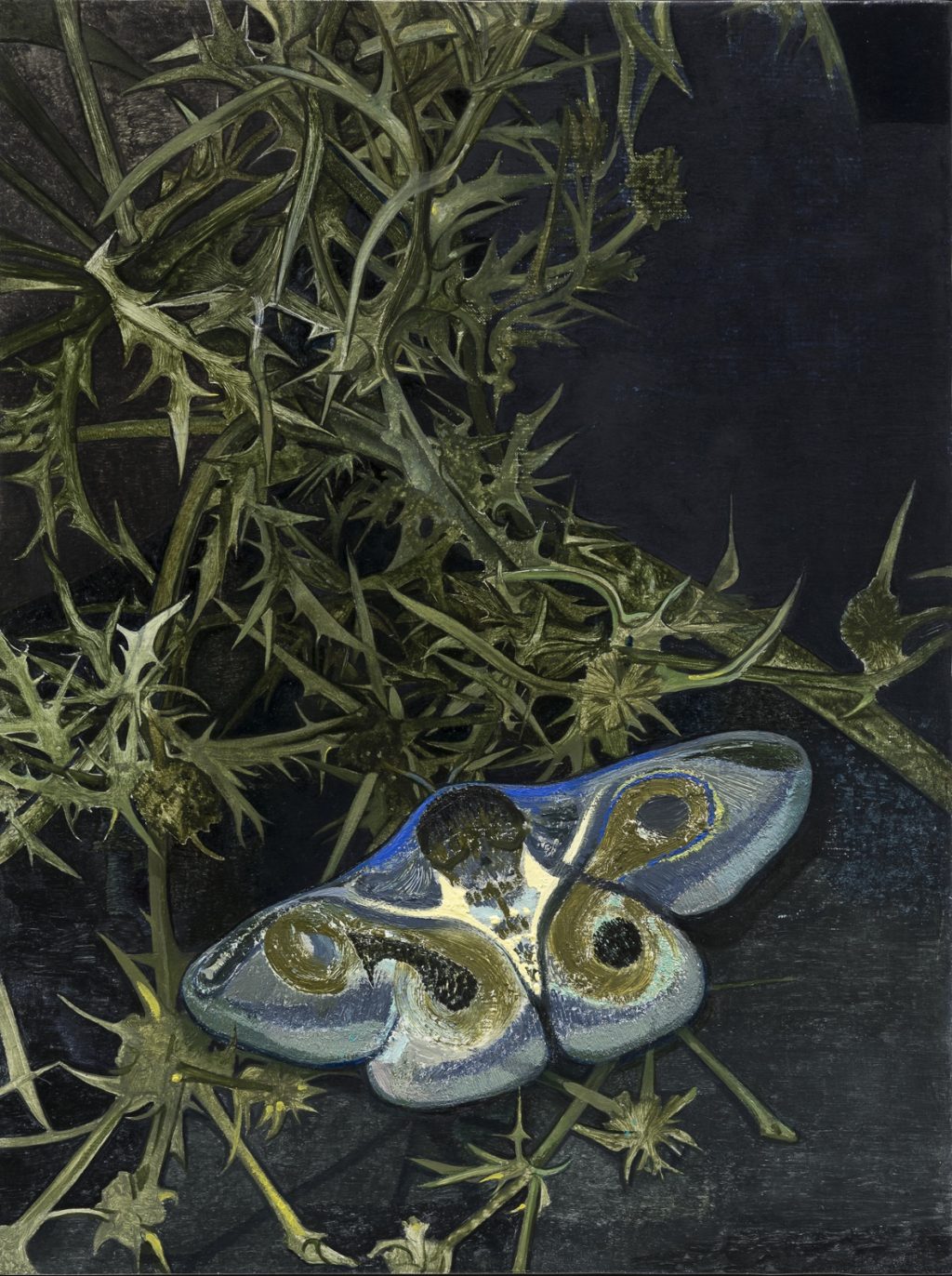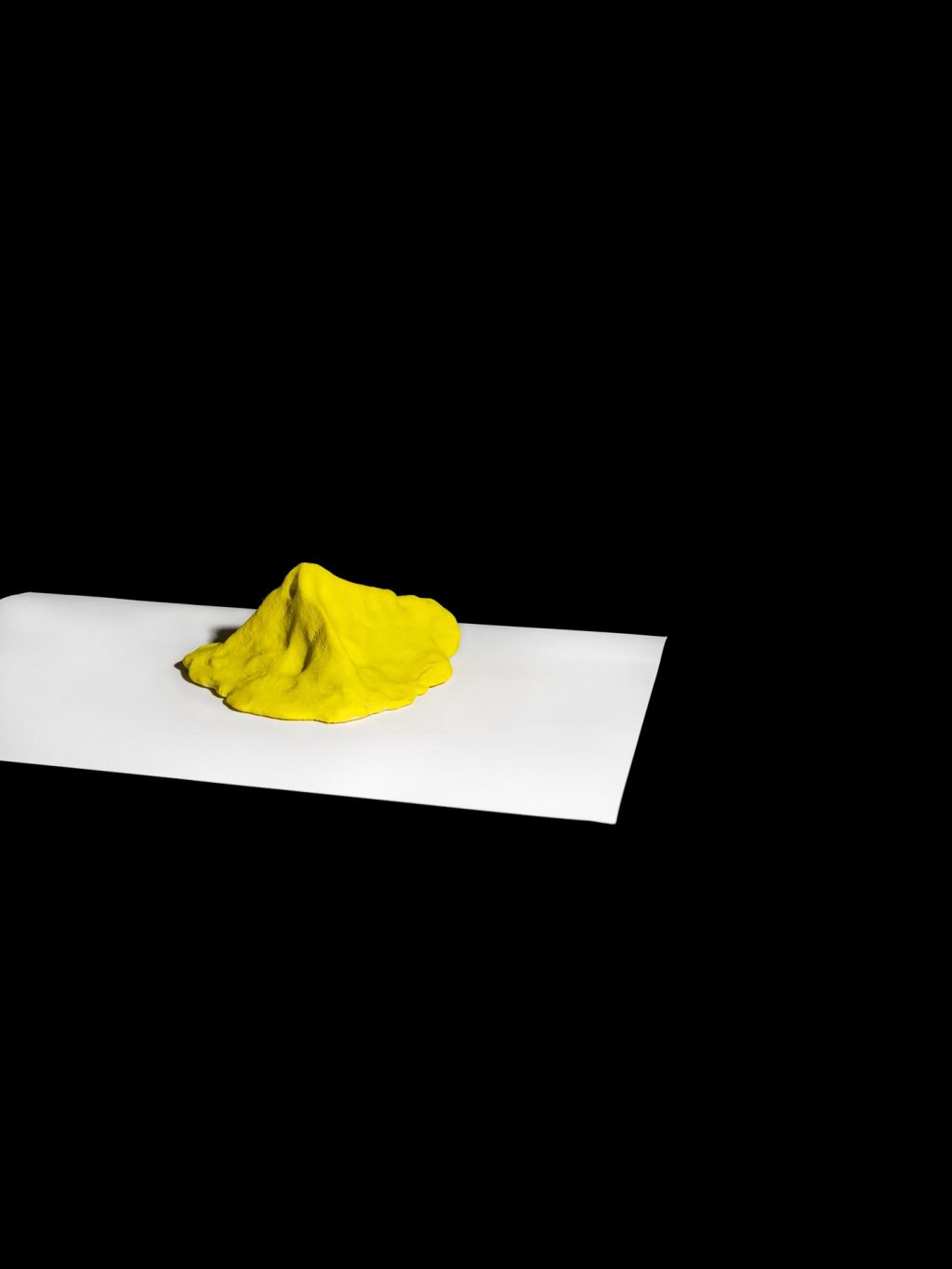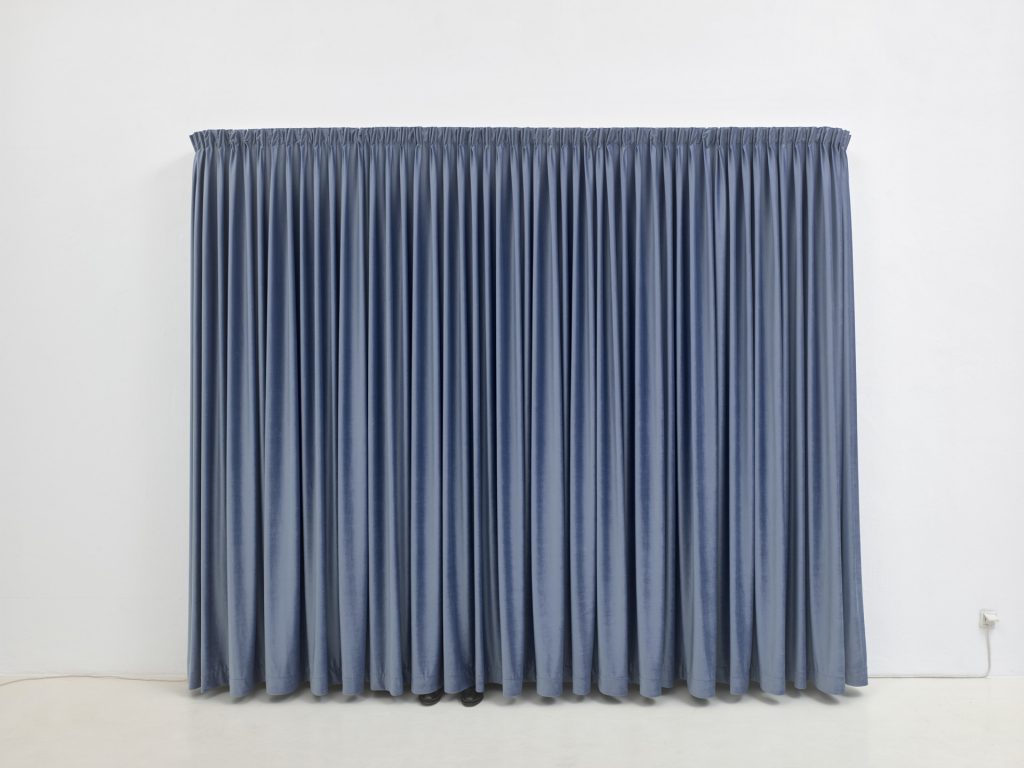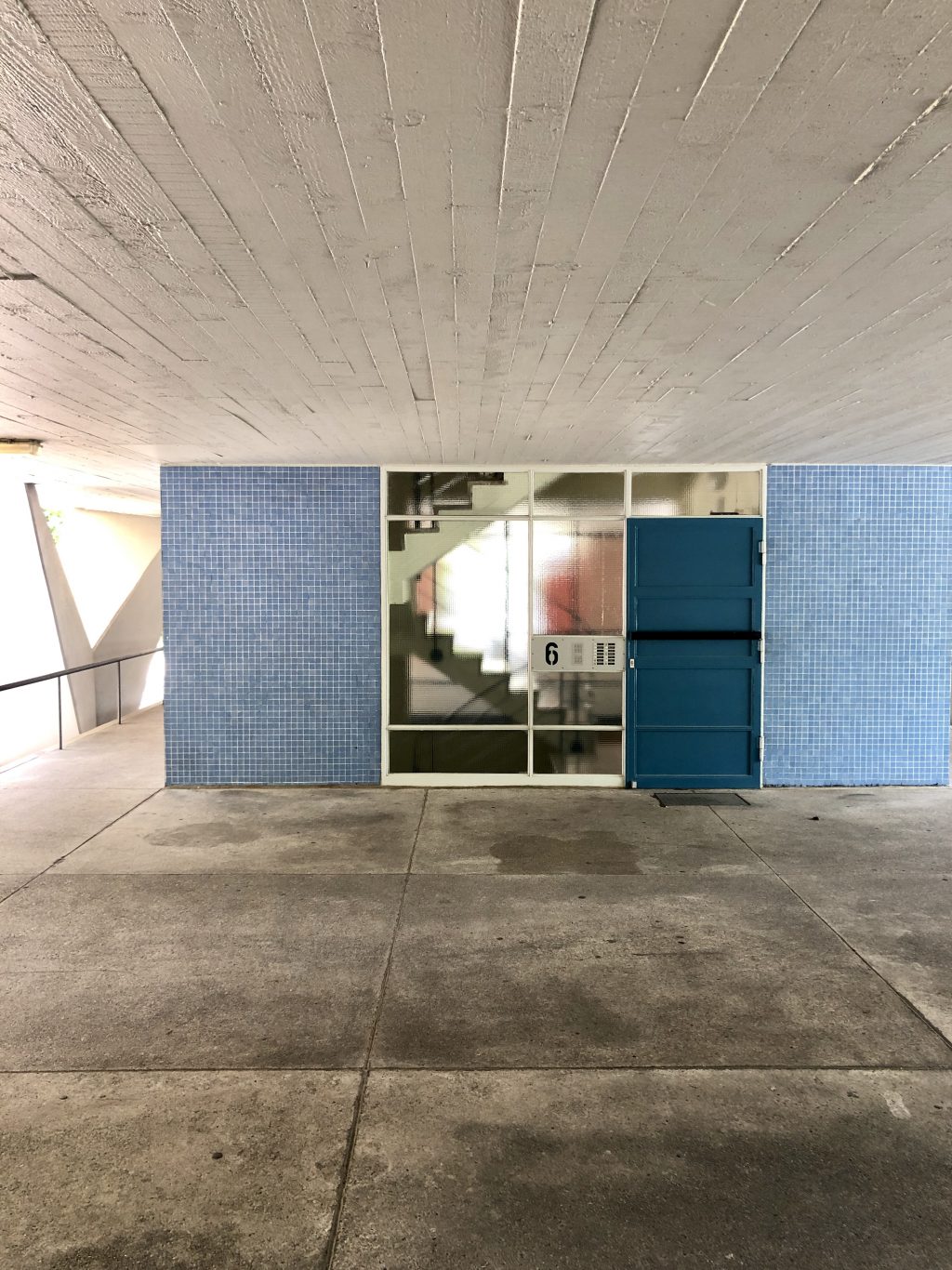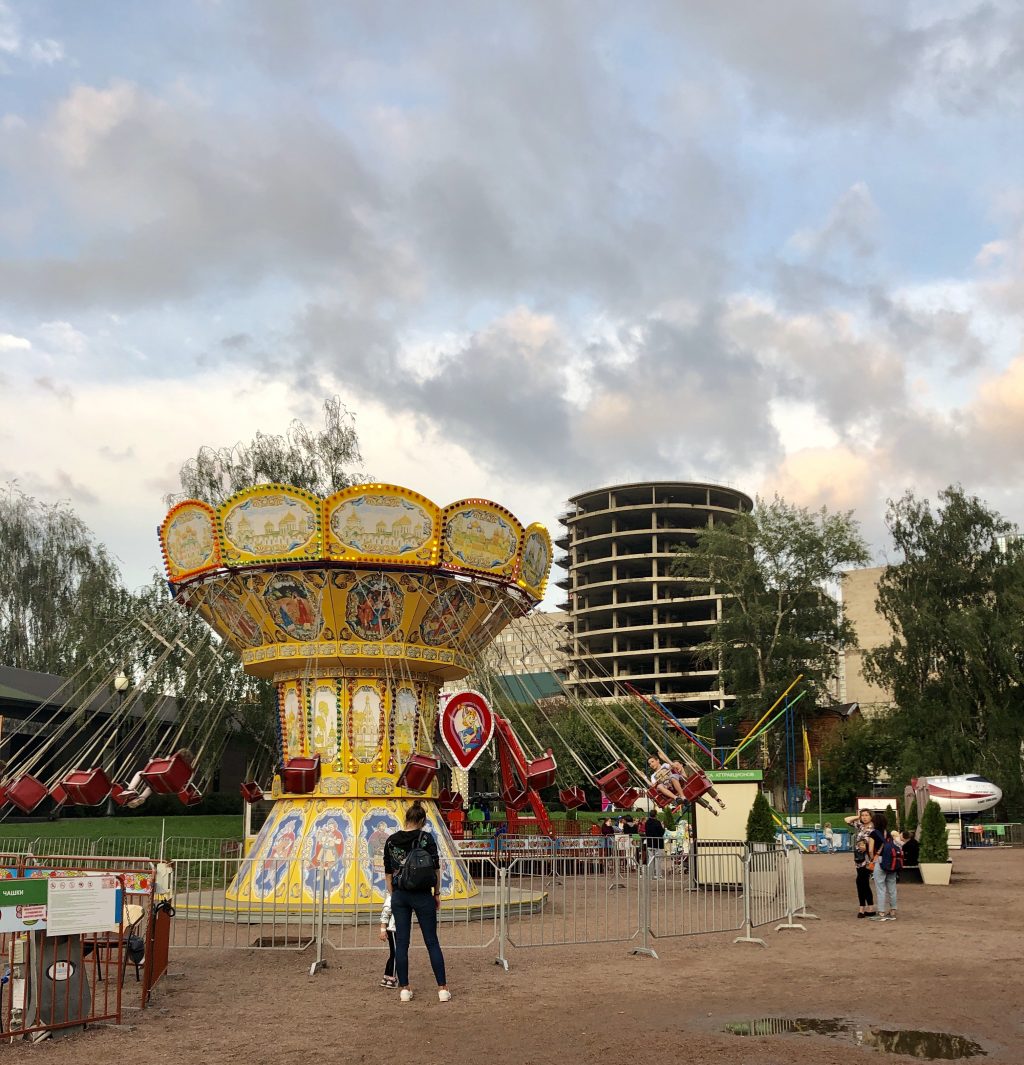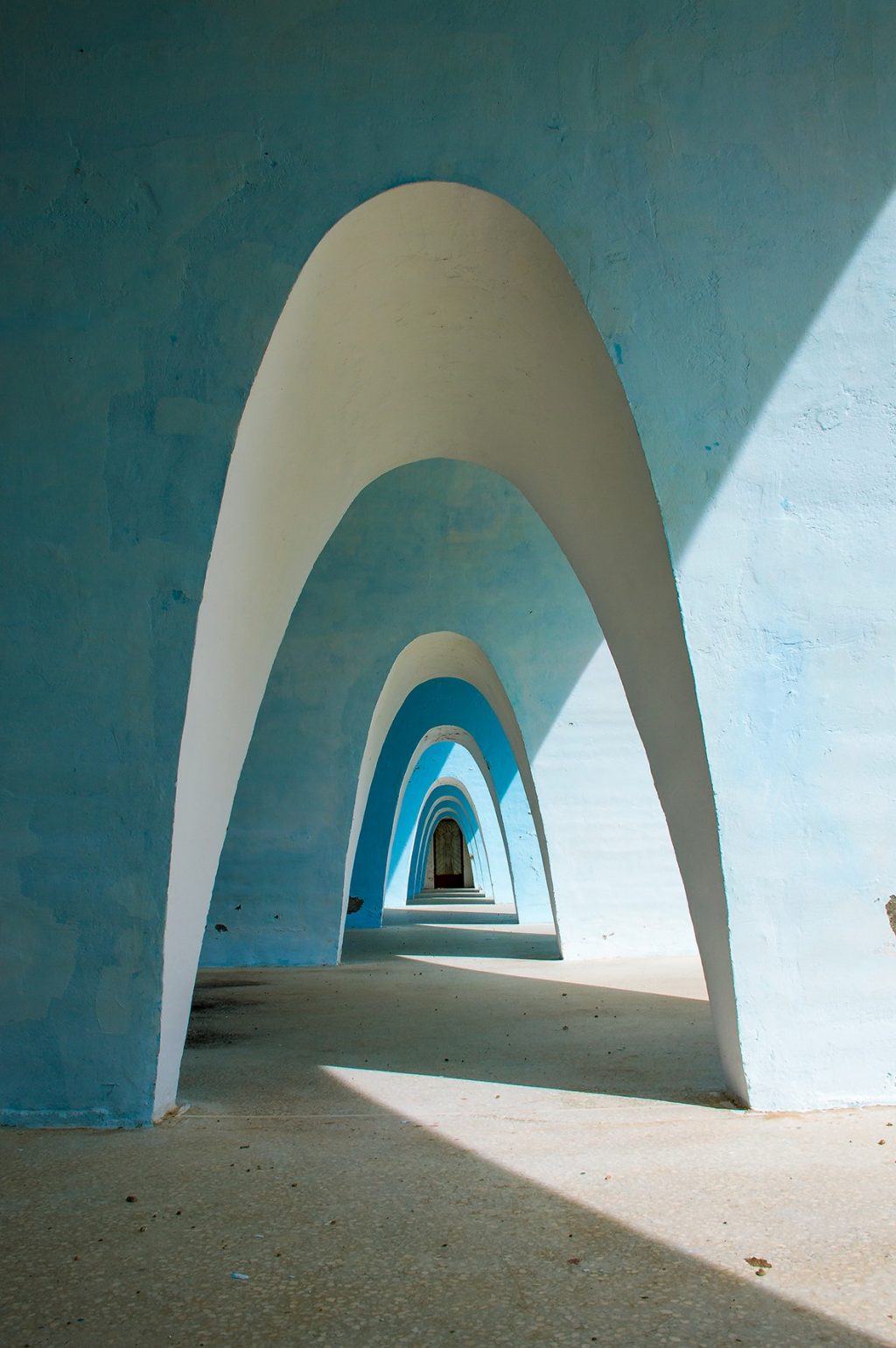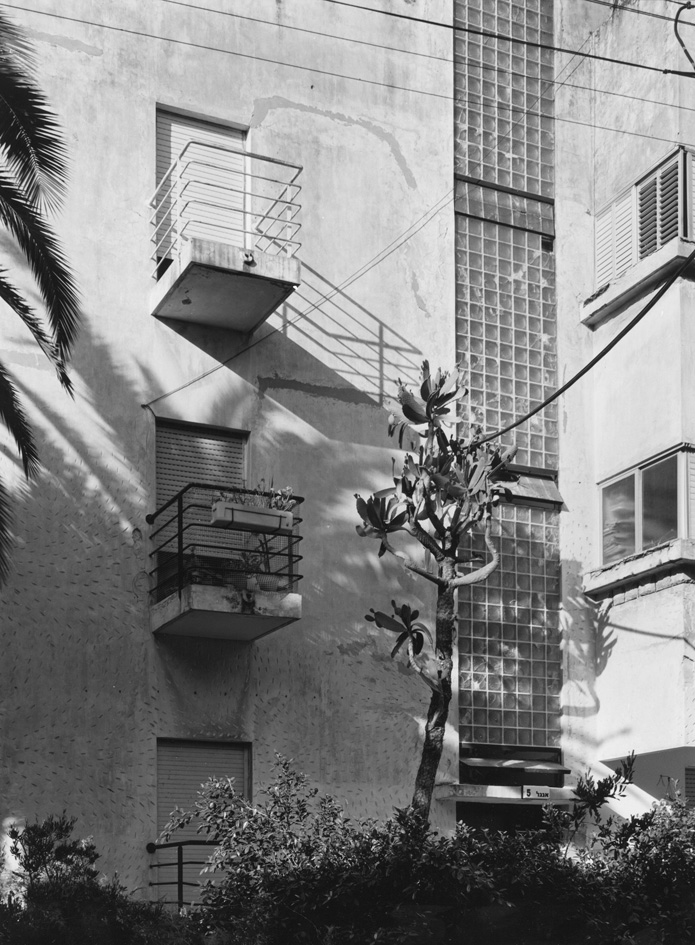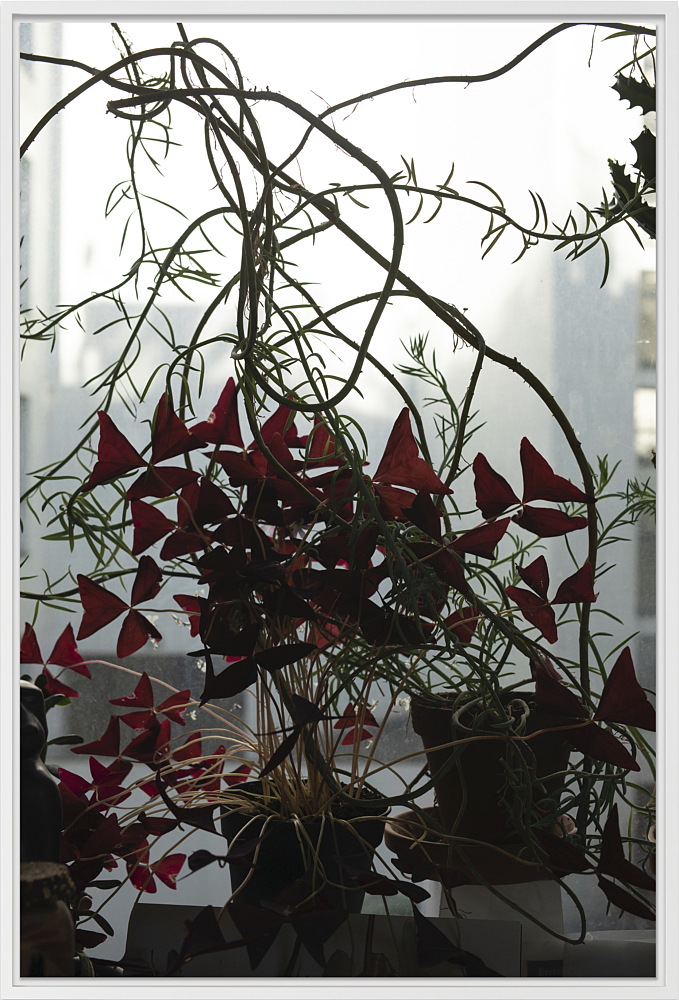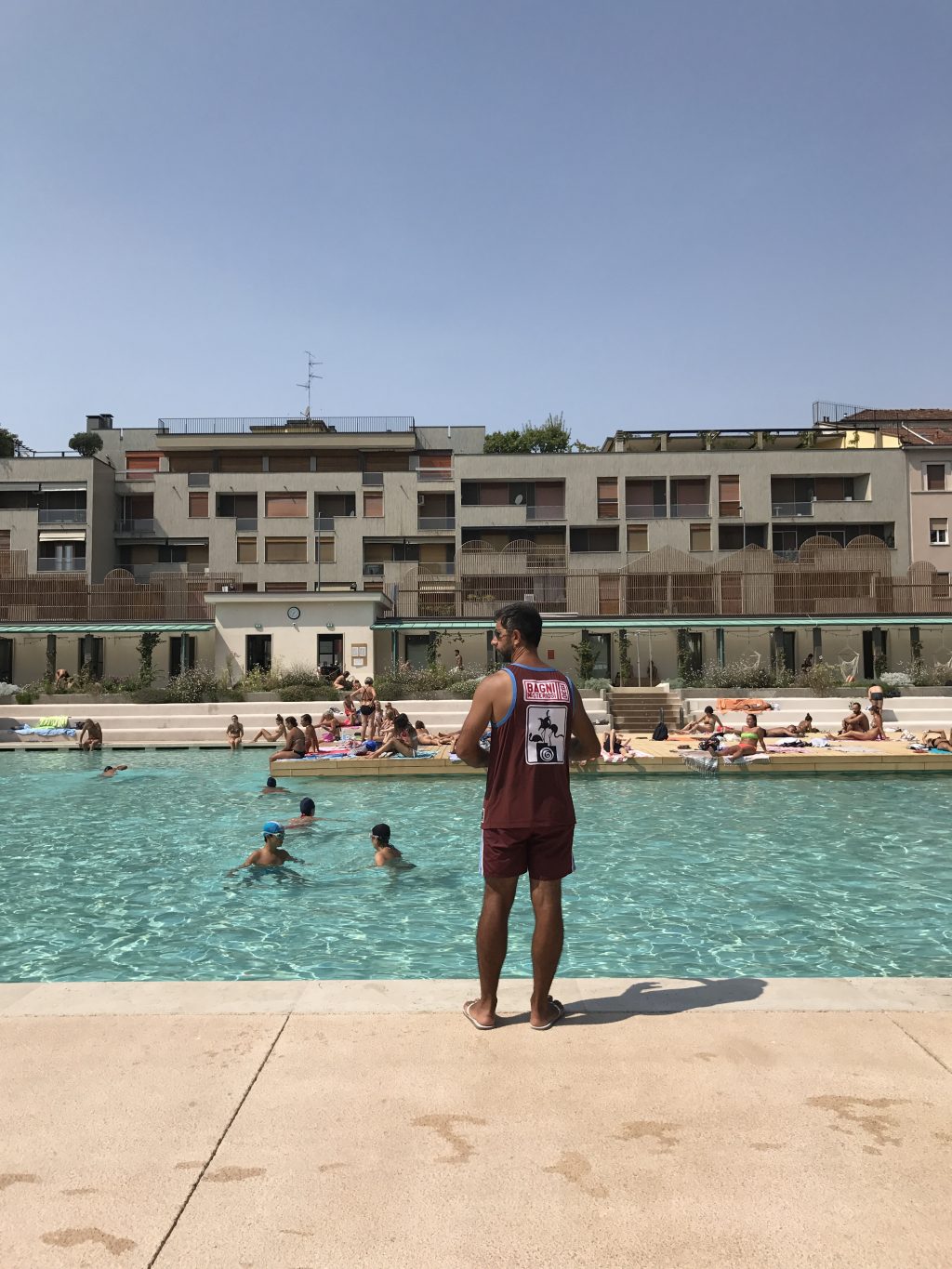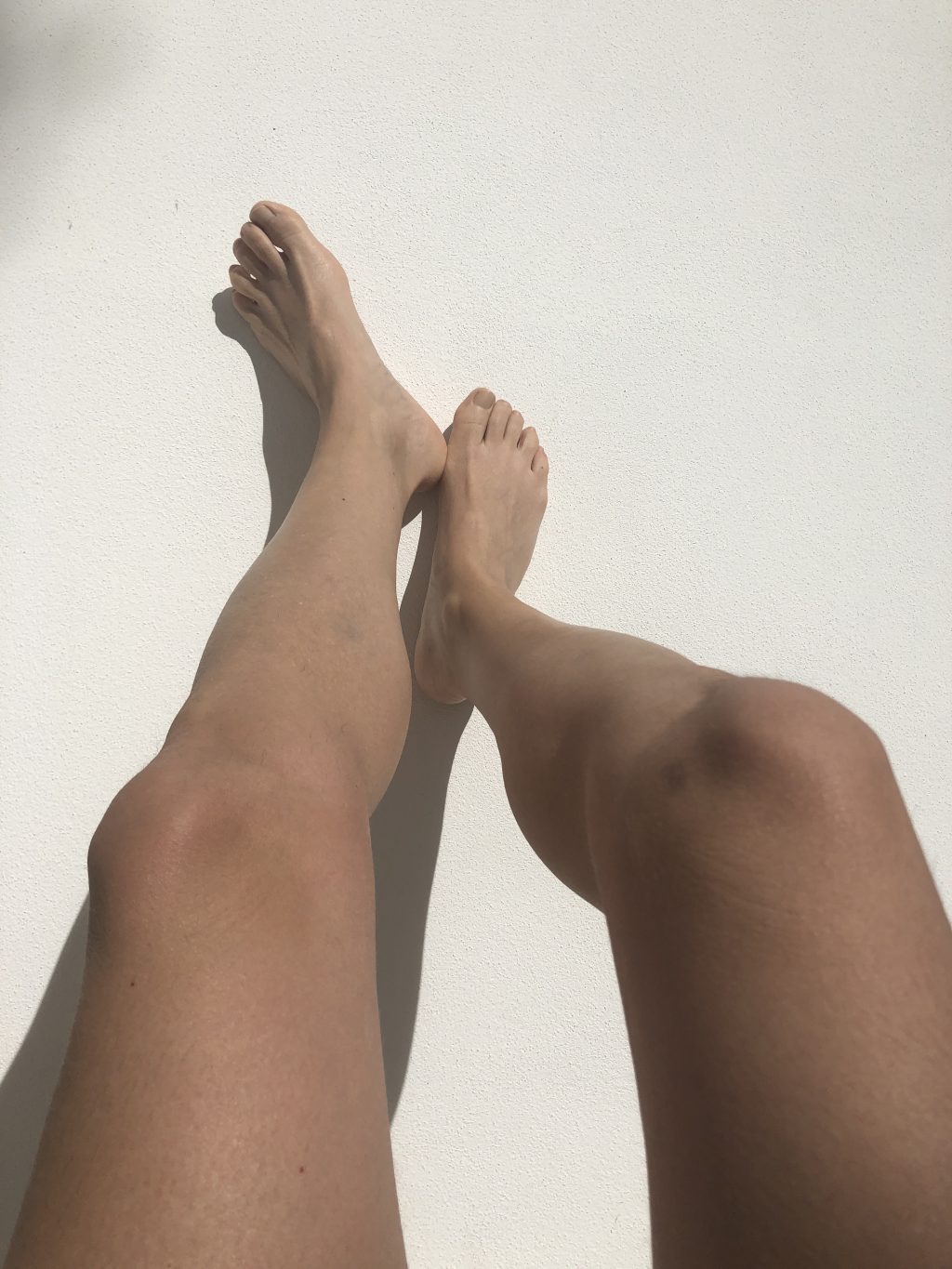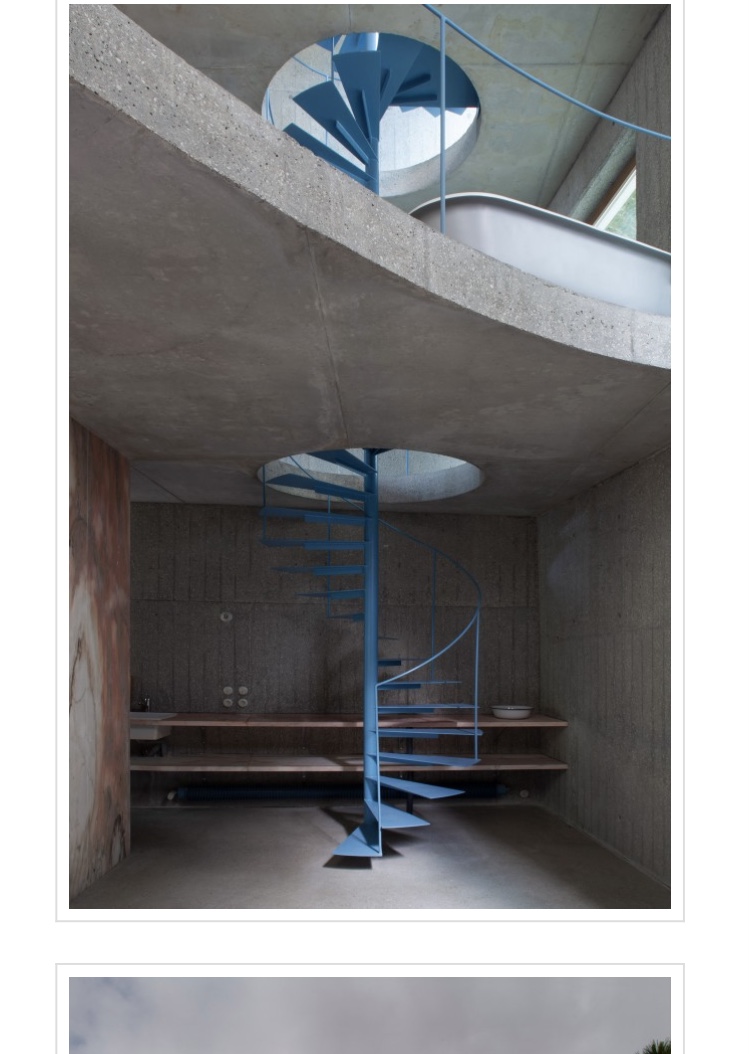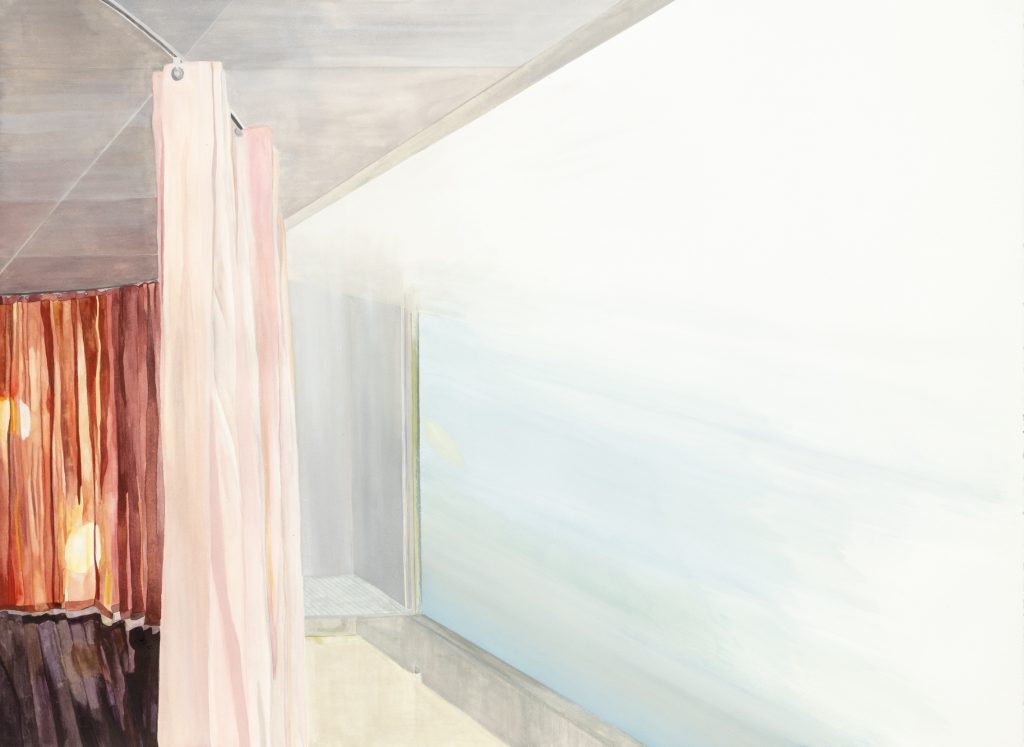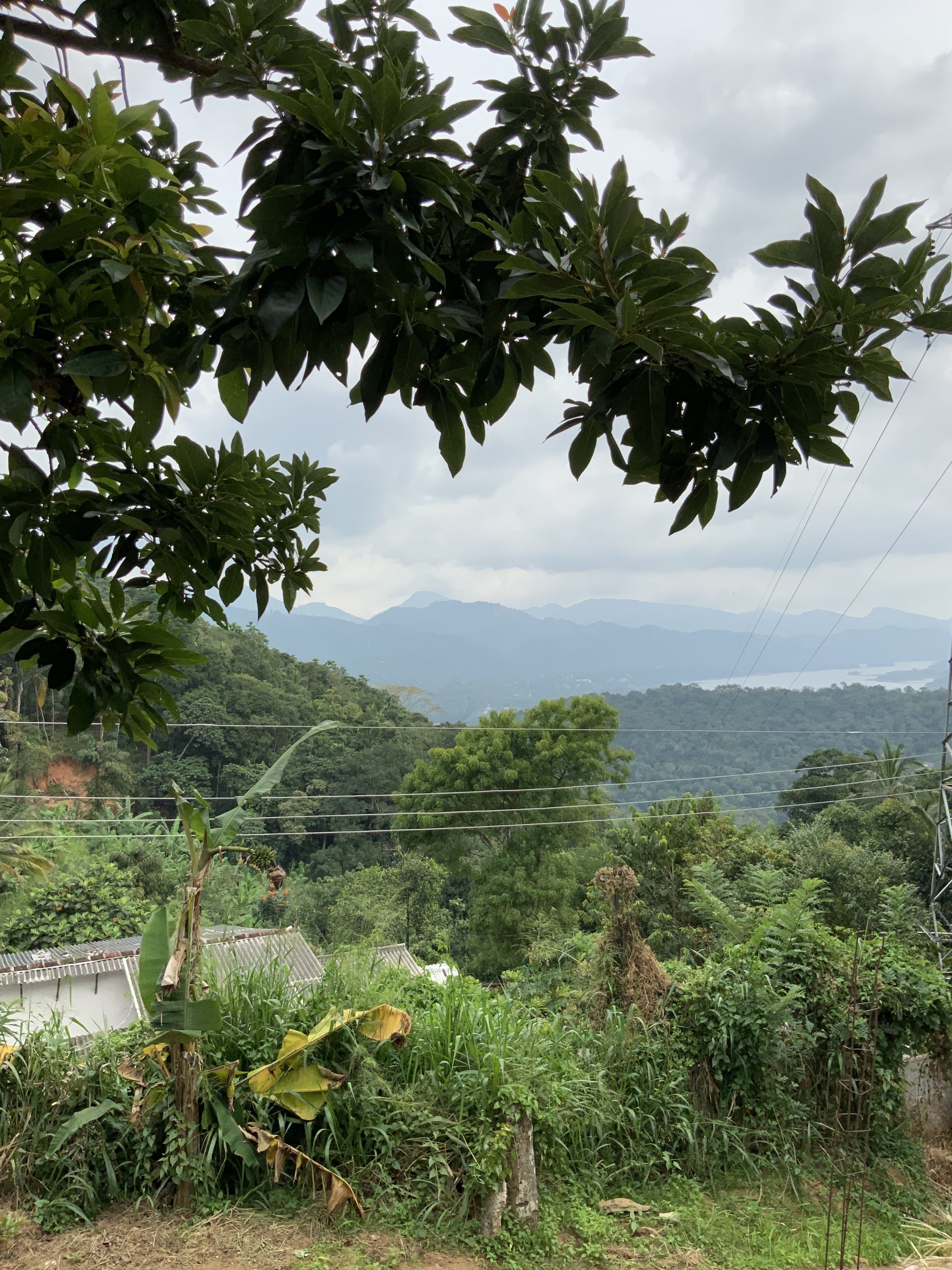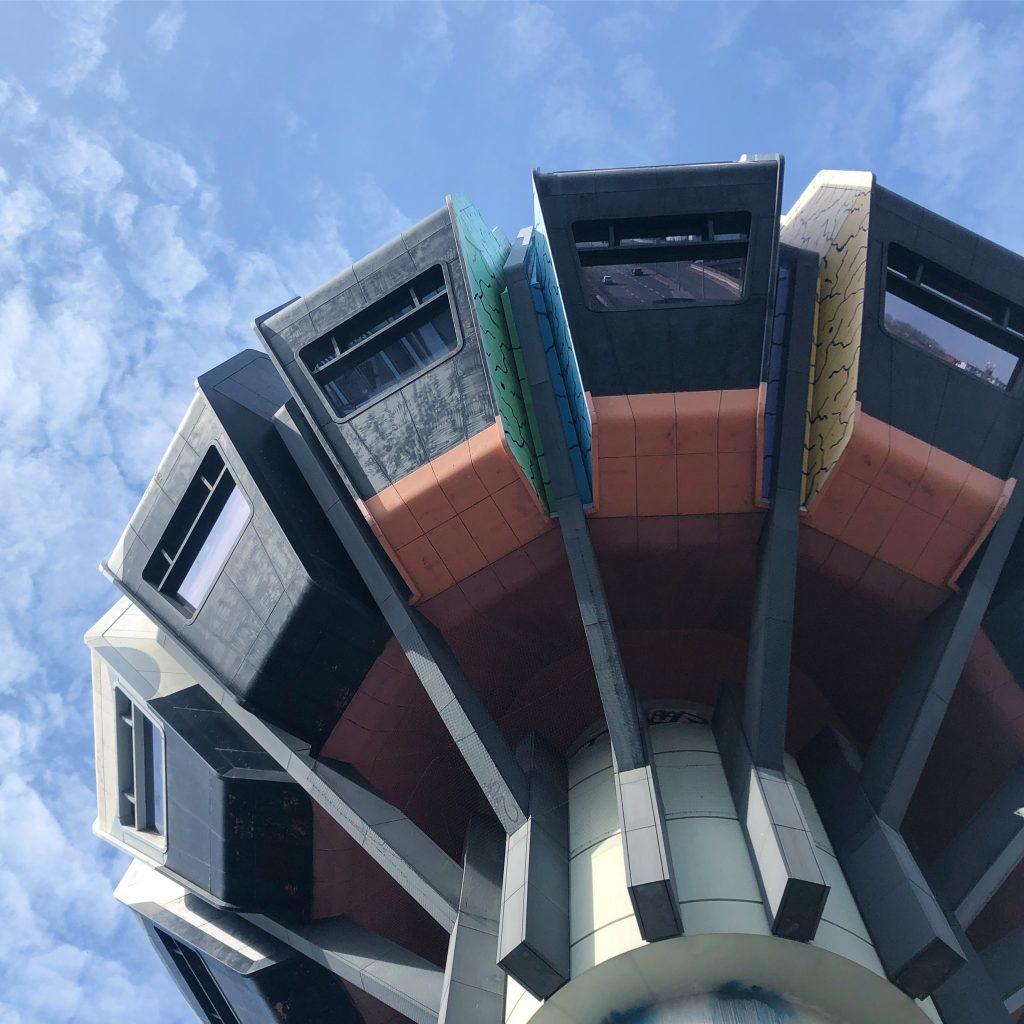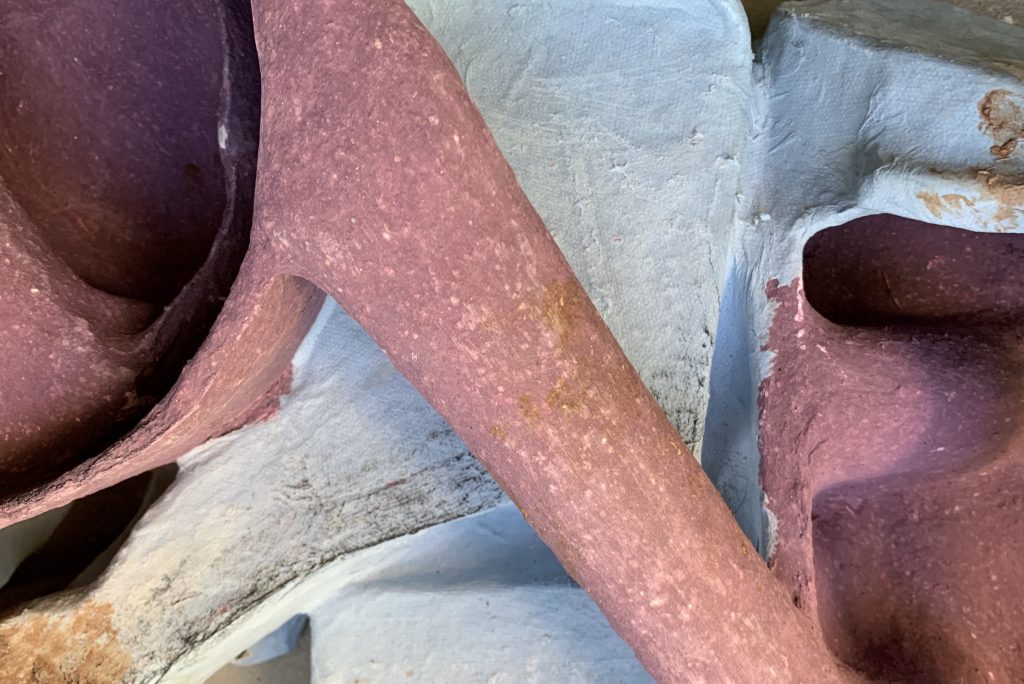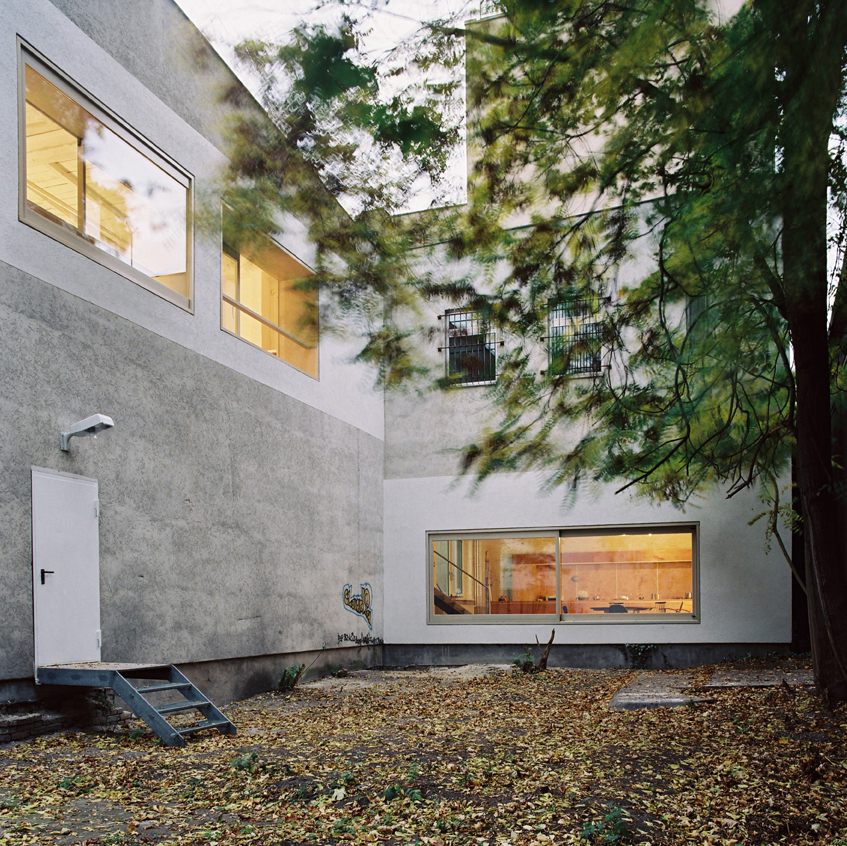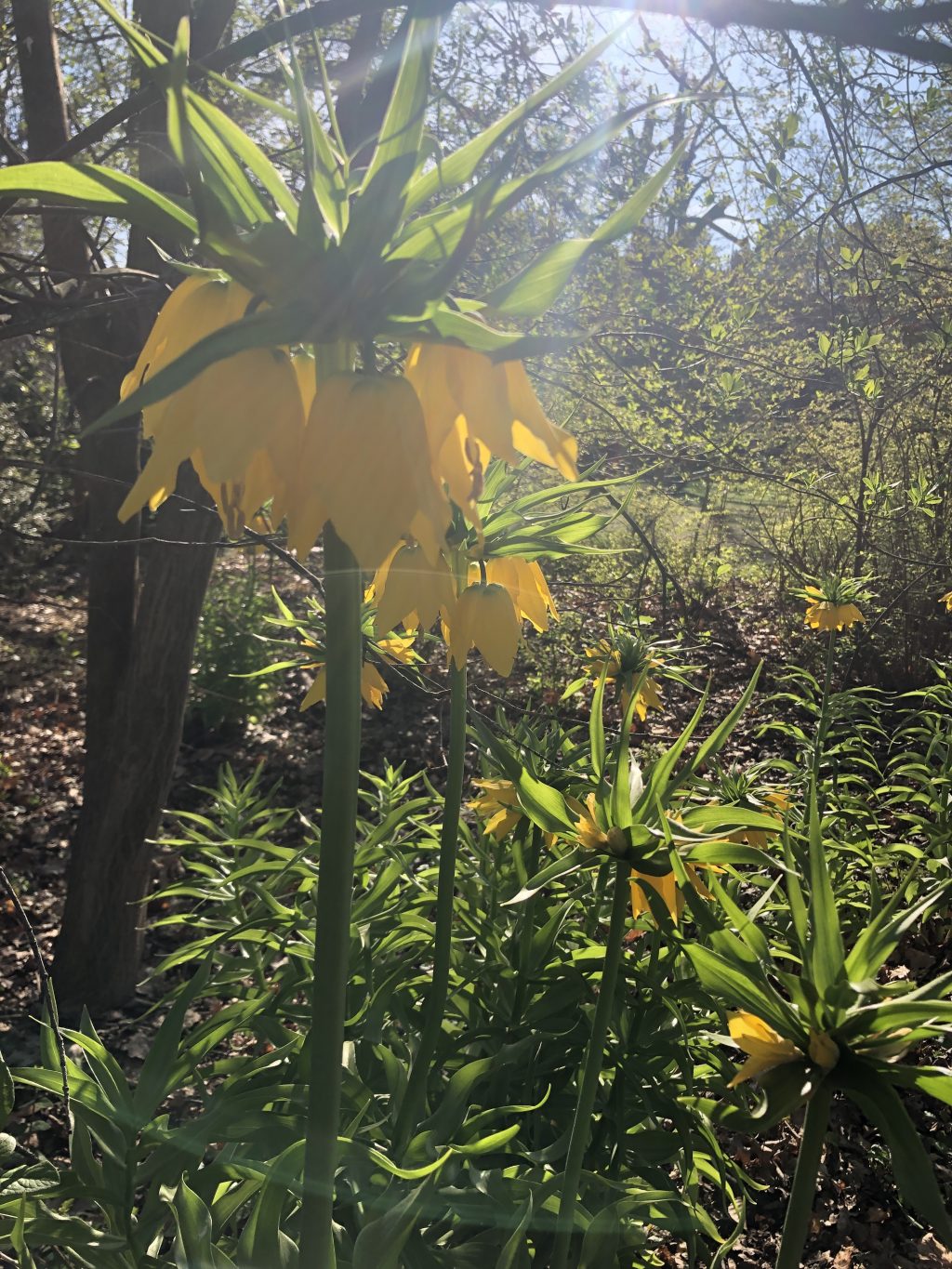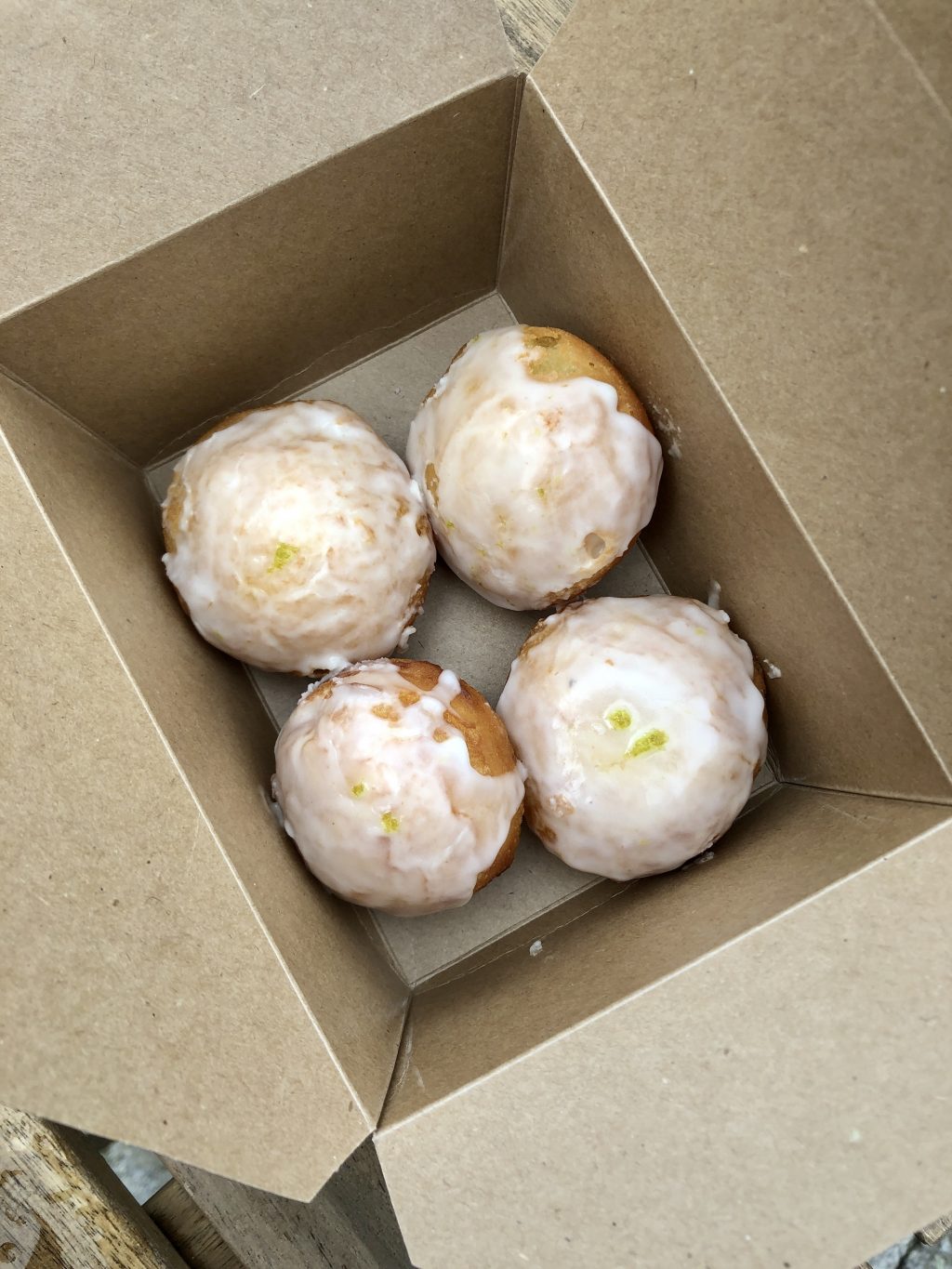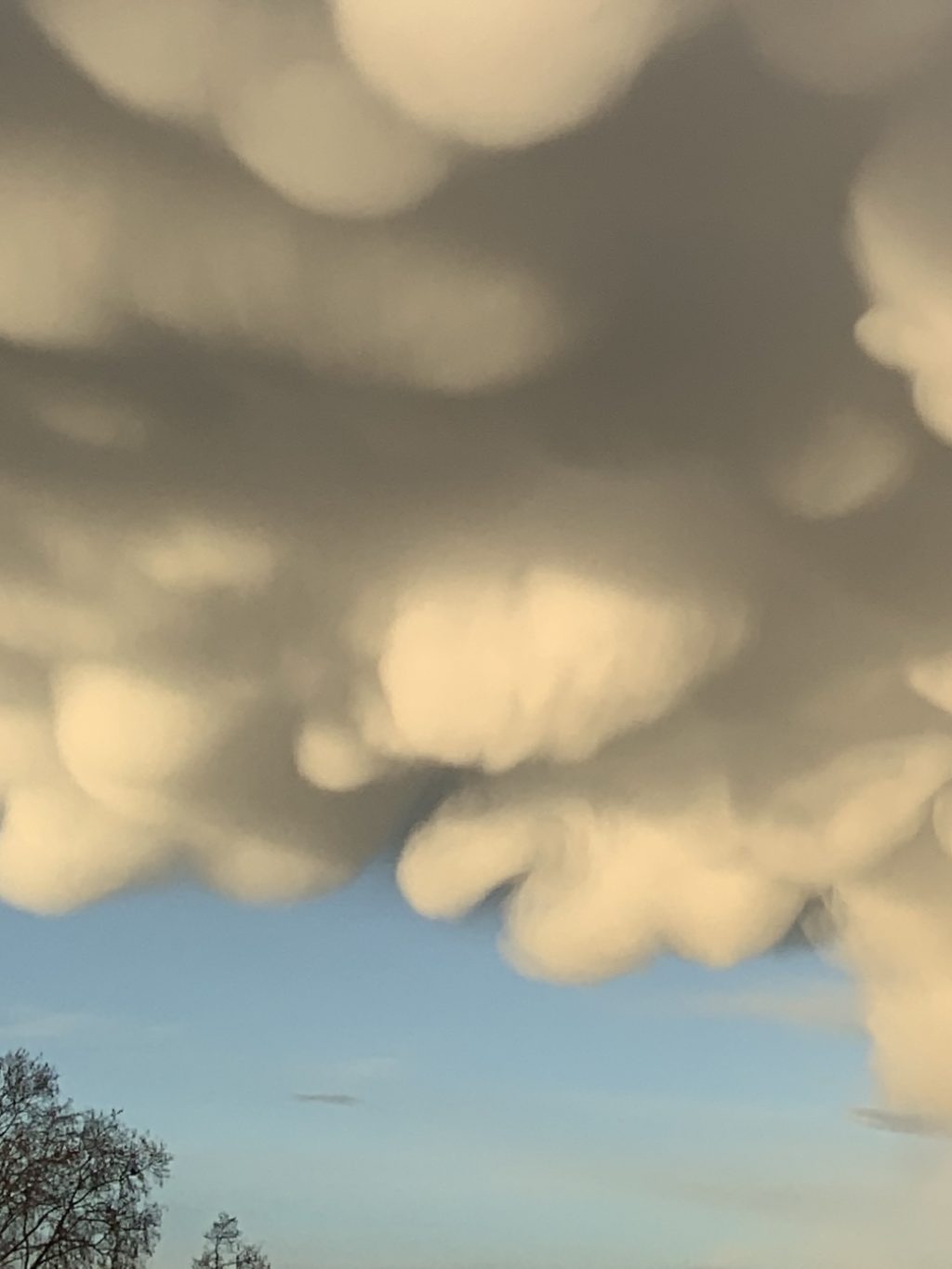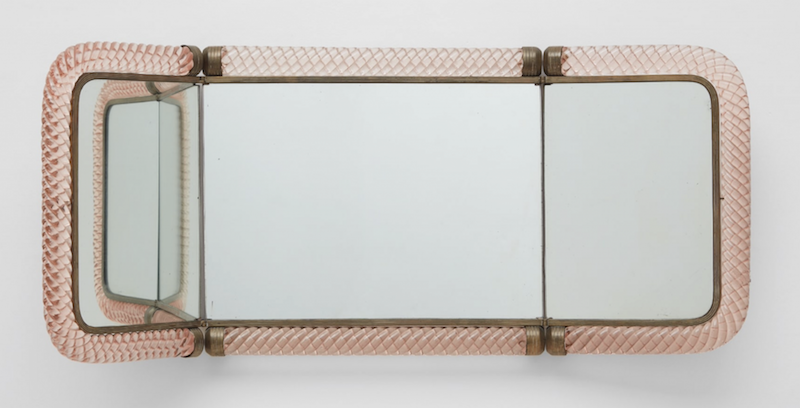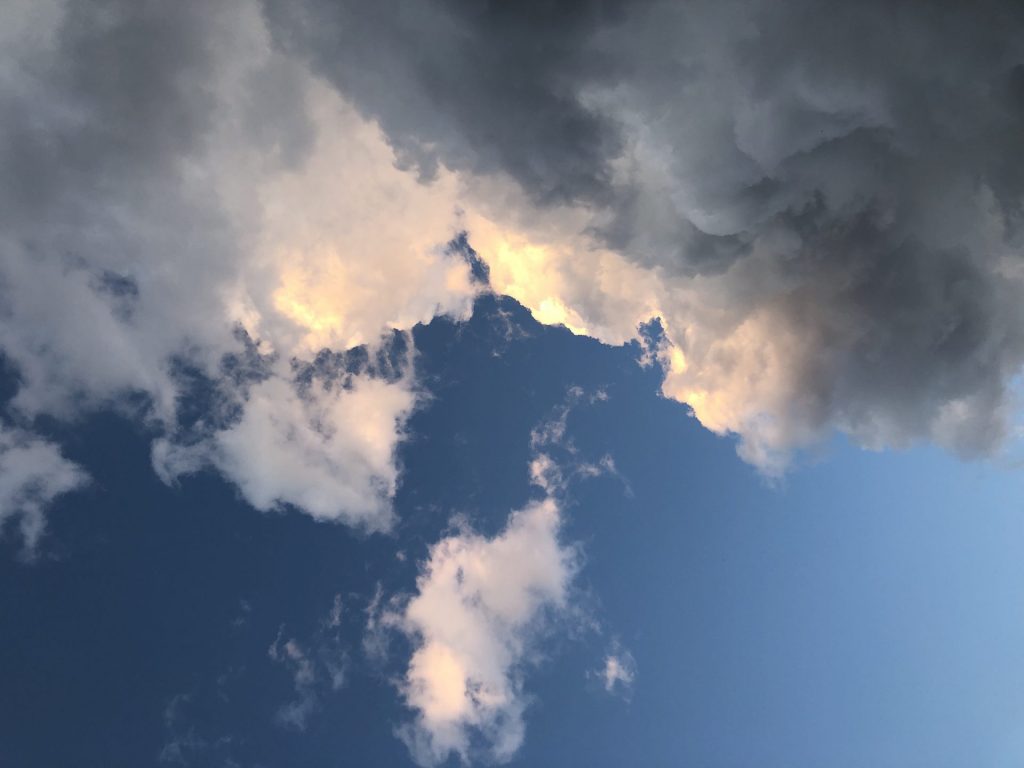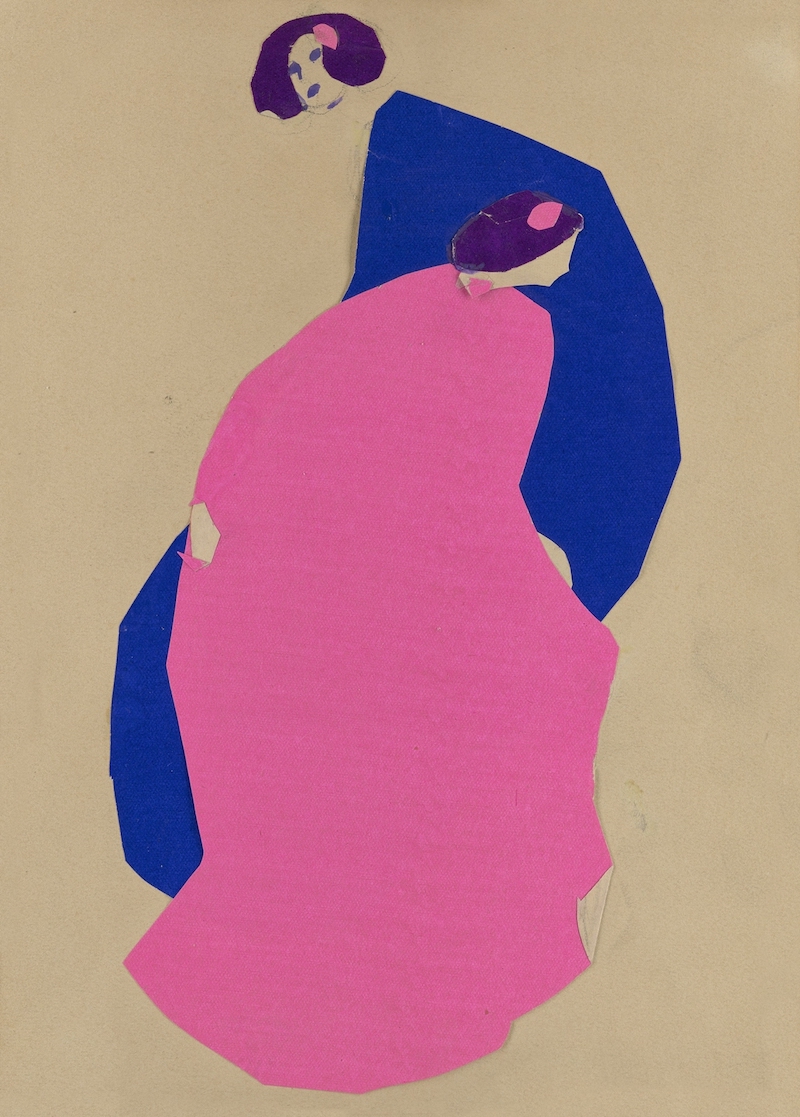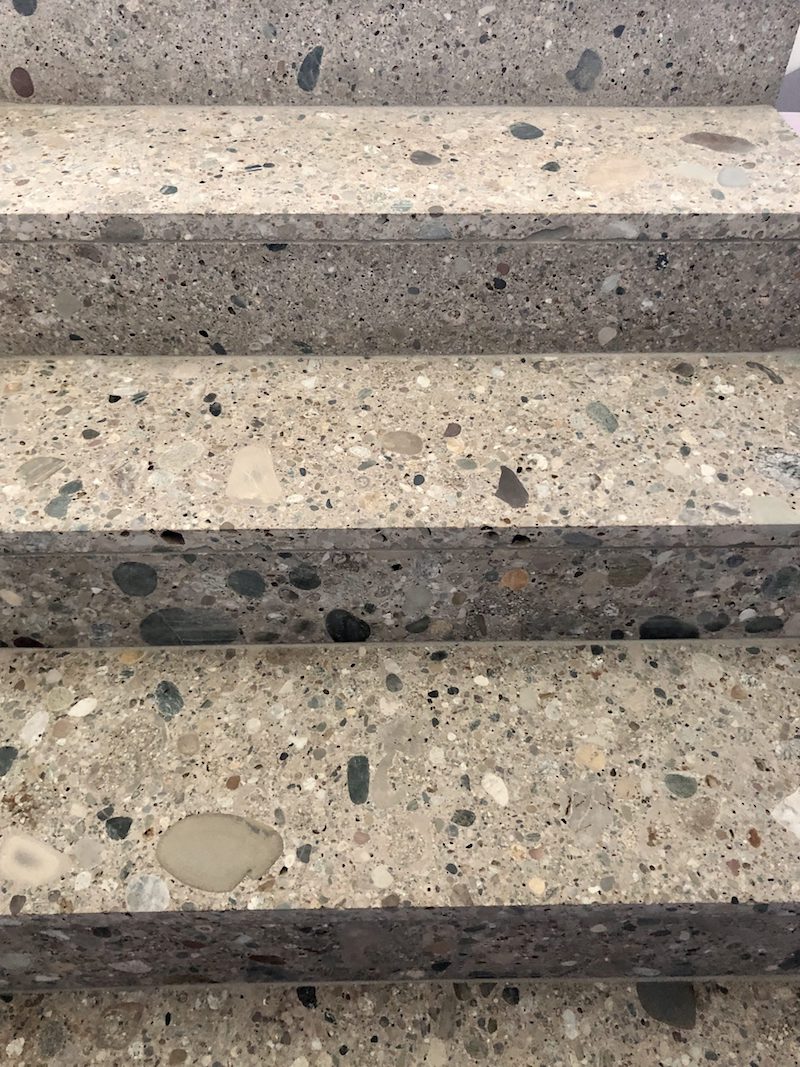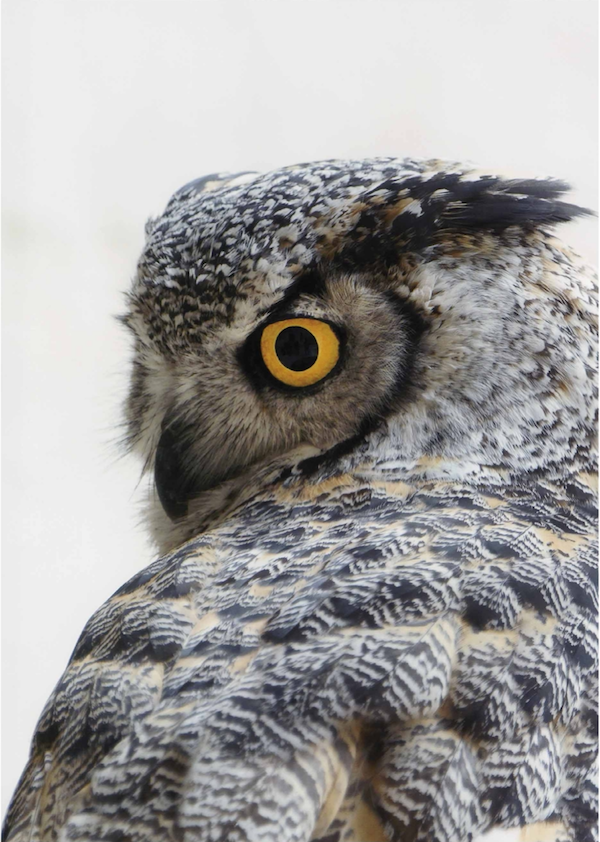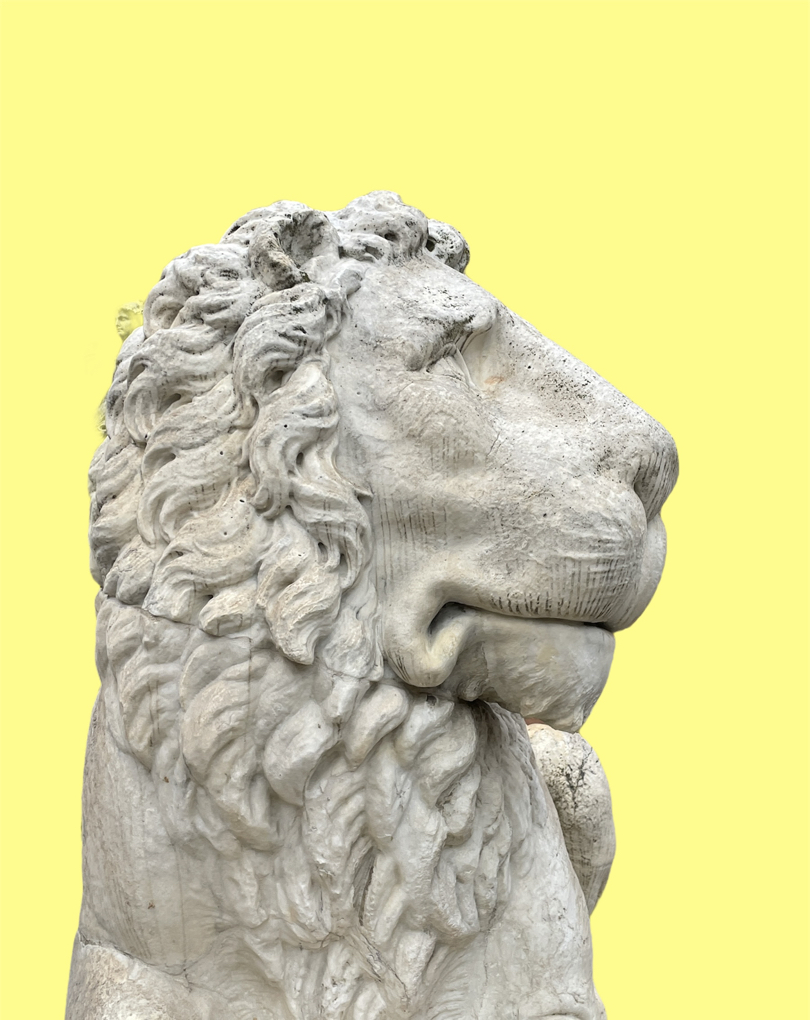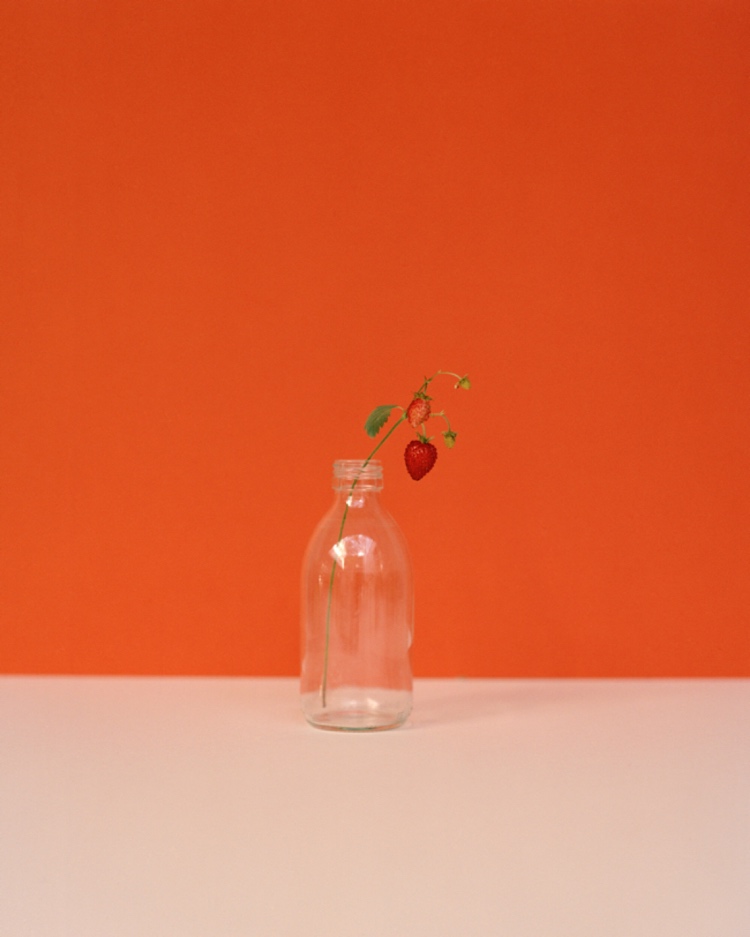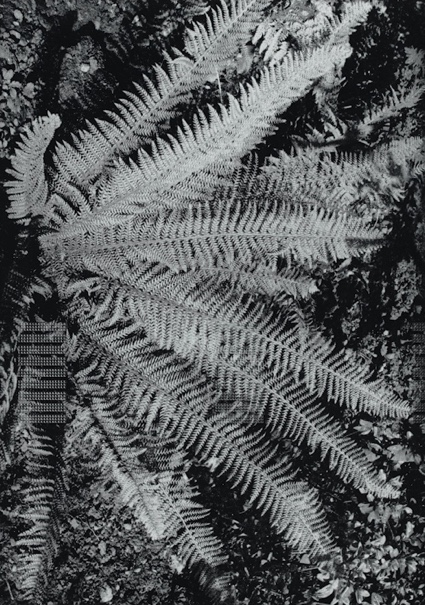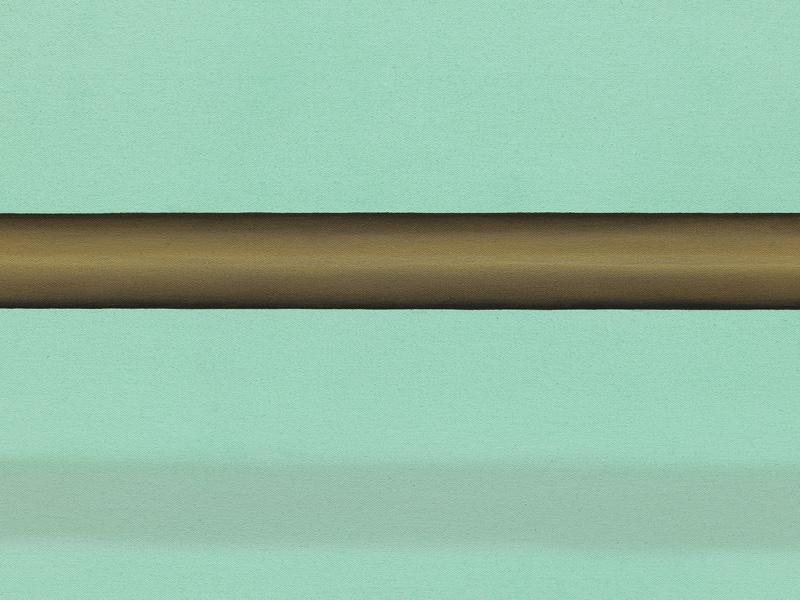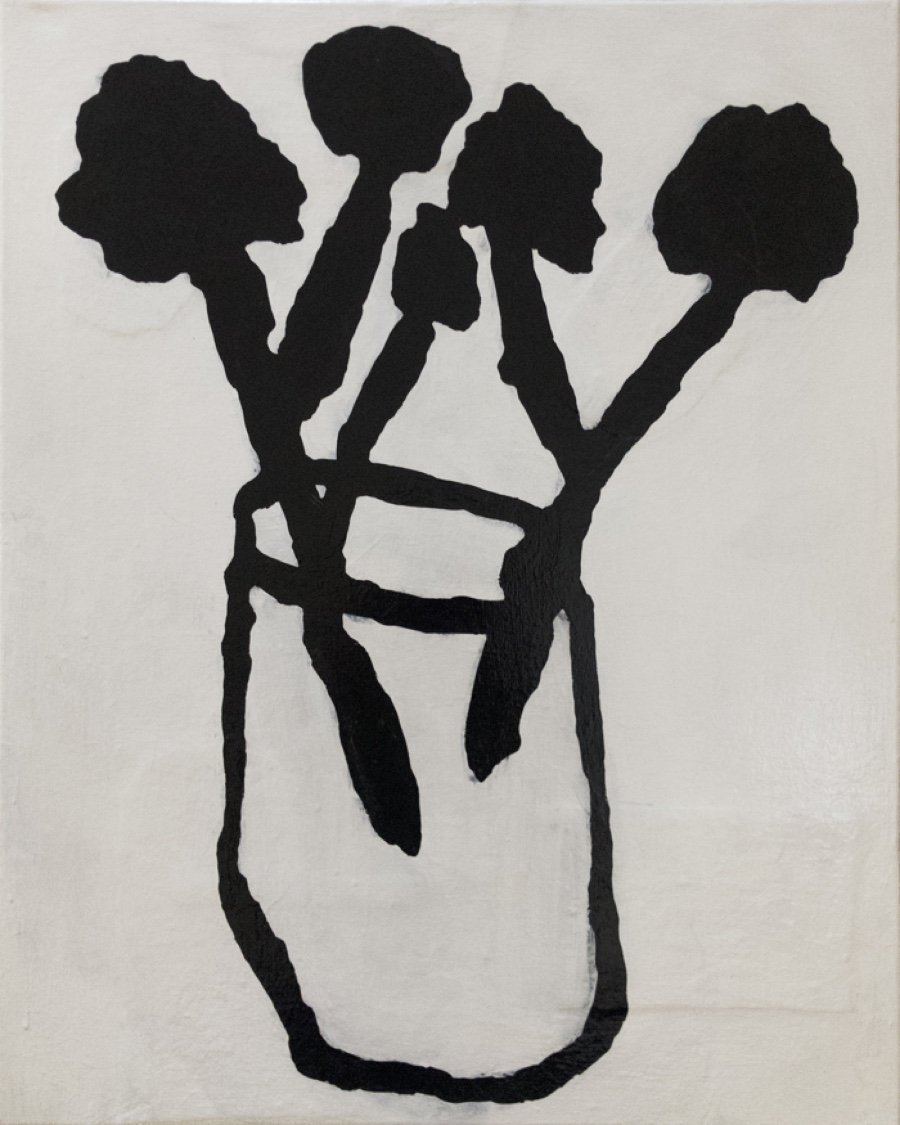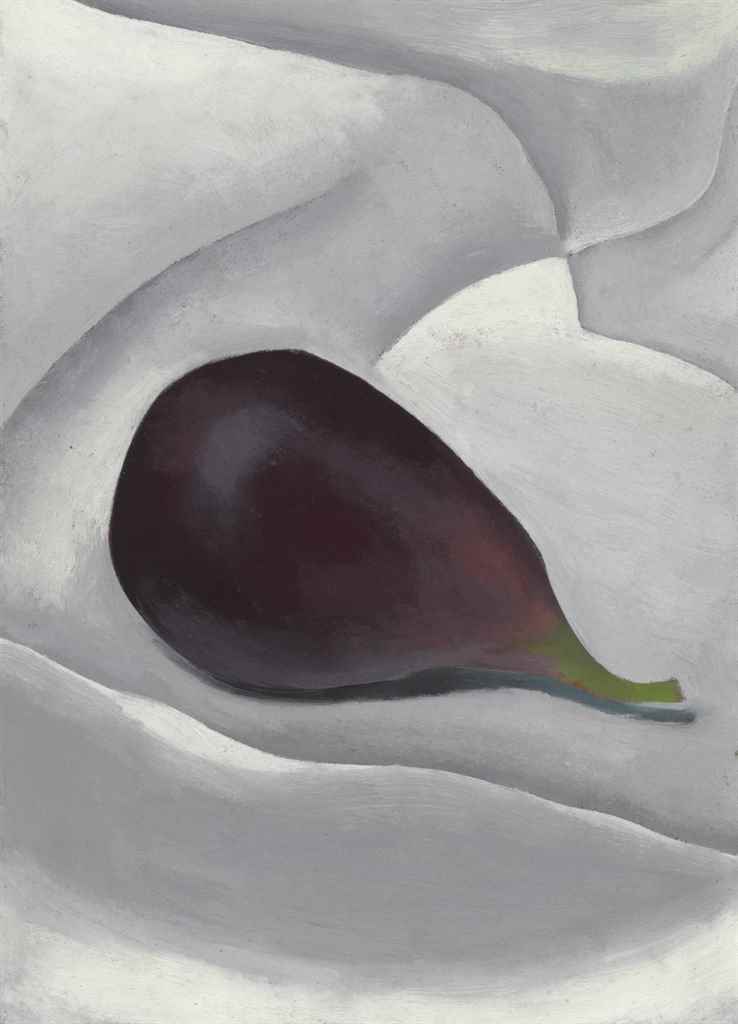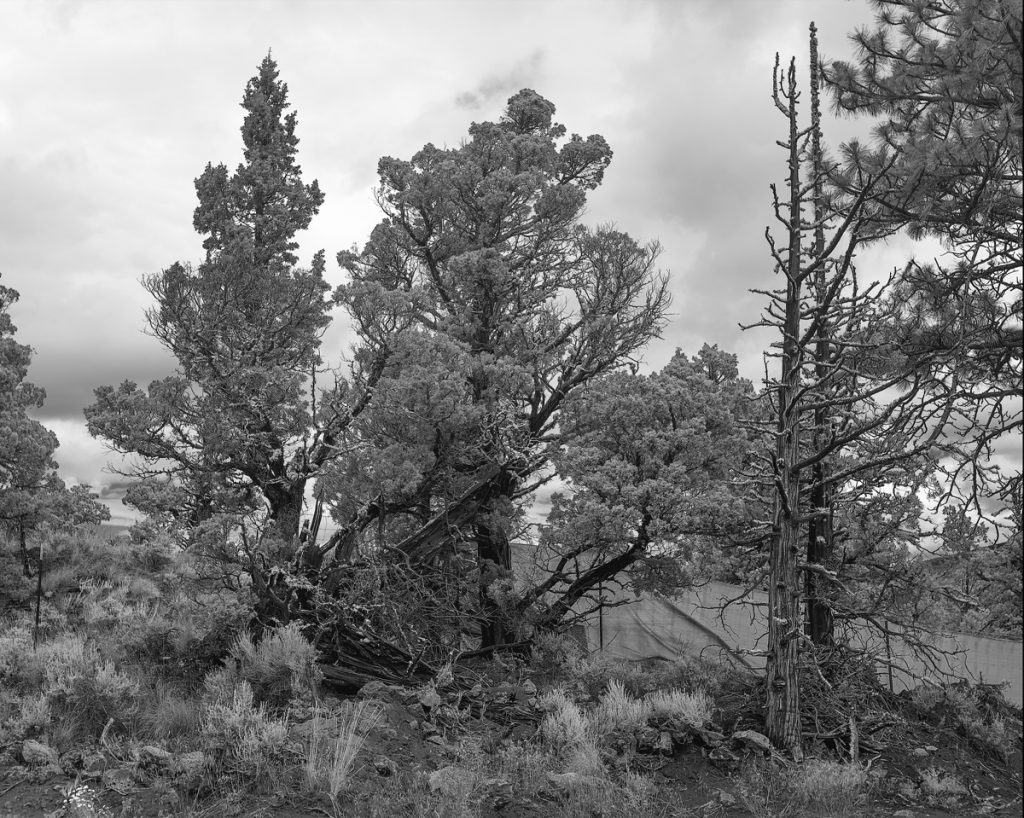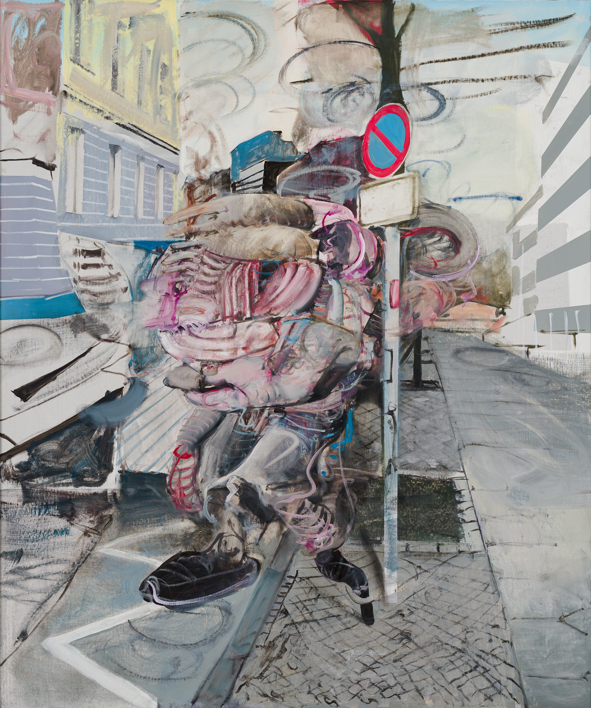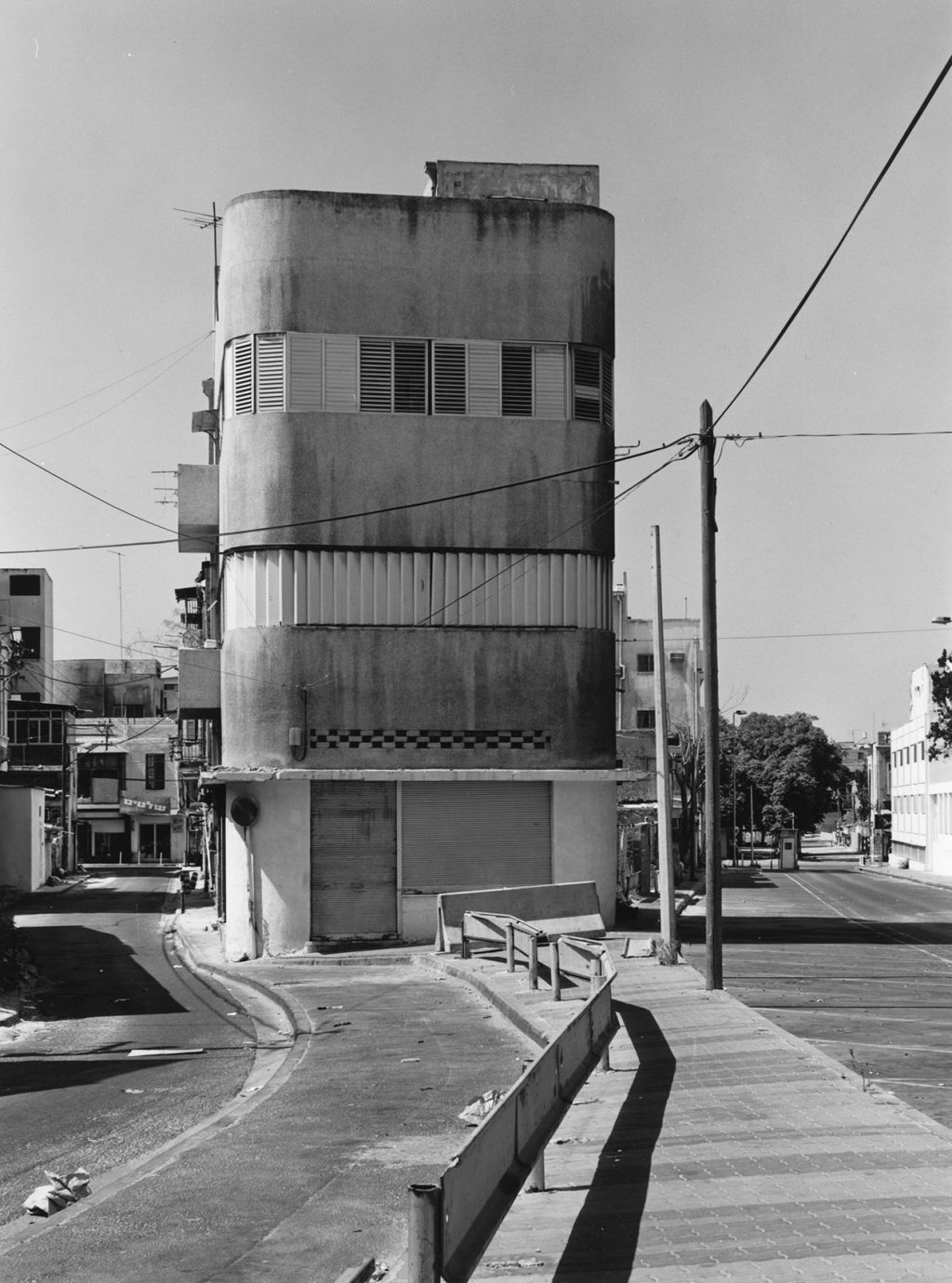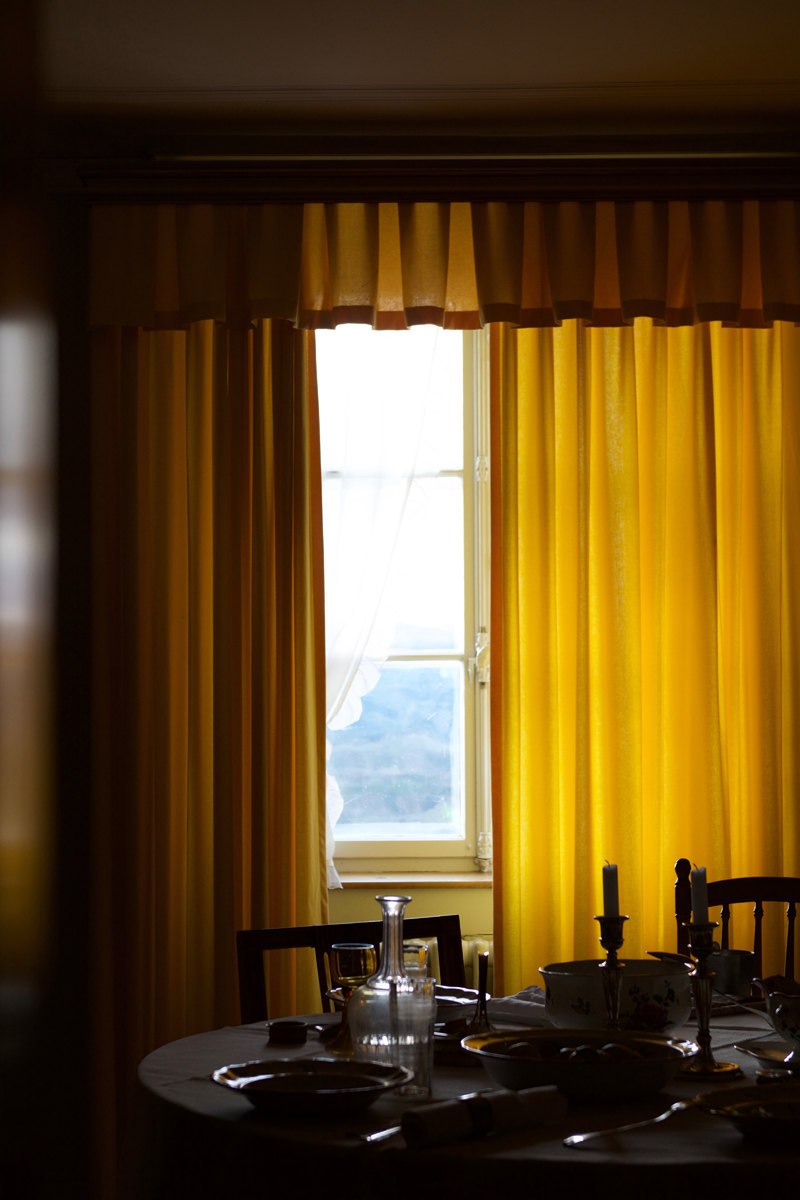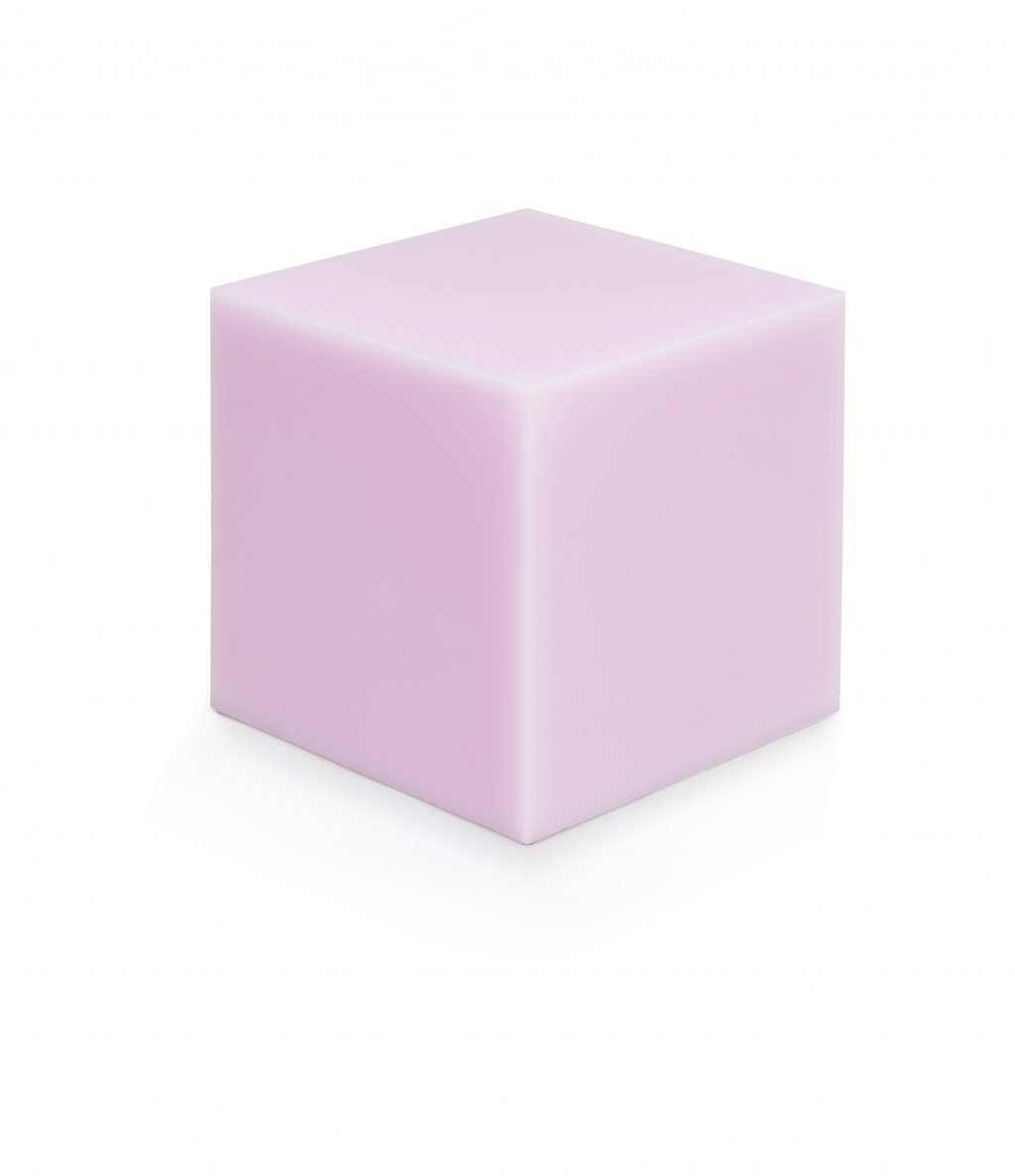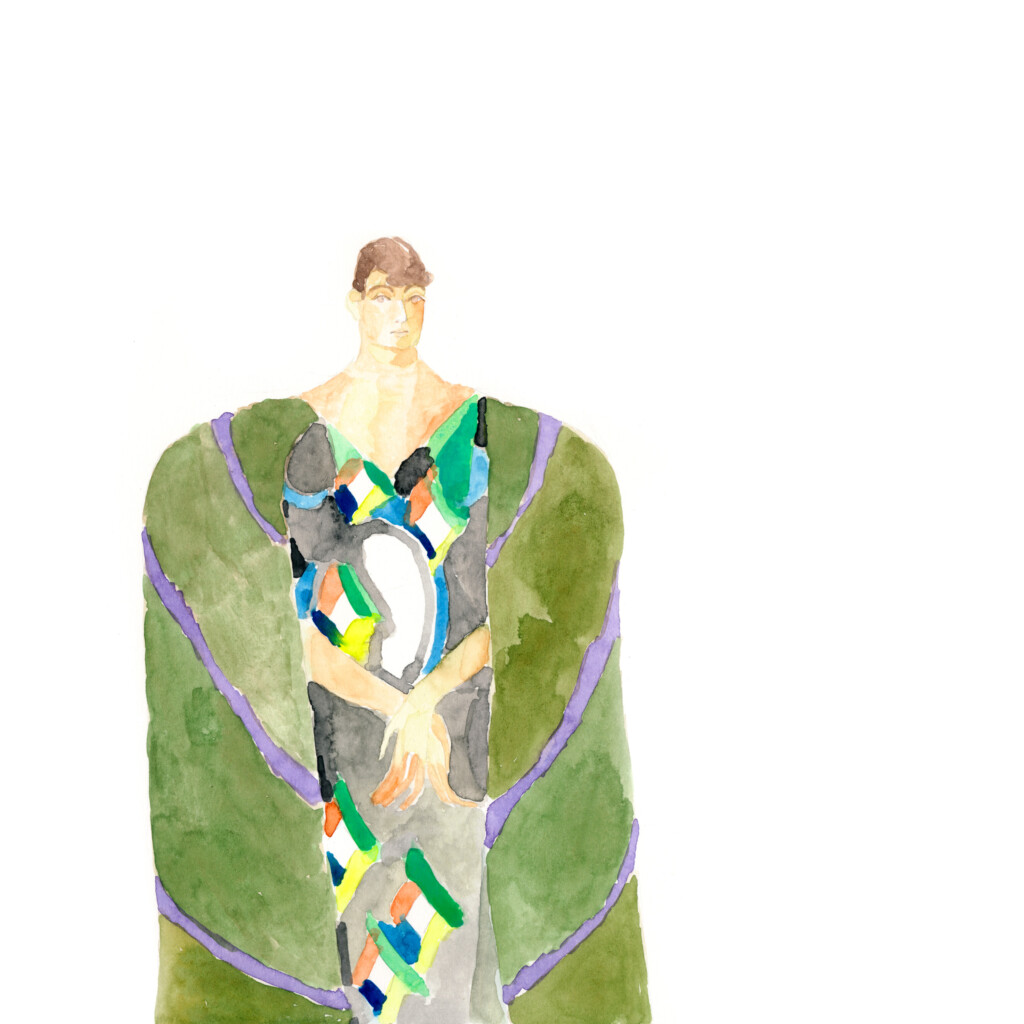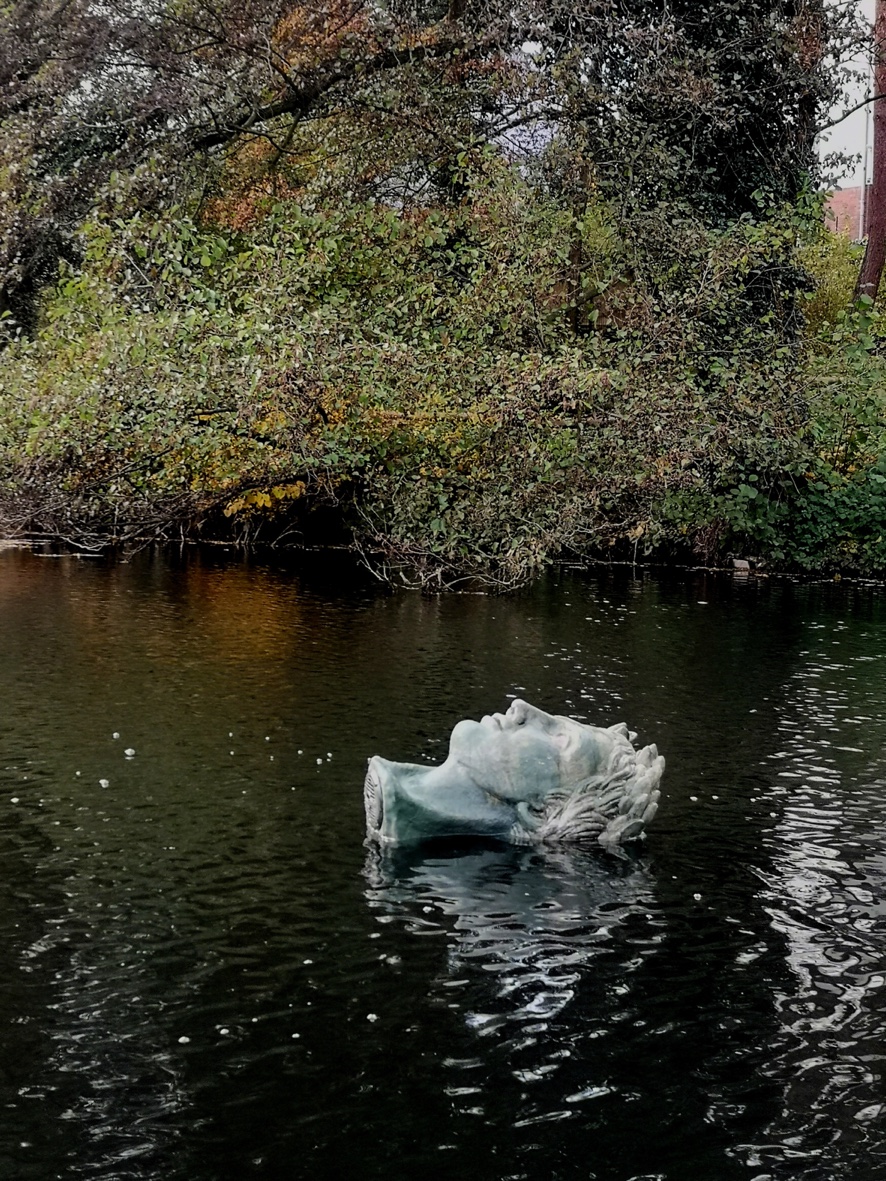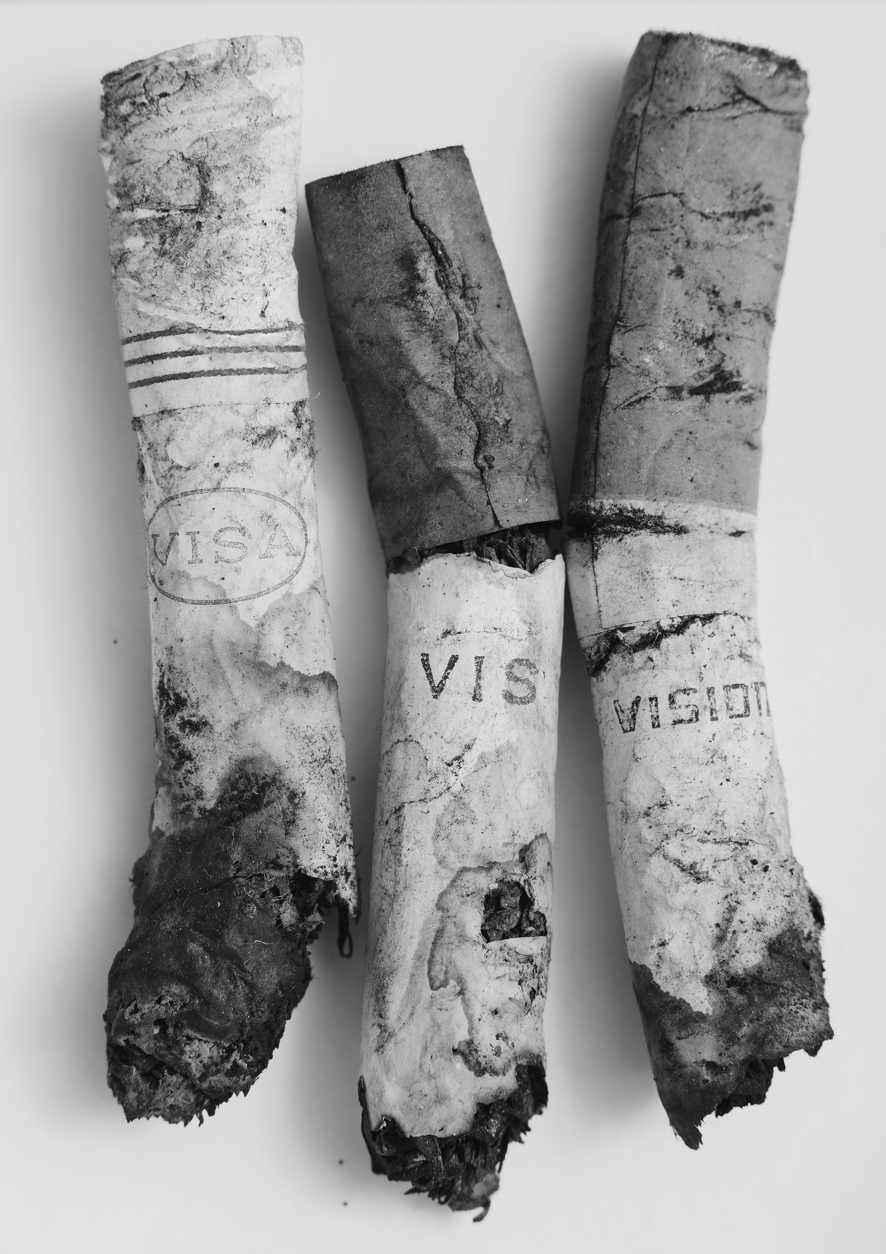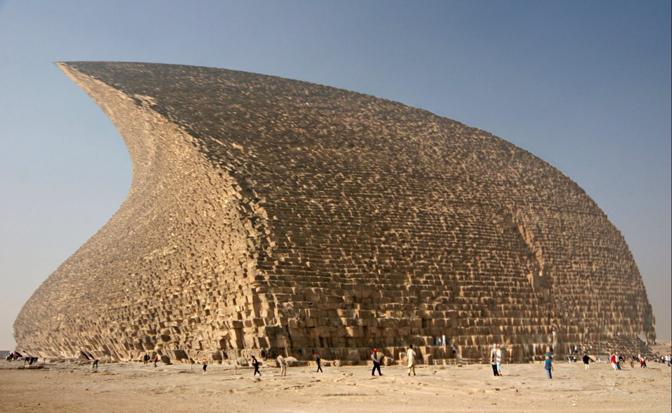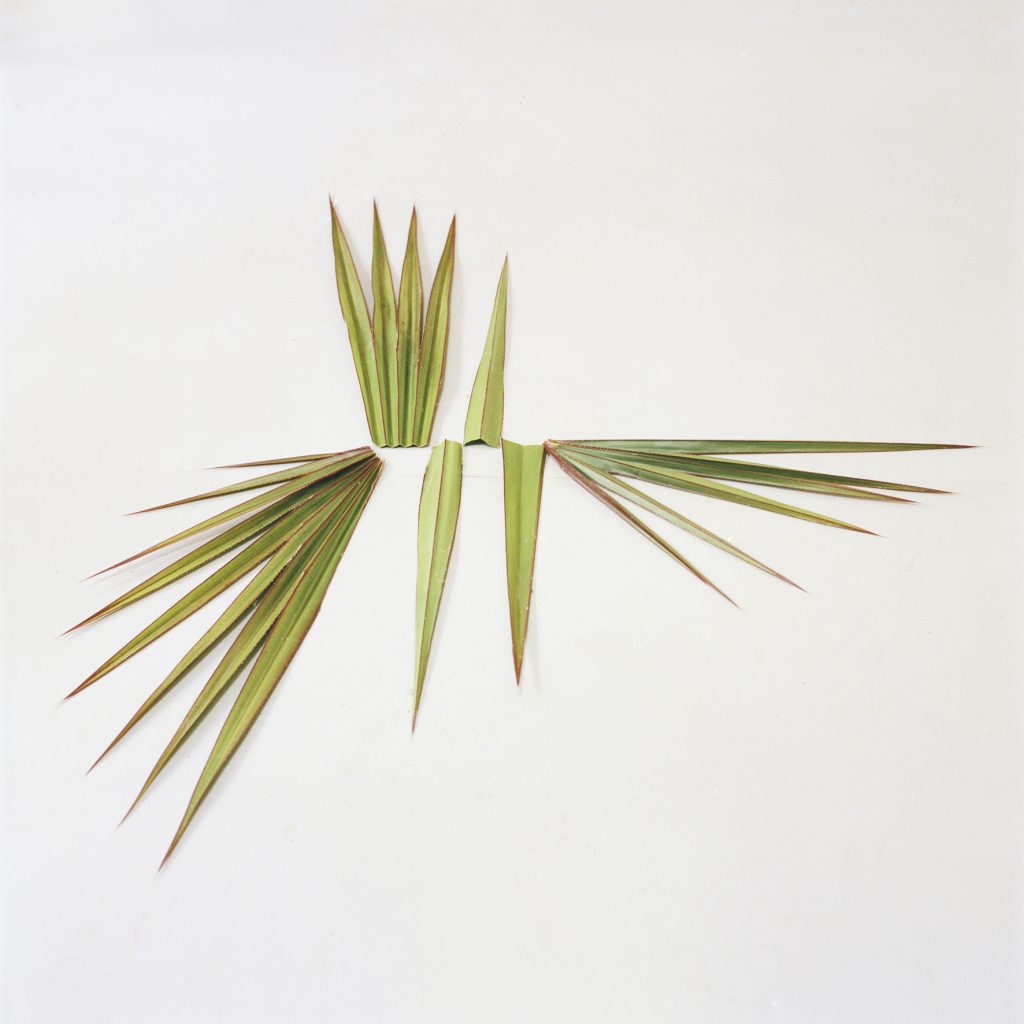For the second Berlin branch of Aera Bread—a gluten-free bread manufacturer and café located at Rosenthaler Platz—the architecture duo Gonzalez Haase AAS designed a space that takes full advantage of its prominent location by making it impossible to be overlooked. The entire depth of the new store is made visible through a large storefront window, allowing its rich Lapis Lazuli blue interior to take centre stage. They applied monotone pigmented concrete in an intense blue colour embedded so consistently throughout the space that the room as a whole becomes a spatial sculpture.
THE BERLINER FESTSPIELE INVADE THE ICC BERLIN
The Berliner Festspiele have brought the ICC Berlin, an architectural icon and sleeping colossus, back to life. Celebrating their 70 year anniversary with a unique experience of art, dance, performance and film “The Sun Machine Is Coming Down” is a cultural milestone for the city of Berlin. 45 Berlin-based and international artists contributed to the interdisciplinary project, coming together in a conceptual 10-days-programme based on simultaneity, similar to the original architectural concept of the building by Ursulina Schüler-Witte and Ralf Schüler.
WHAT’S NEW IN THE NECKARSTRASSE
On the ground floor of the AMERON Frankfurt Neckarvillen Boutique Hotel, glasses clink, chairs are shuffled, and the colourful lights of a neon artwork by Tobias Rehberger shine out onto the street in Frankfurt’s Bahnhofsviertel. Here, the French Bento Bar is redefining the term “Hotel Bar” with a lively atmosphere and exquisite bar menu that celebrates French elegance and Japanese finesse, accentuated through high-quality products and skilled craftsmanship that incorporate both the flavours and techniques of both cultures.
WOVEN STORIES FROM IRAN
Lila Valadan’s handmade rugs serve as much more than decorative objects but a reflection of the rich history and culture of Persia. The Hamburg-based entrepreneur is an expert in traditional Persian rugs – as one of the few women in this business. For her collections, Lila Valadan finds inspiration from traditional designs and combines them with contemporary elements. She returns to Iran frequently to accompany the manufacturing process with nomadic tribes.
BROADENING THE VIEW: CHEZWEITZ AT HUMBOLDT FORUM
In a small and raw space on the ground floor of Berlin’s brand new Humboldt Forum, a 28-meter-long video panorama depicts various perspectives of the historic setting: Conceived by scenographers chezweitz, it invites visitors and passersby into an atmospheric overlay of the site’s eventful and controversial past – stretching from monastery to City Palace, from parade ground to Palace of the Republic to national construction site. Located between the Schlüterhof and the public passage, the Video Panorama is free of charge and open to passers-by. In addition to this installation, 35 “Flashbacks”, distributed throughout the entire Humboldt Forum, recall important events, unusual uses and everyday moments in the history of the place. With recurring filigree constructions in stainless steel, chezweitz gave these 35 objects a coherent framing.
TAKING A CLOSER LOOK AT THE HISTORY OF PORTRAIT
Featuring nine female artists of outstanding significance between 1870 and today, “Close-Up” at the Fondation Beyeler, presents works by Berthe Morisot, Mary Cassatt, Paula Modersohn-Becker, Lotte Laserstein, Frida Kahlo, Alice Neel, Marlene Dumas, Cindy Sherman and Elizabeth Peyton. Heterogeneous merely in appearance, the artists share a common interest in the representation of individuals and the innovative use of the portrait format to mirror the essence of their time and reflect on their surroundings.
A bigger picture: Women in design
With “Here We Are! Women in Design 1900 – Today” the Vitra Design Museum is telling a new, multi-voiced story of design against the background of the struggle for equal rights and recognition of women designers. The exhibition showcases works by protagonists of modernism such as Eileen Gray and Charlotte Perriand but also lesser-known figures like the social reformer Jane Addams. Contemporary positions and future outlooks are represented by such designers as Matali Crasset, Patricia Urquiola and the activist network Matri-Archi(tecture).
MEET ALICJA KWADE AT BERLINISCHE GALERIE
Alicja Kwade’s solo exhibition “In Abwesenheit (In Absence)” at the Berlinische Galerie shows her most recent works, which place her in the spotlight, appearing as self-portraits in the broadest sense. Exploring various methodological perspectives to describe her presence in space, Kwade’s heartbeat, the pure chemical elements making up the human body or her fully sequenced genome meet and greet the visitor.
(RE)SETTING THE CLOCK WITH HAGIUS
Hagius has transformed a historical post office in Berlin Mitte to a one-of-a-kind sports studio, in which physical aptitude and wellbeing are interwoven in a holistic programme of individual and group training sessions and treatments. Drawing reference to our circadian rhythm, targeted stimulation of the brain and nervous system through light, sound and scent according to the time of day allows for physical assertion that works with rather than against our body. To accommodate the multi-sensory training, Hagius worked with Gonzalez Haase AAS to redesign the historic building into a muted, tranquil space.
NOT JUST ANOTHER GALLERY WEEKEND
Gallery Weekend Berlin has launched a new format: beginning with Gallery Weekend *Discoveries, the autumn edition will present annually a new thematic exhibition series. In 2021, the participating galleries were invited to focus on emerging and underrepresented positions and on artists who have not yet held exhibitions in the galleries before. Whether in solo shows or group exhibitions, the eager visitor could indeed make some great discoveries during that weekend: Emma Jääskeläinen’s huge but humorous sculptures at PSM, Igor Hosnedl’s slick surrealist paintings at EIGEN + ART and Daniel Hölzl’s site-specific installation in front of Dittrich&Schlechtriem have been highlights of the exhibition series.
A DOME FULL OF ART
The fourth edition of “The New Infinity” by Berliner Festspiele transforms the dome of the Zeiss-Großplanetarium into an immersive experience of contemporary art: a combination of audiovisual shows, full-dome world premieres and adaptations of classic avant-garde films come together in a programme that excites art lovers as much as film enthusiasts.
GONZALEZ HAASE AAS FOR MODES PORTO CERVO
By playing with Sardinia’s lively backdrop of colourful construction and lush vegetation, the architecture duo of Gonzalez Haase AAS created a unique space for the first Modes store in Porto Cervo. In contrast to the island’s hot temperatures, the architects chose to recreate Nordic weather-like progressions by implementing neutral grey shapes and surfaces to cover all floors, walls, and ceilings, complete with curtains made of metallic fibre that add both movement and light reflection to the composition. Across the three floors that make up the space, large display blocks, each unique in their shape and size, were crafted with a palette of one or two colours. Reminiscent of bright “buoys”, their silver surfaces offer an additional neutral background for presenting the retailer’s exclusive garments. Uniform lighting, suspended near the ceiling, contradicts what would be expected in such a climate, calling to reference the cool light of Northern regions.
Charming Ambiguity
Facing Munich’s Isar River, the Erhardt10 ensemble, created in collaboration between architect Thomas Kröger and Euroboden, aspires to not only fit in but enrich its prominent site. The medley of apartment typologies, courtyards and terraces are a homage to the diversity of the lively neighbourhood. A playful layering of traditional and contemporary references lends the facade depth and ambiguity: Erhardt10 appears simultaneously familiar and strikingly new.
A Culinary Vacation in Mitte’s Largest Fridge
For years, the owners of FRESKO have dreamt of bringing the best in Italian products to Berlin in a space that felt like Berlin, designed by Berlin. Italian cuisine shines with simplicity afforded by the high-quality ingredients that go into it. Consequently, the concept driving the new delicatessen is simple – rather than ten different types of pasta, olives, or oil, you will find just one of each – namely, the best that Italy has to offer. The design concept, developed by Sam Chermayeff and Arno Brandlhuber, highlights a nearly room-sized walk-in refrigerator, allowing passersby a sneak peek into the fine jars that await inside.
Swamplands on screen
Halle am Berghain is transformed into a vast virtual swamp in Jakob Kudsk Steensen’s Berl-Berl. The immersive installation, created as part of the LAS programme, dives into Berlin’s history as a wetland and the mythologies behind it. In cooperation with the Naturkunde Museum Berlin, the artist spent several months documenting the remaining wetlands around Brandenburg and used cutting-edge gaming and VR tools to generate a 3D digital world.

